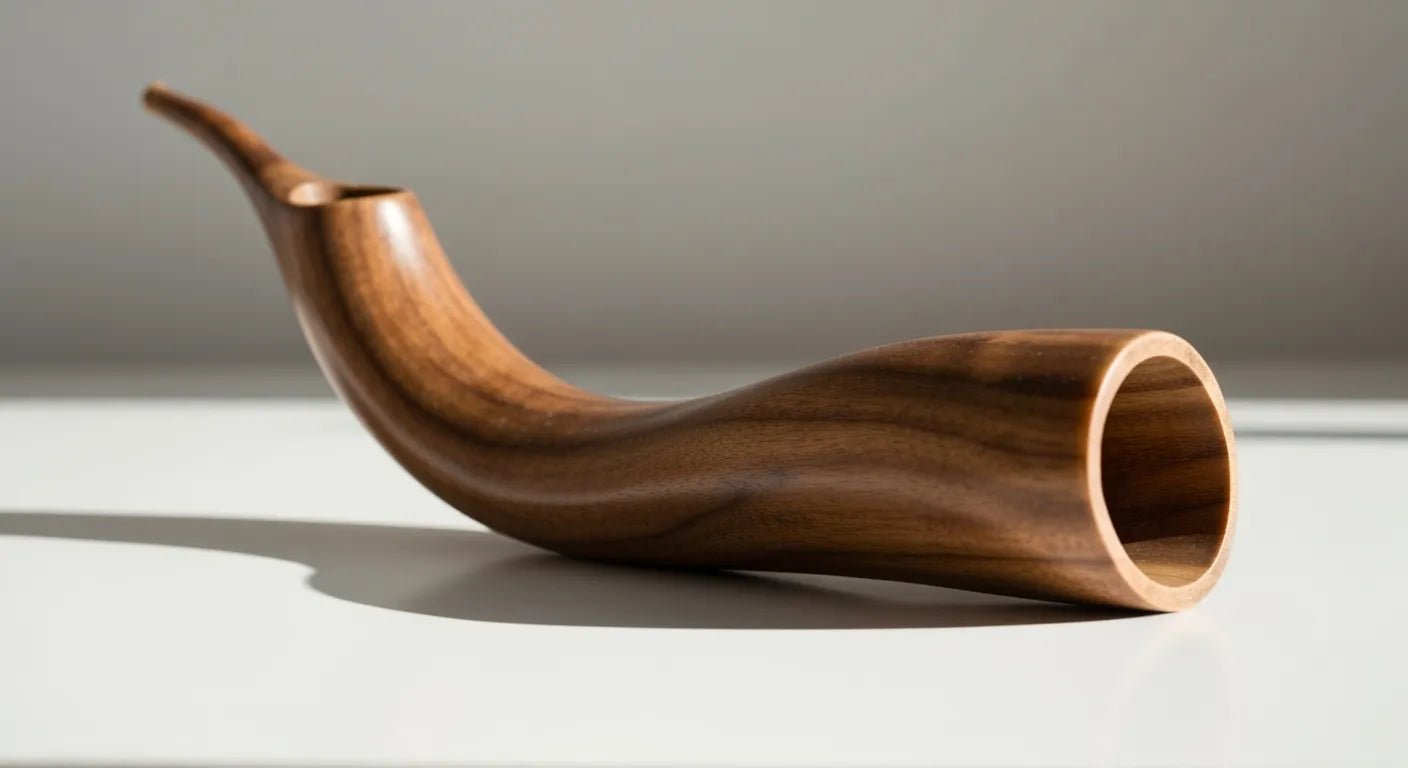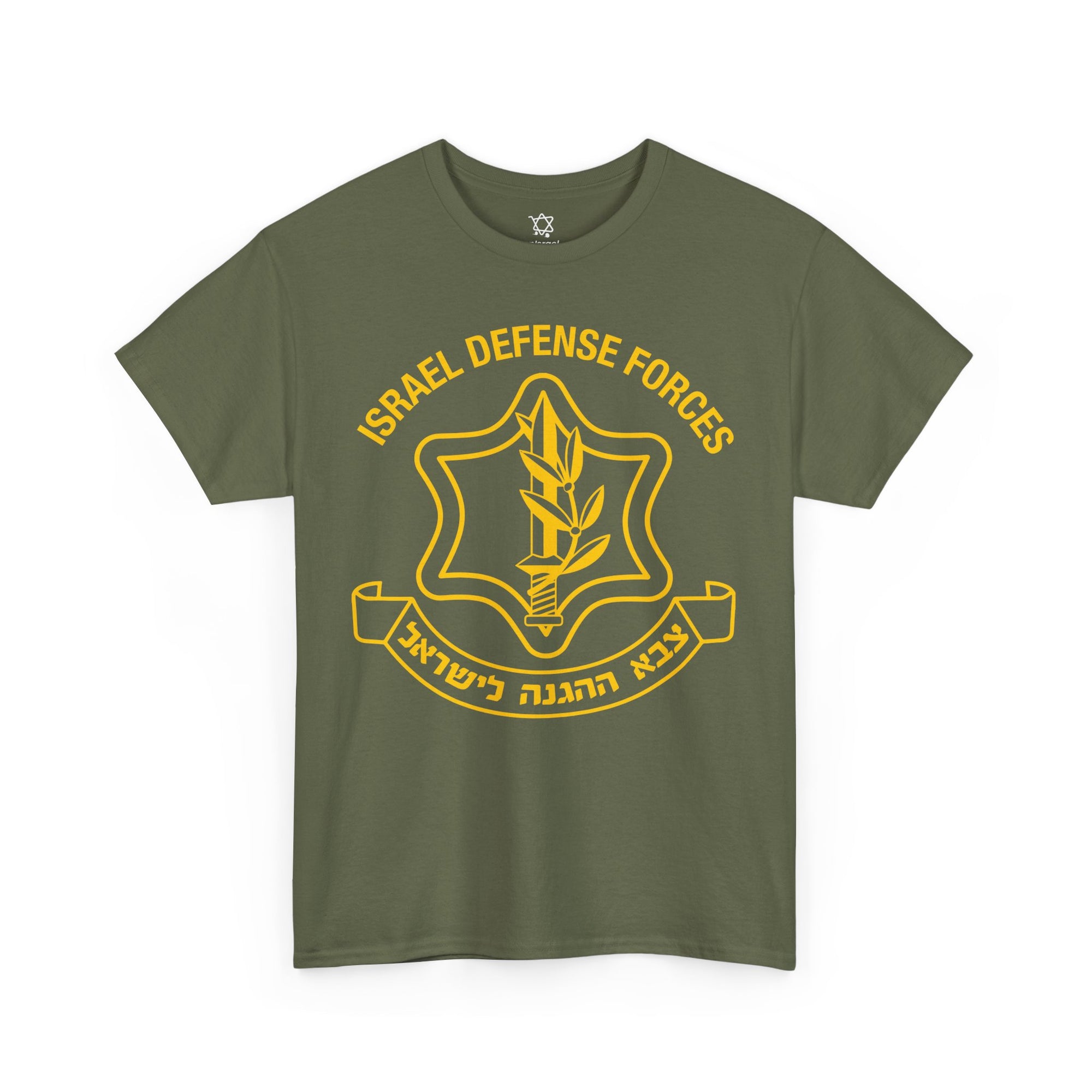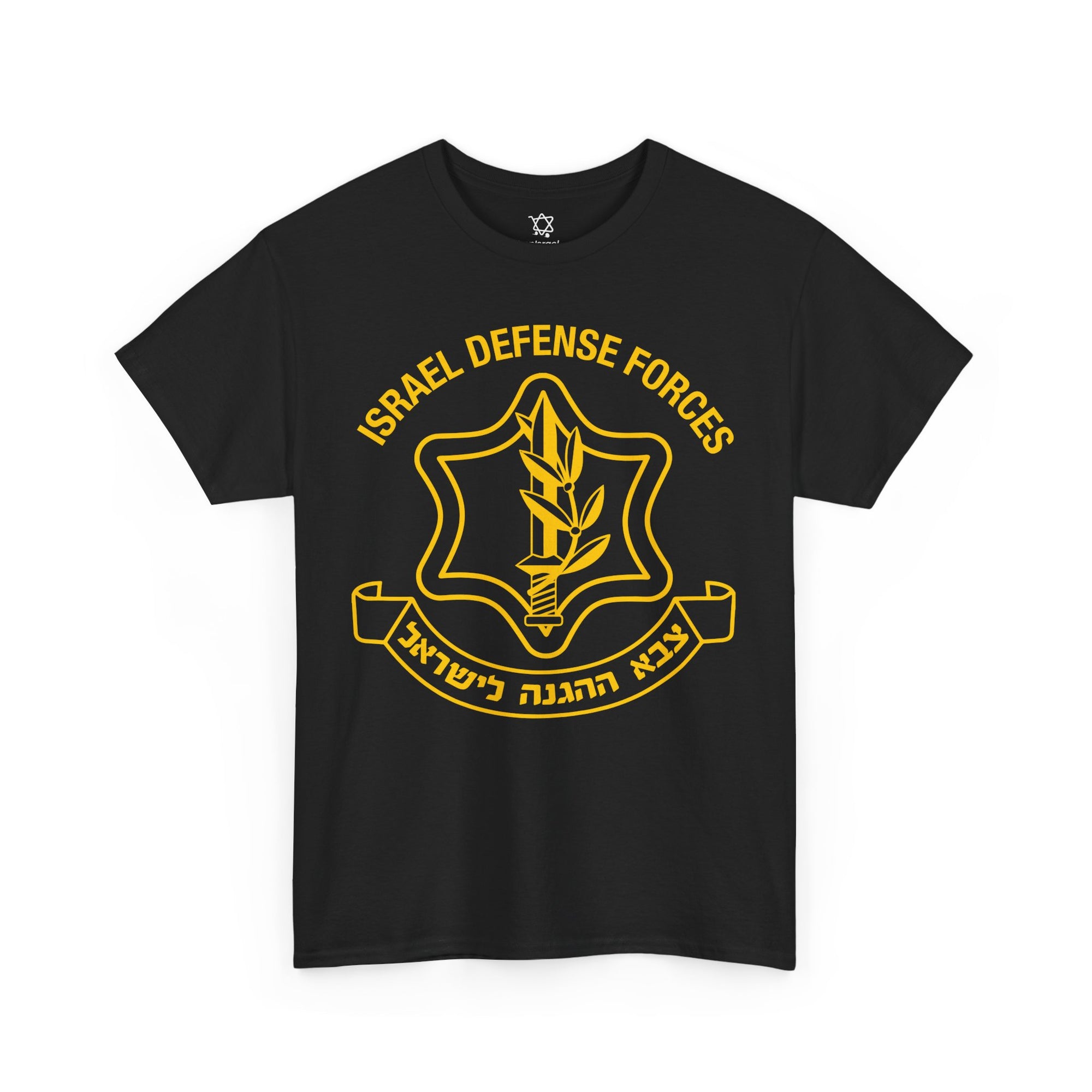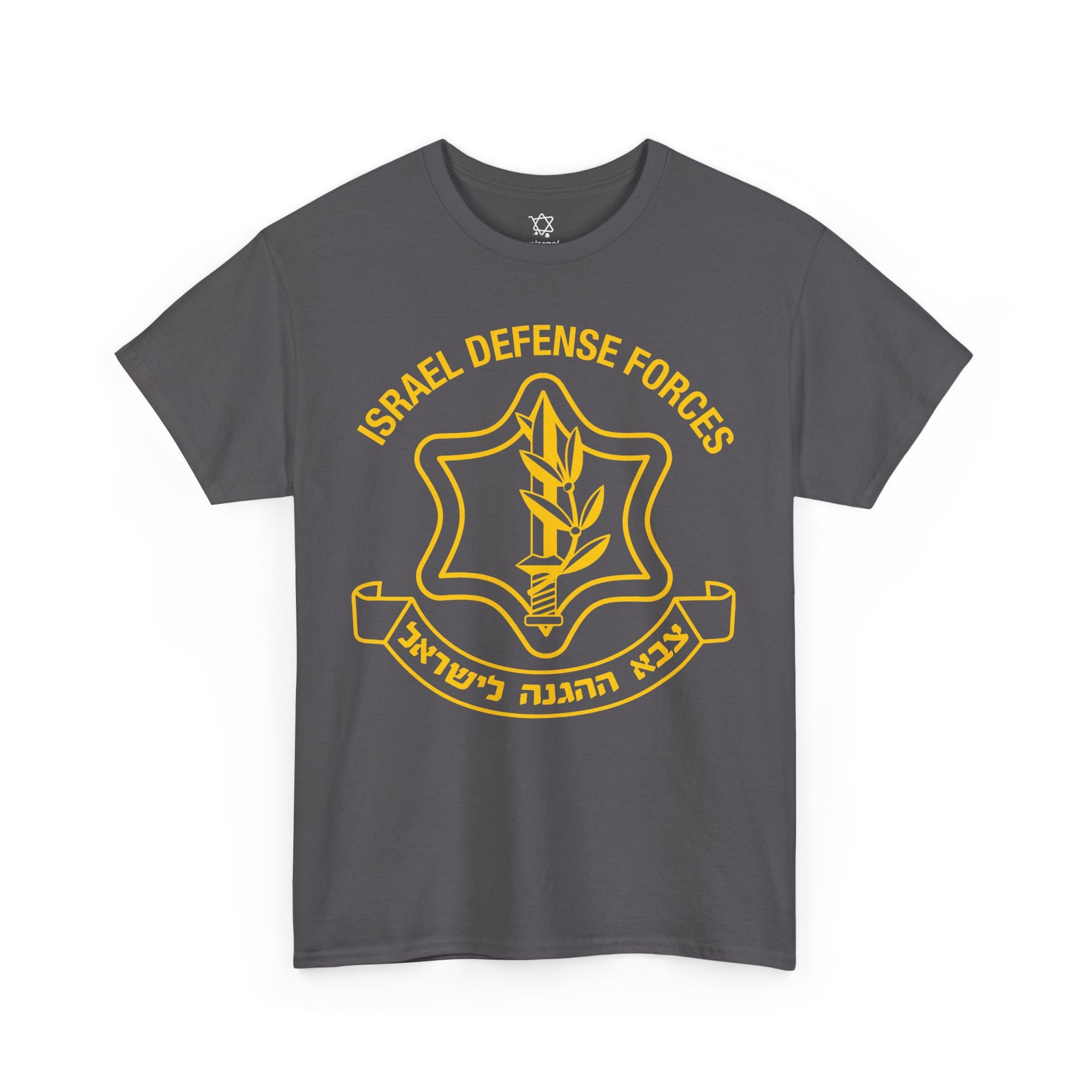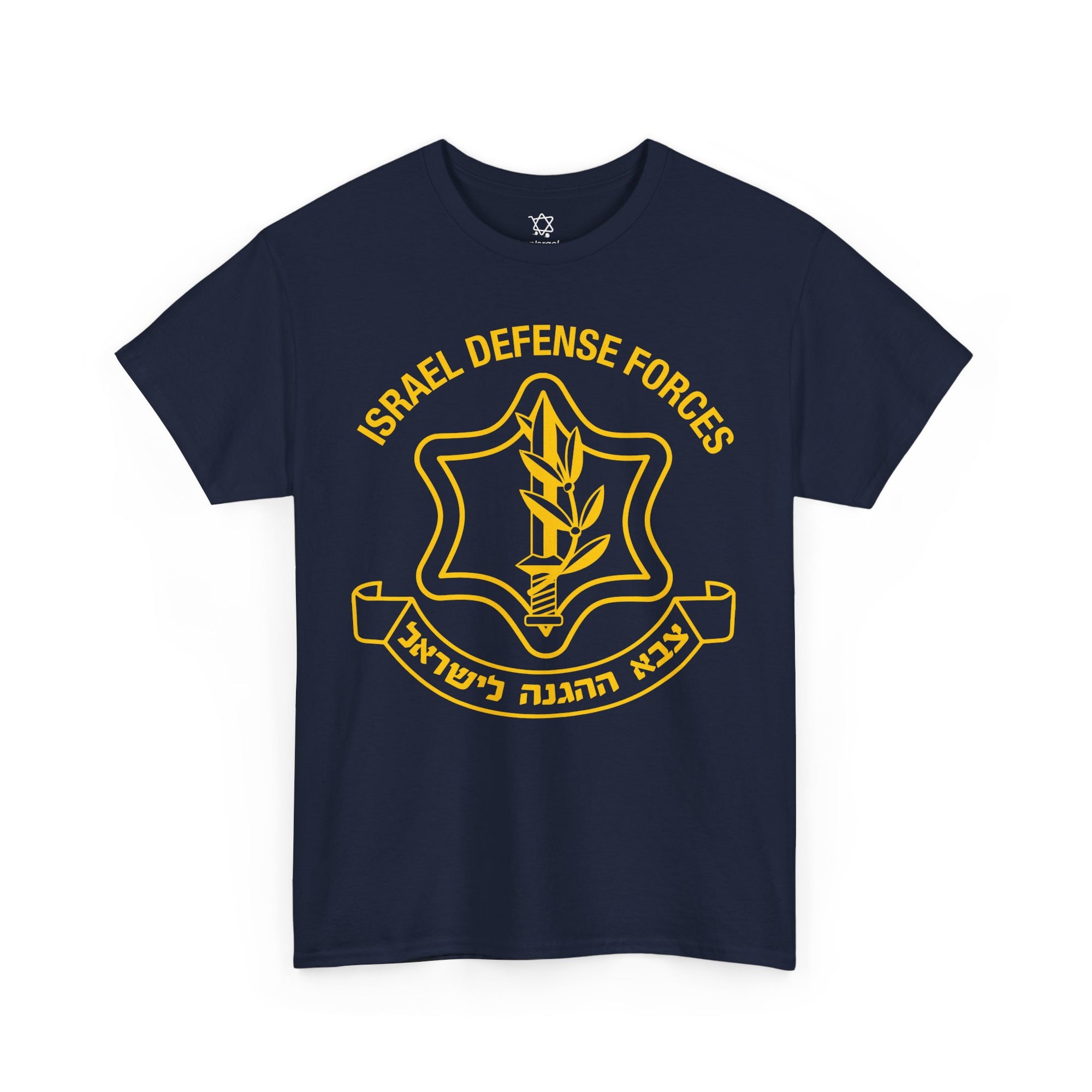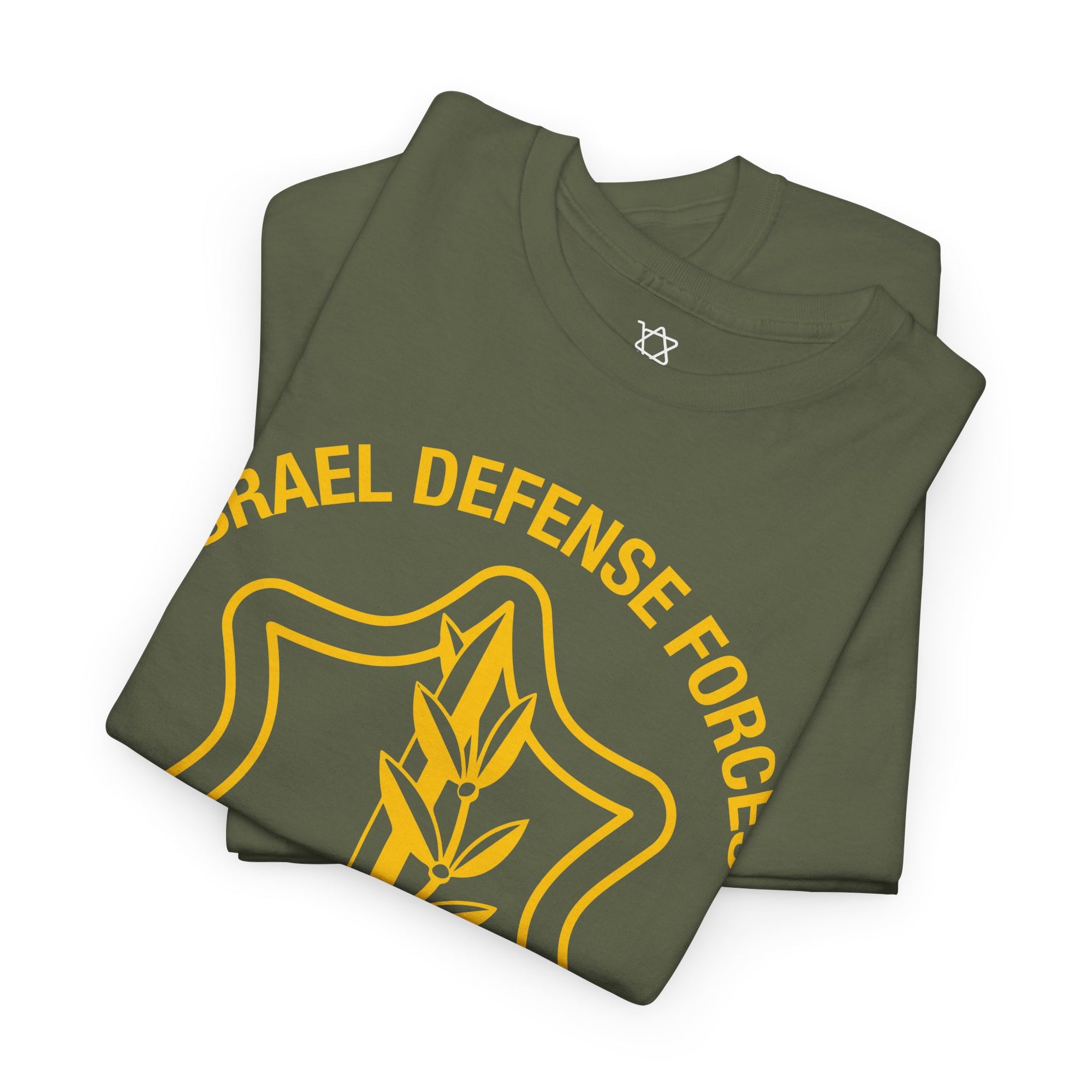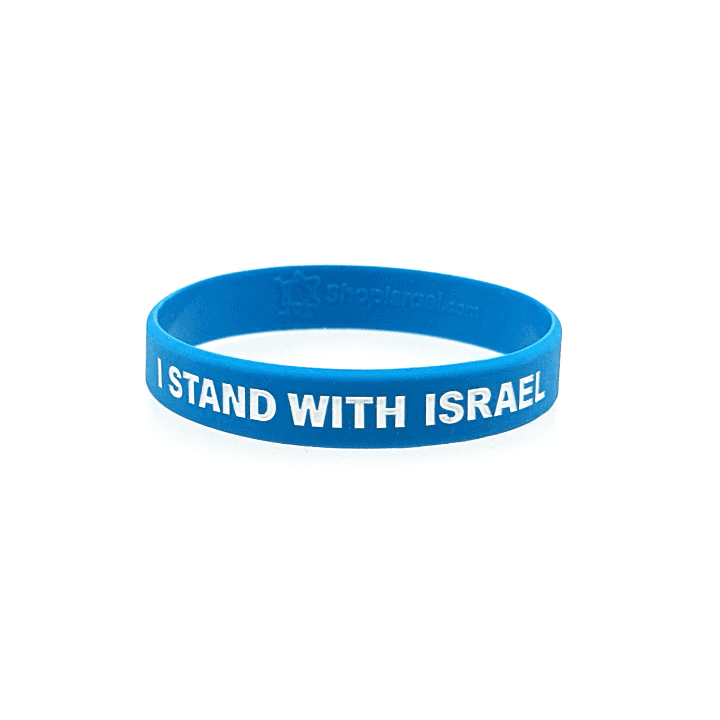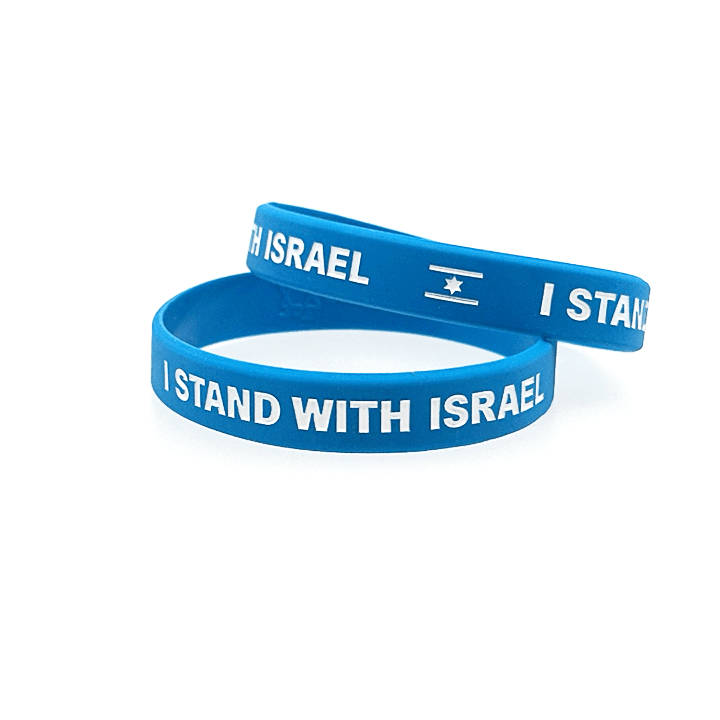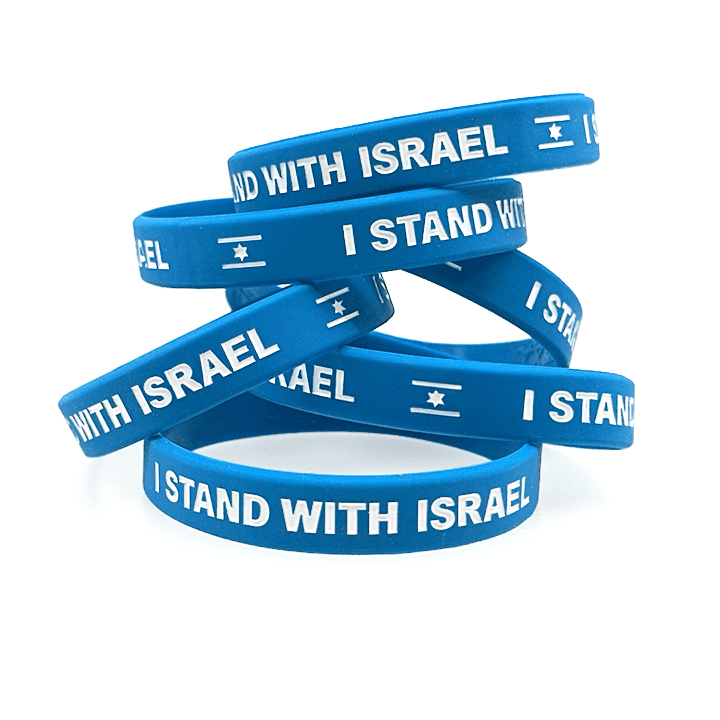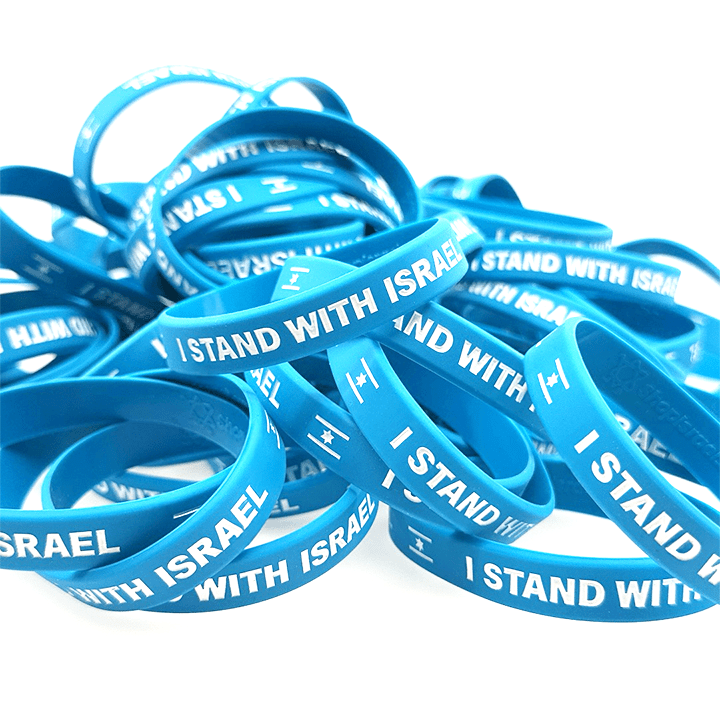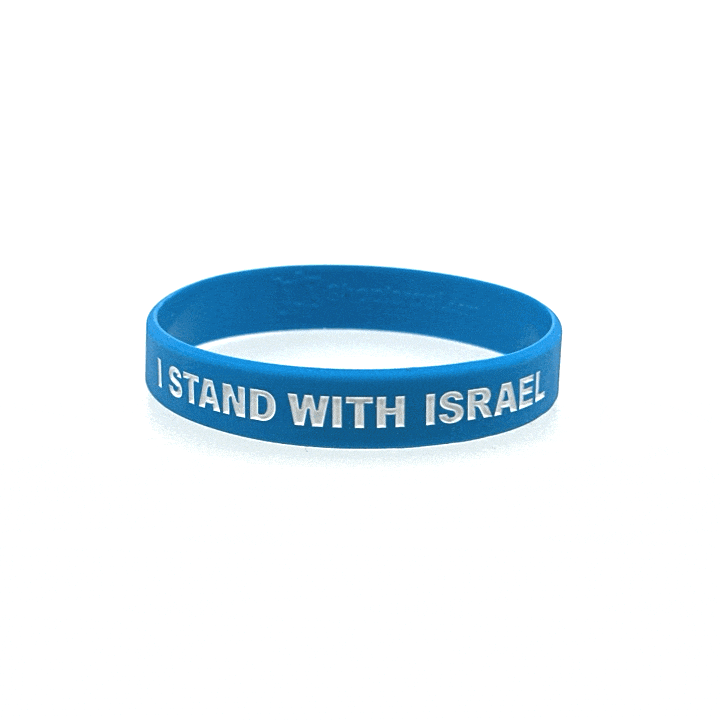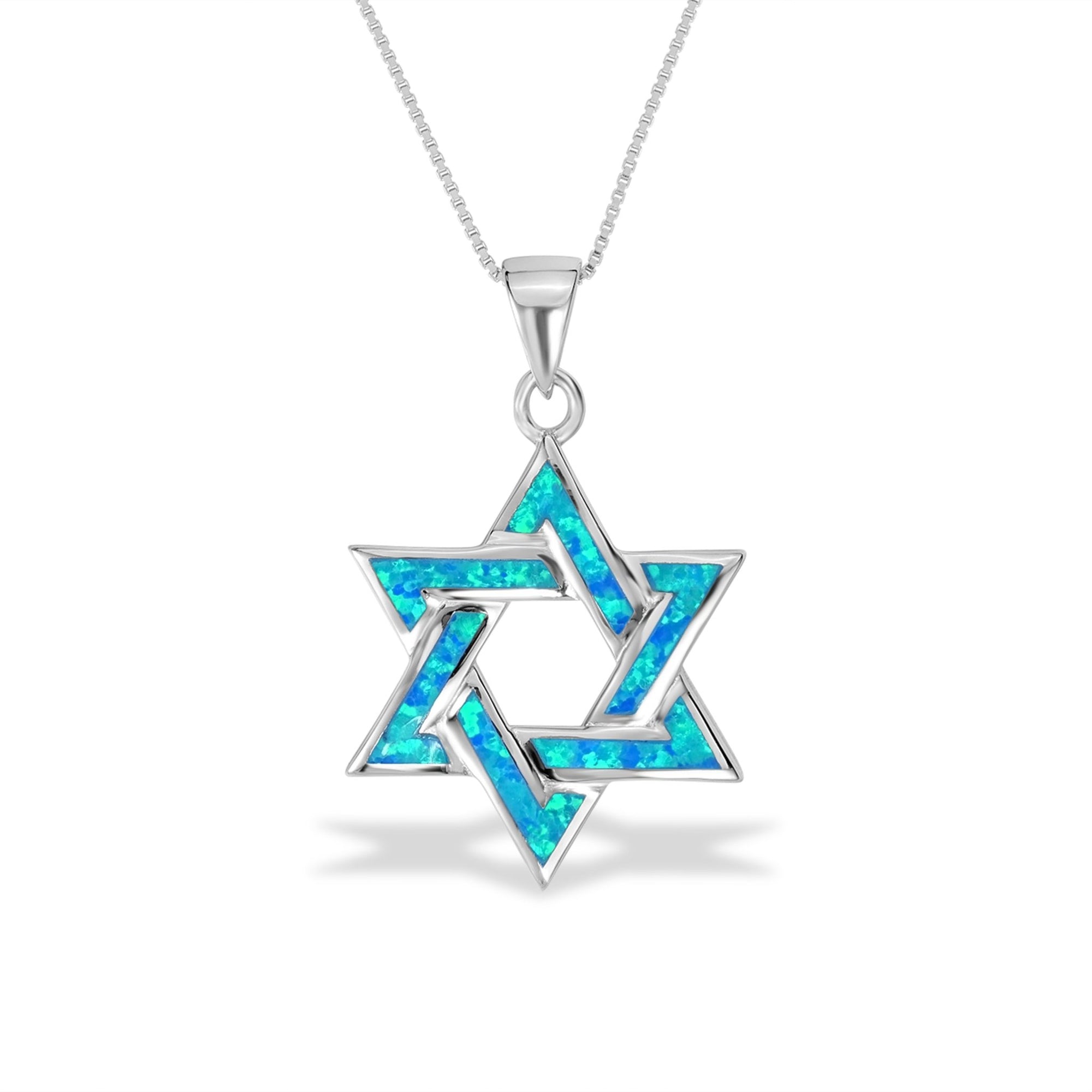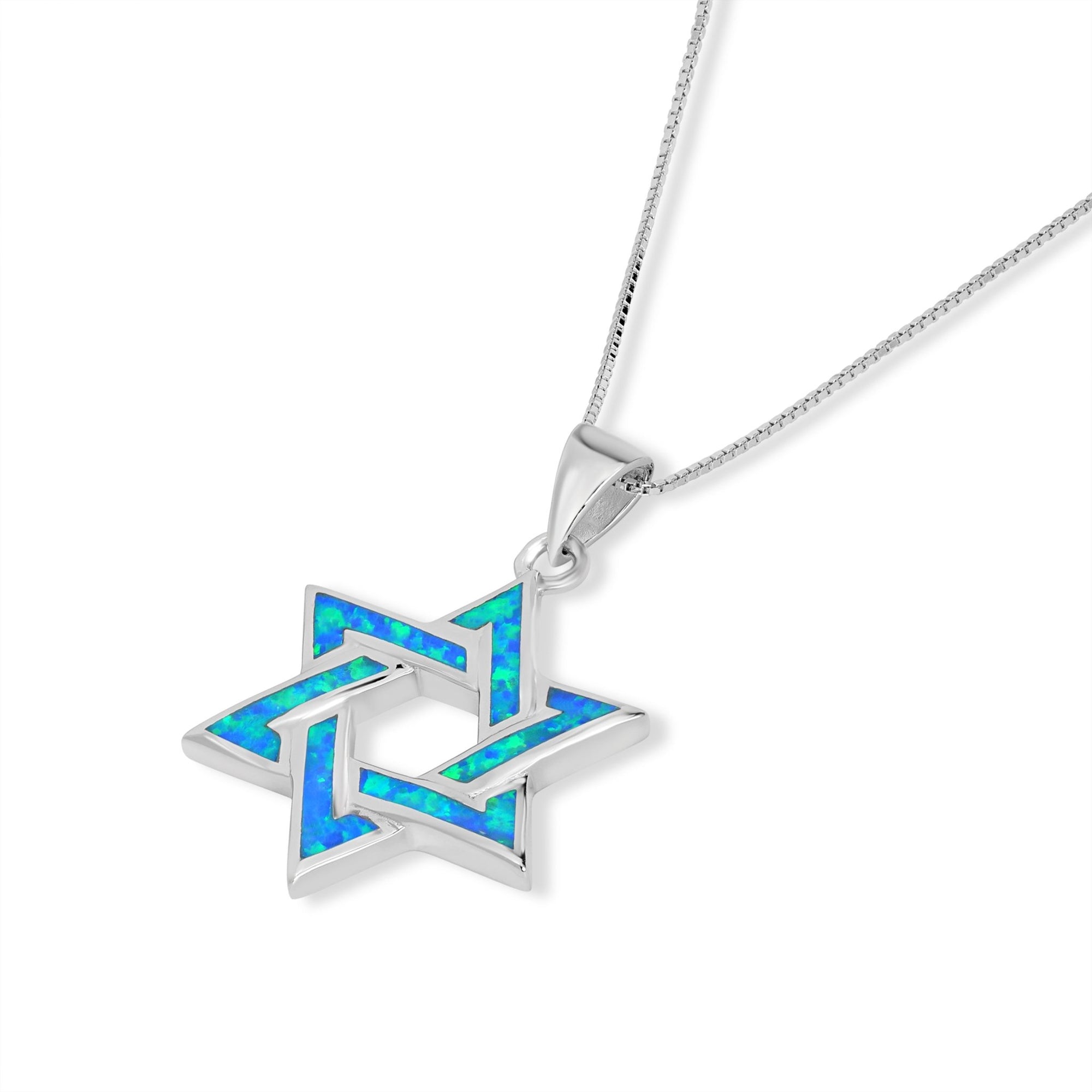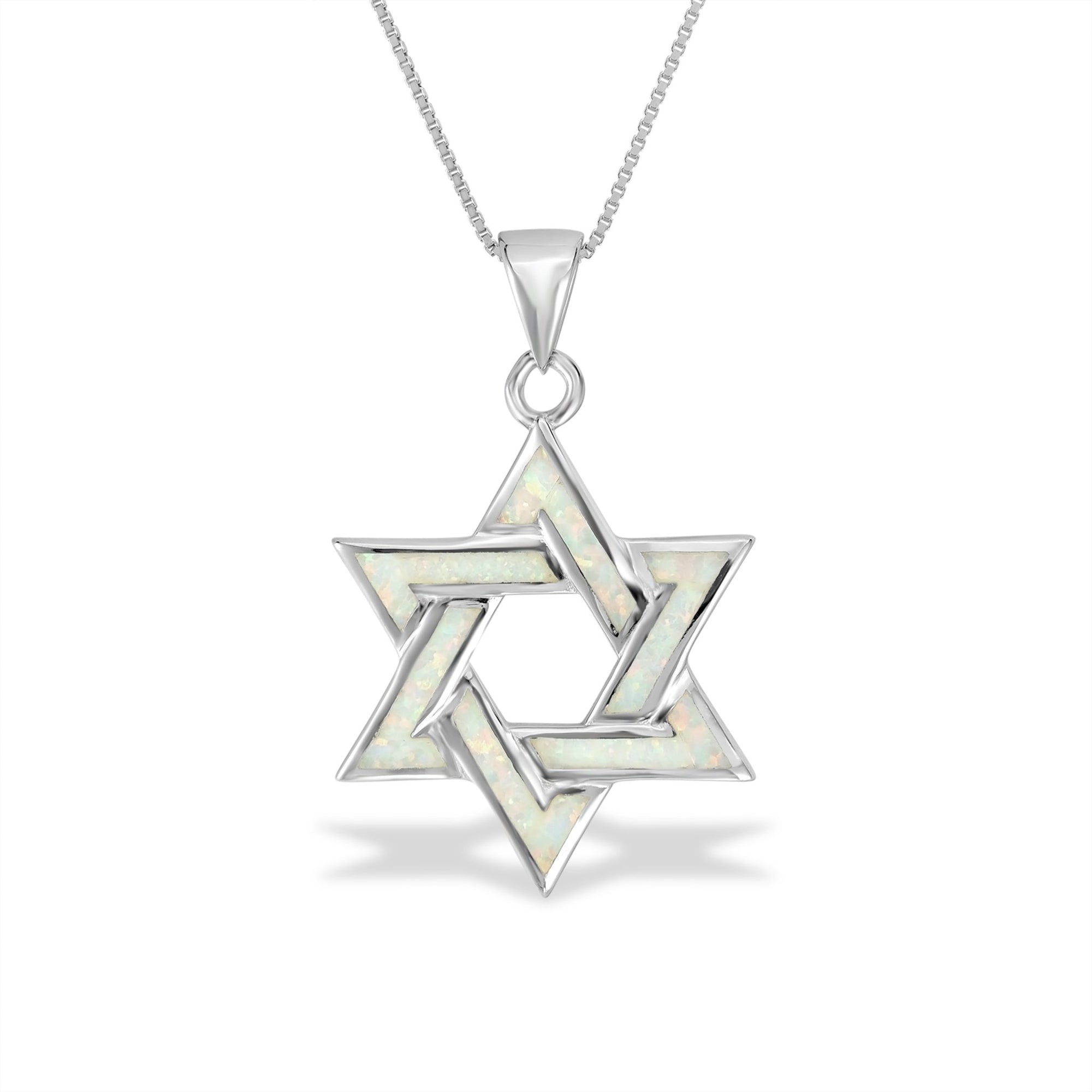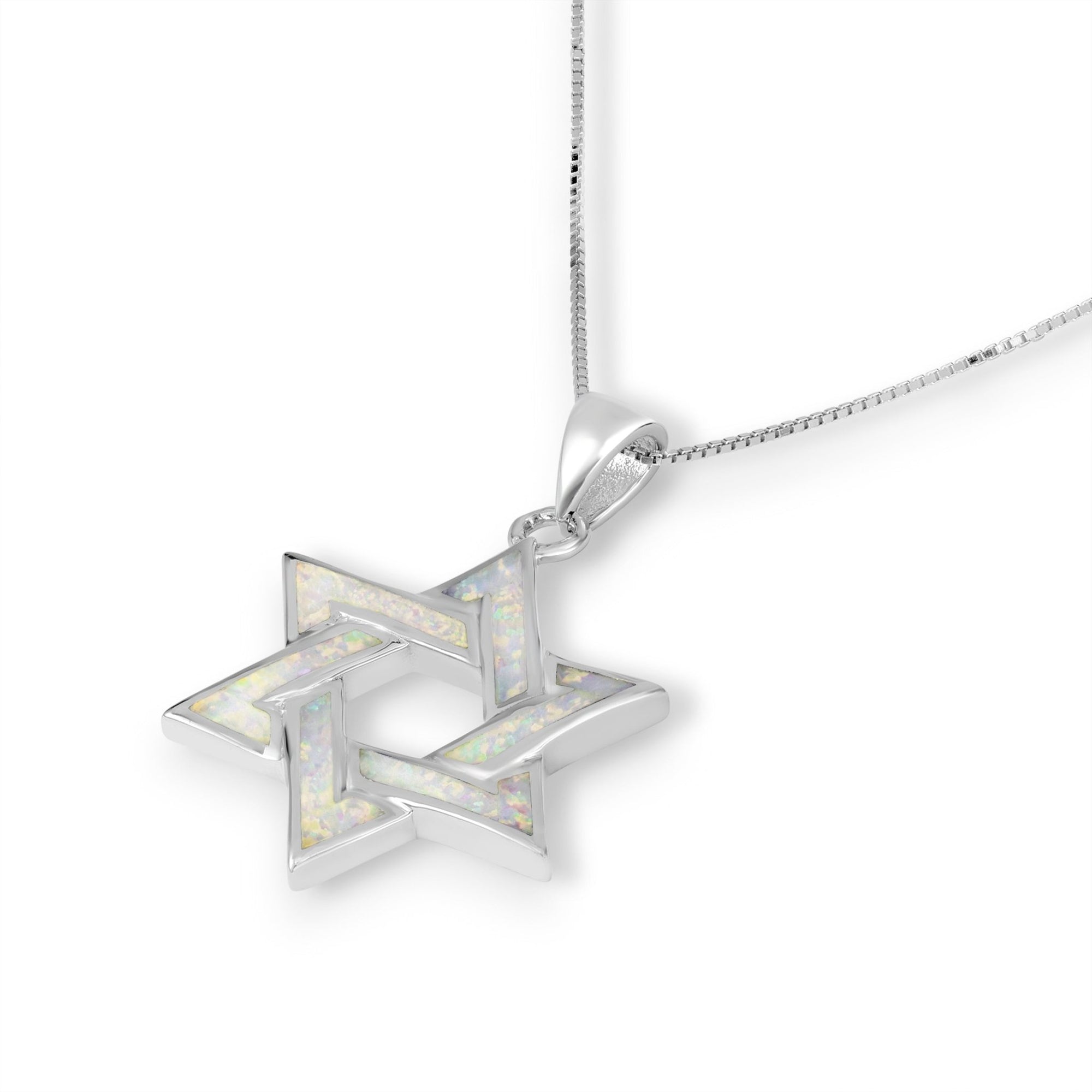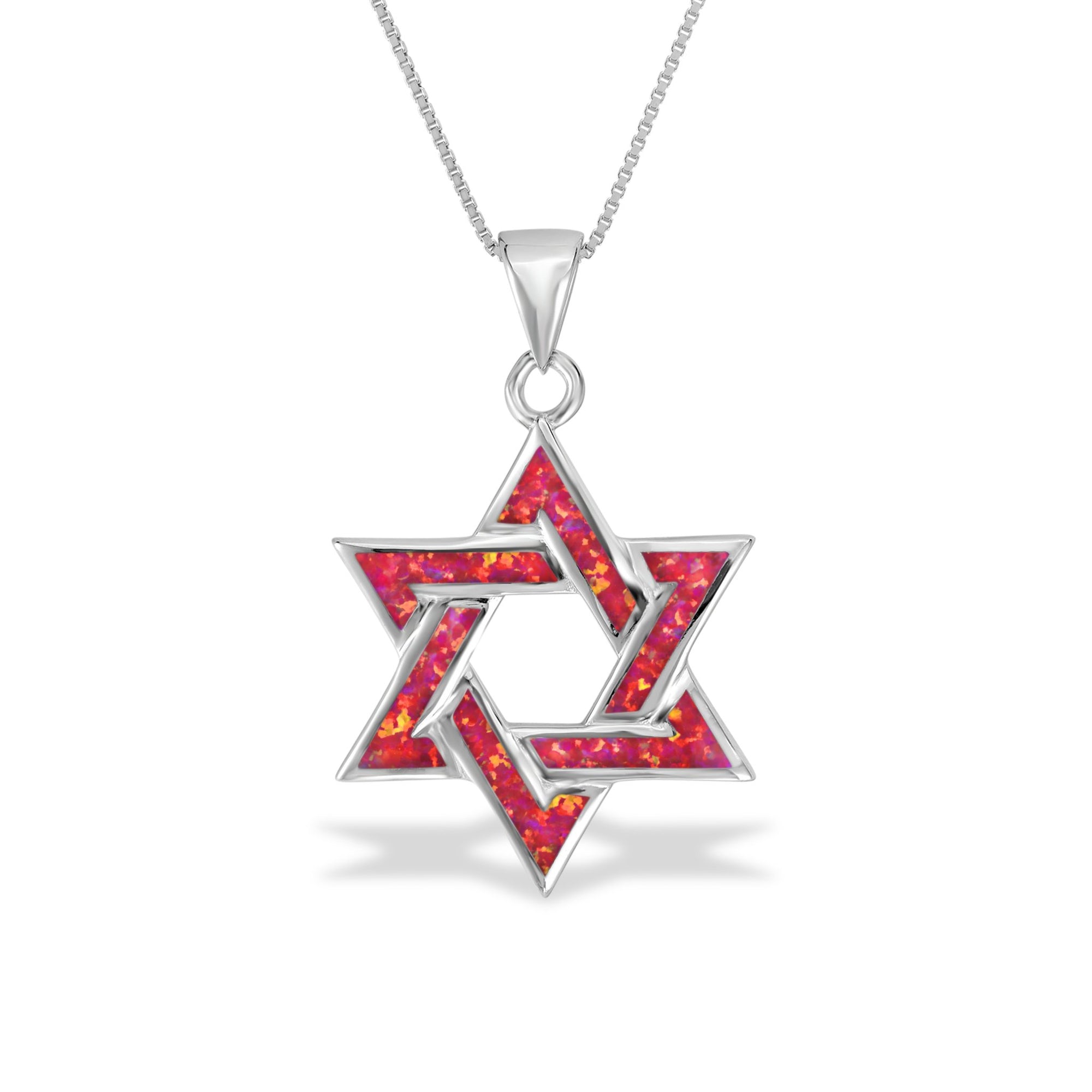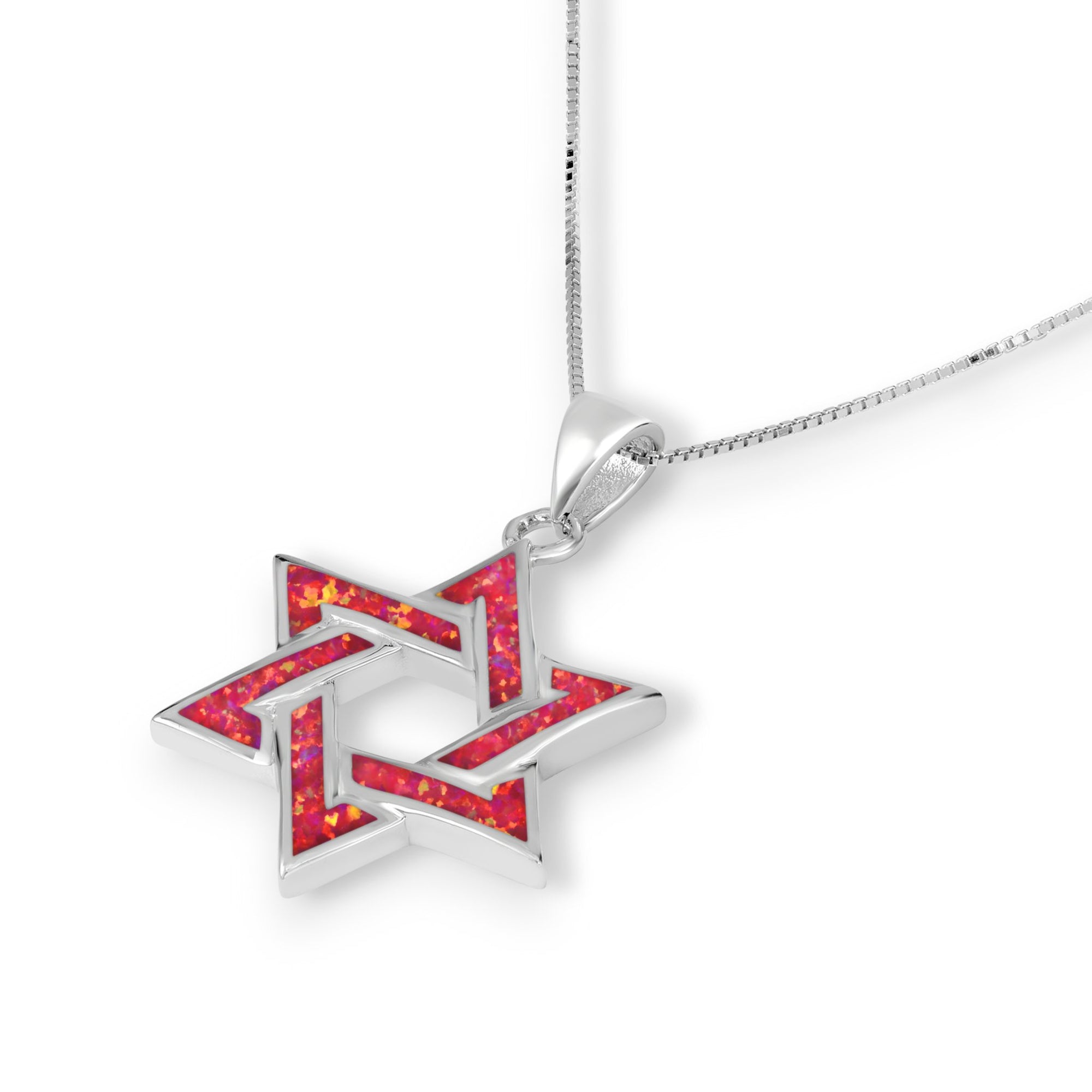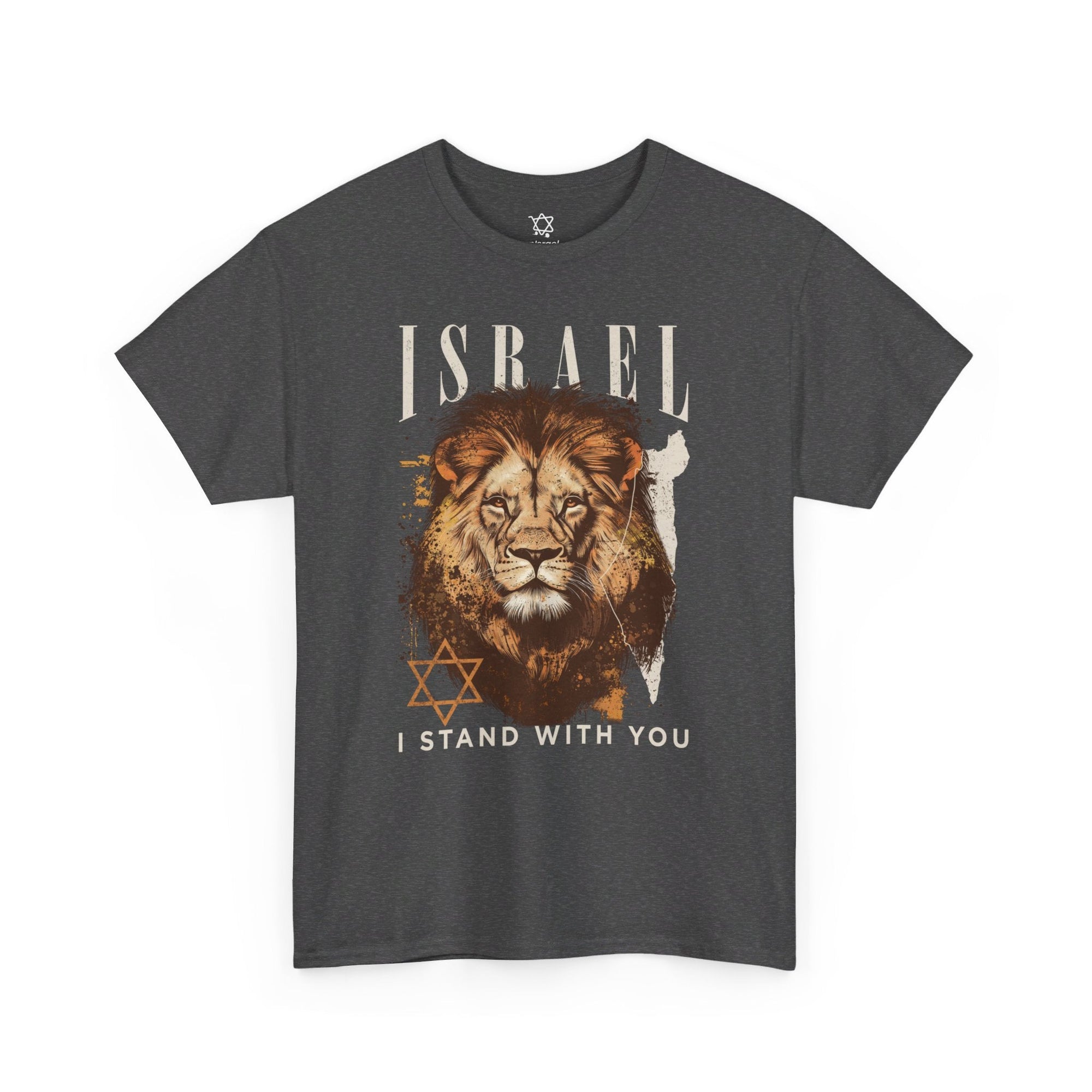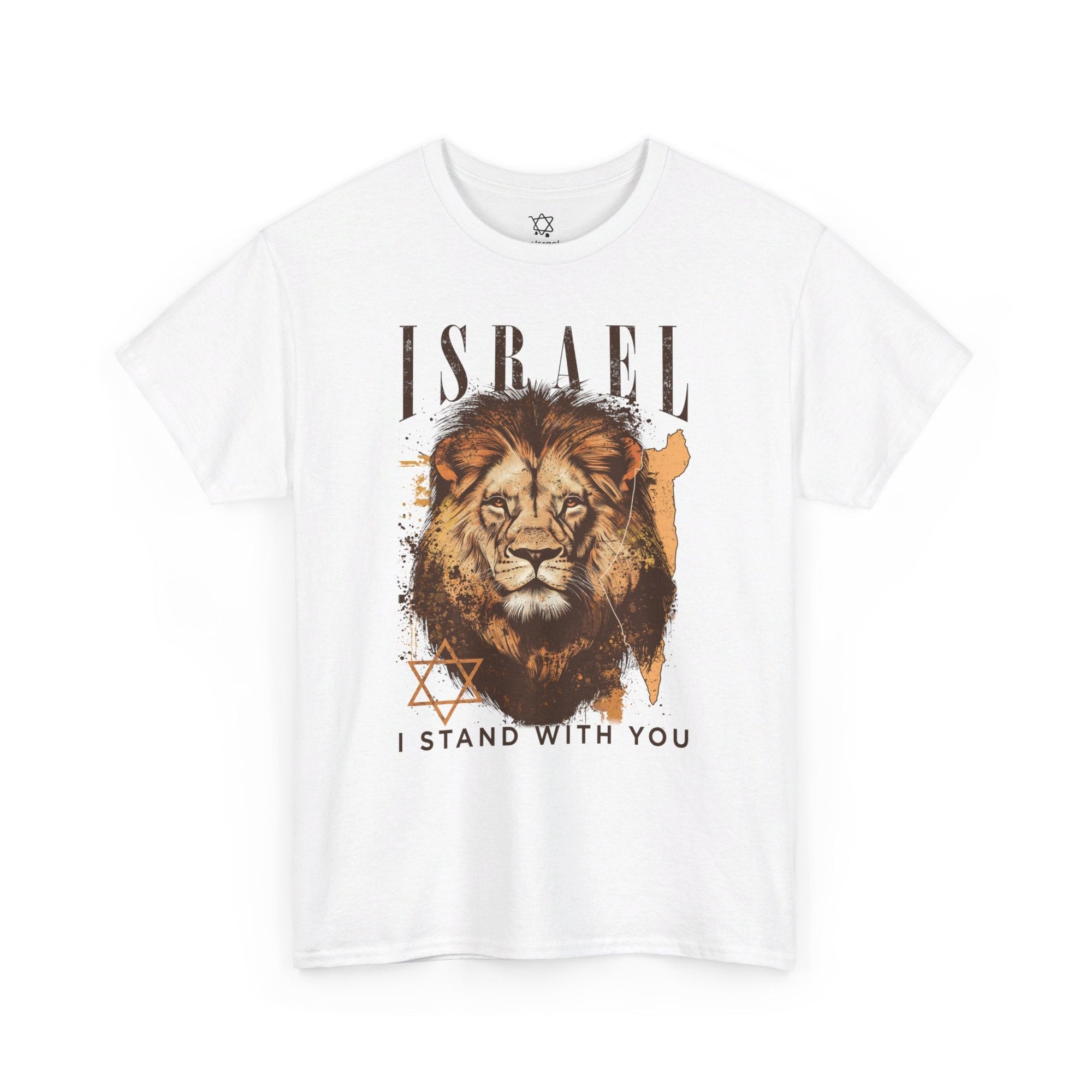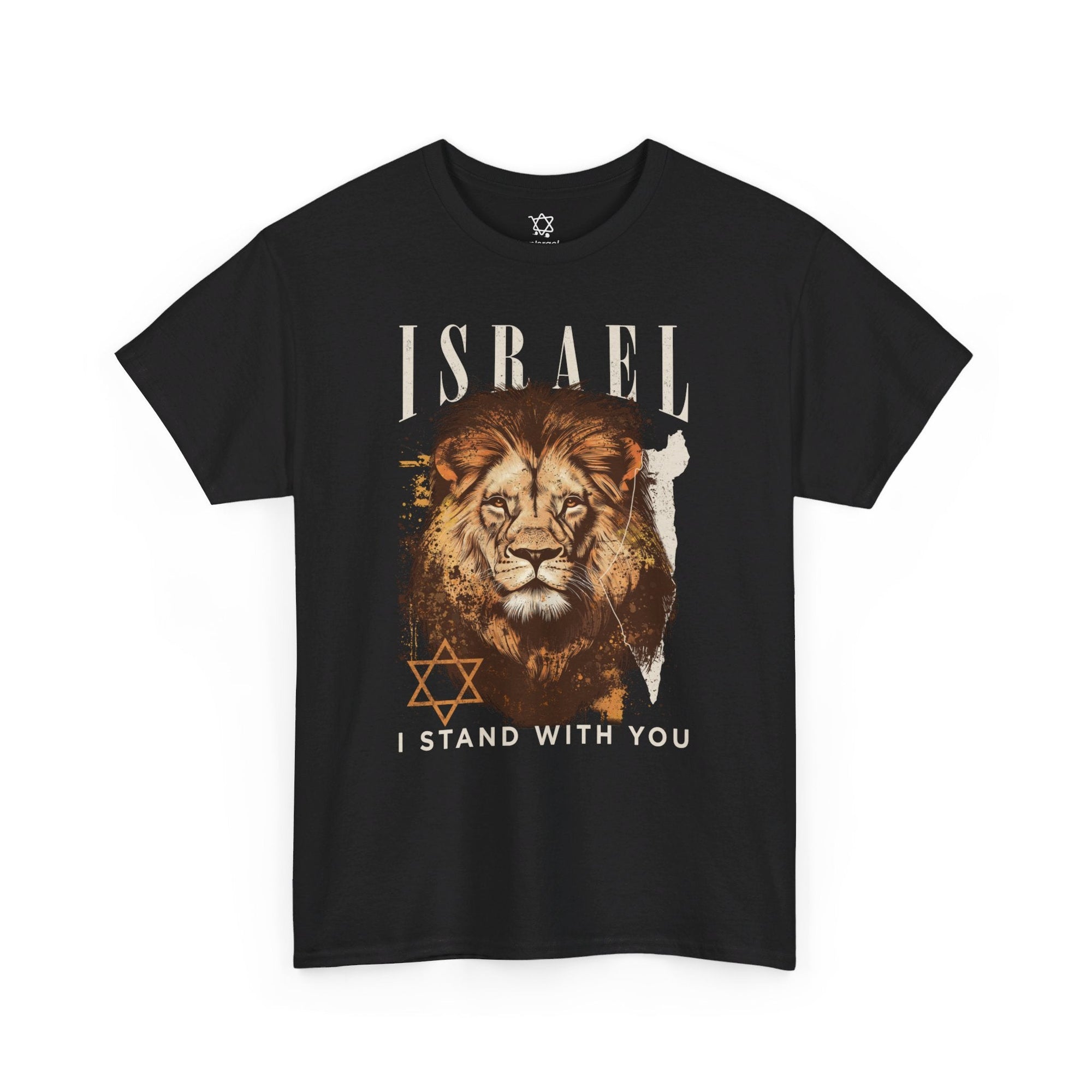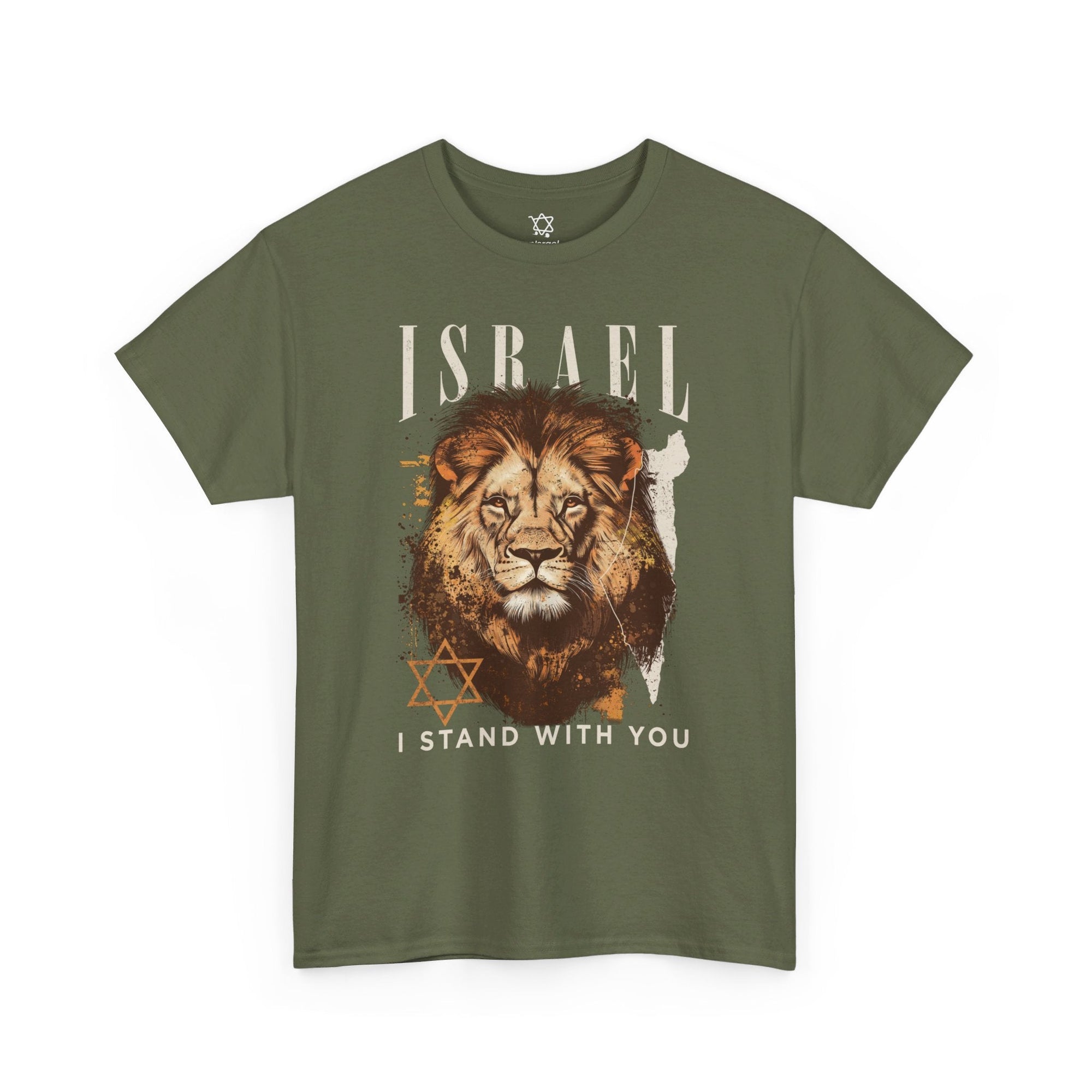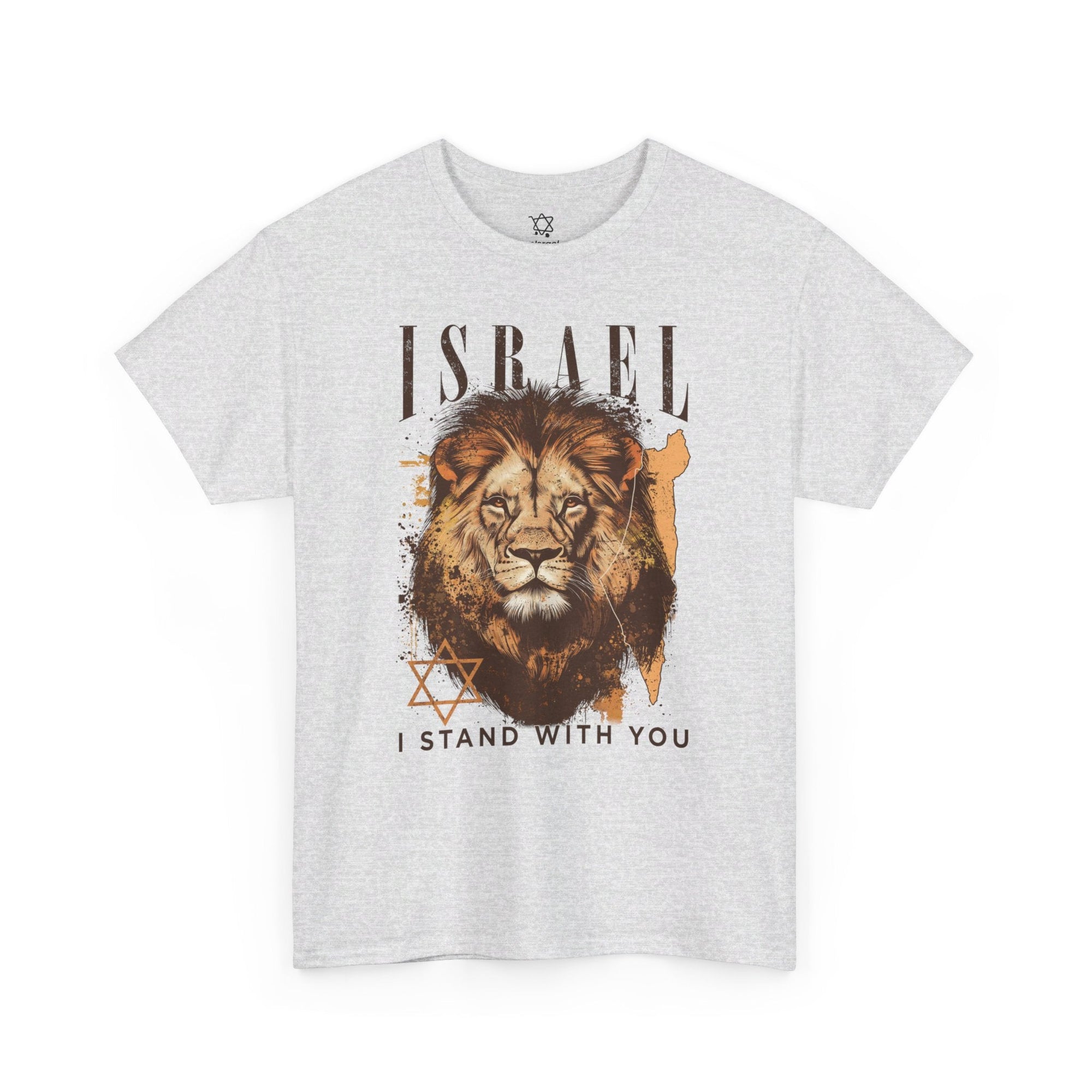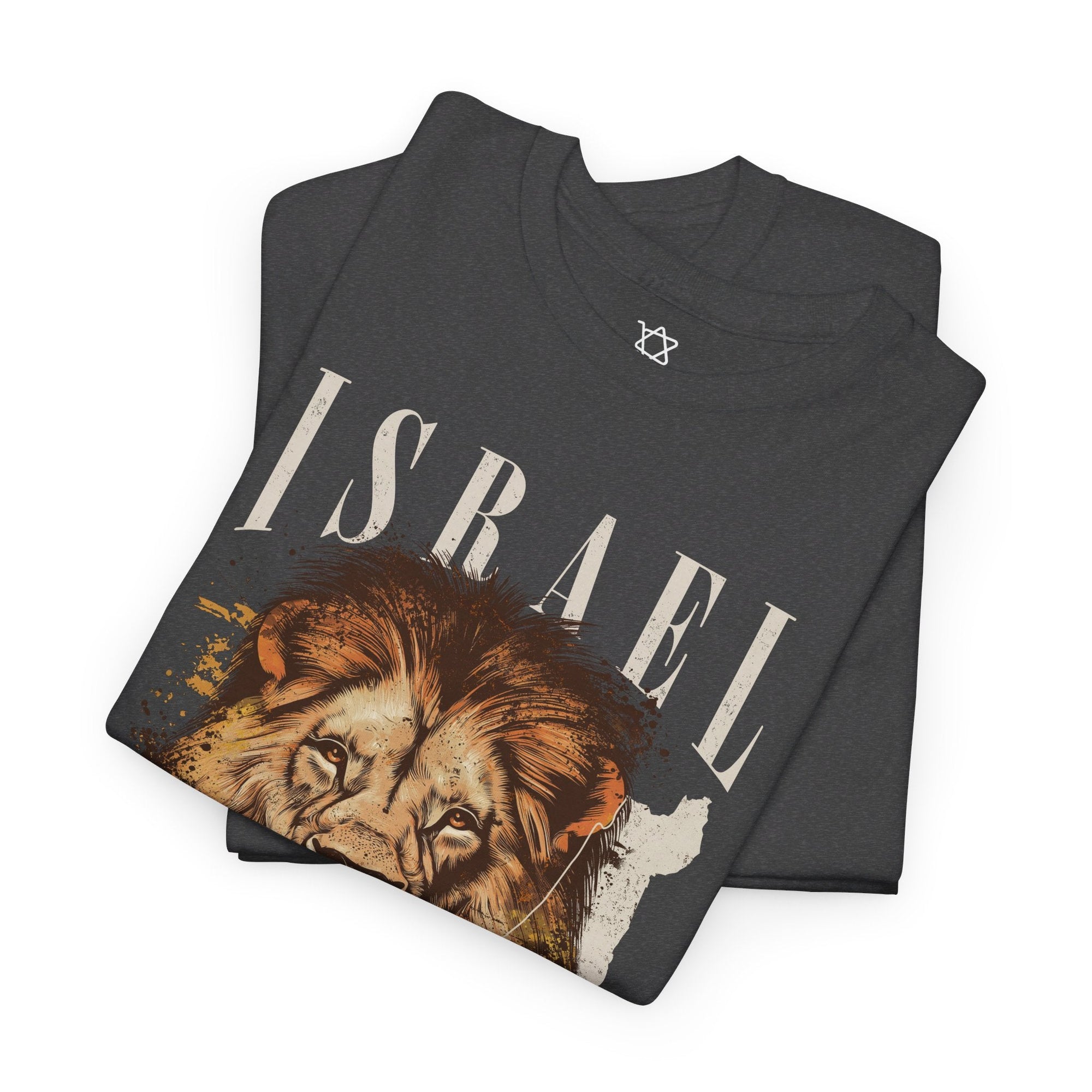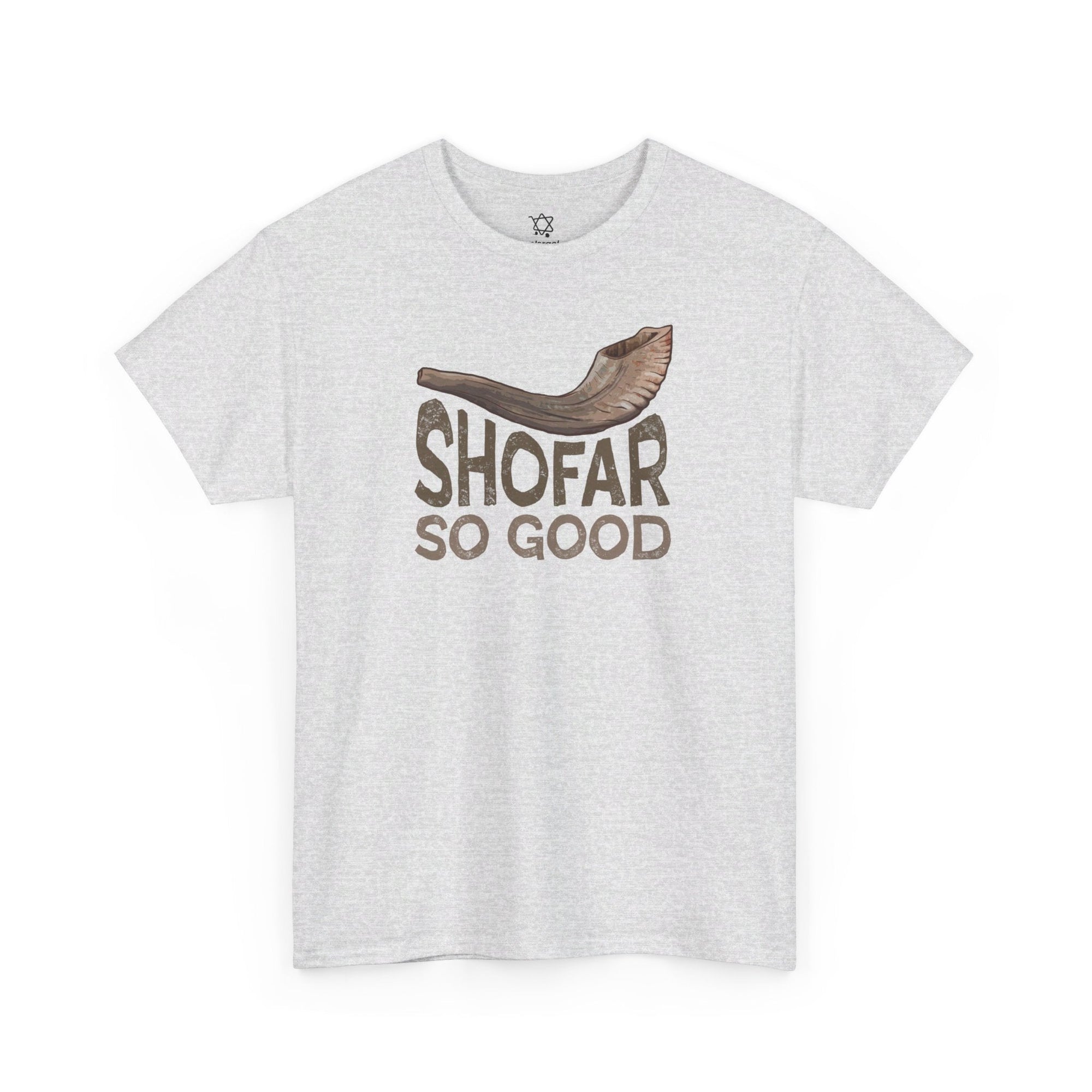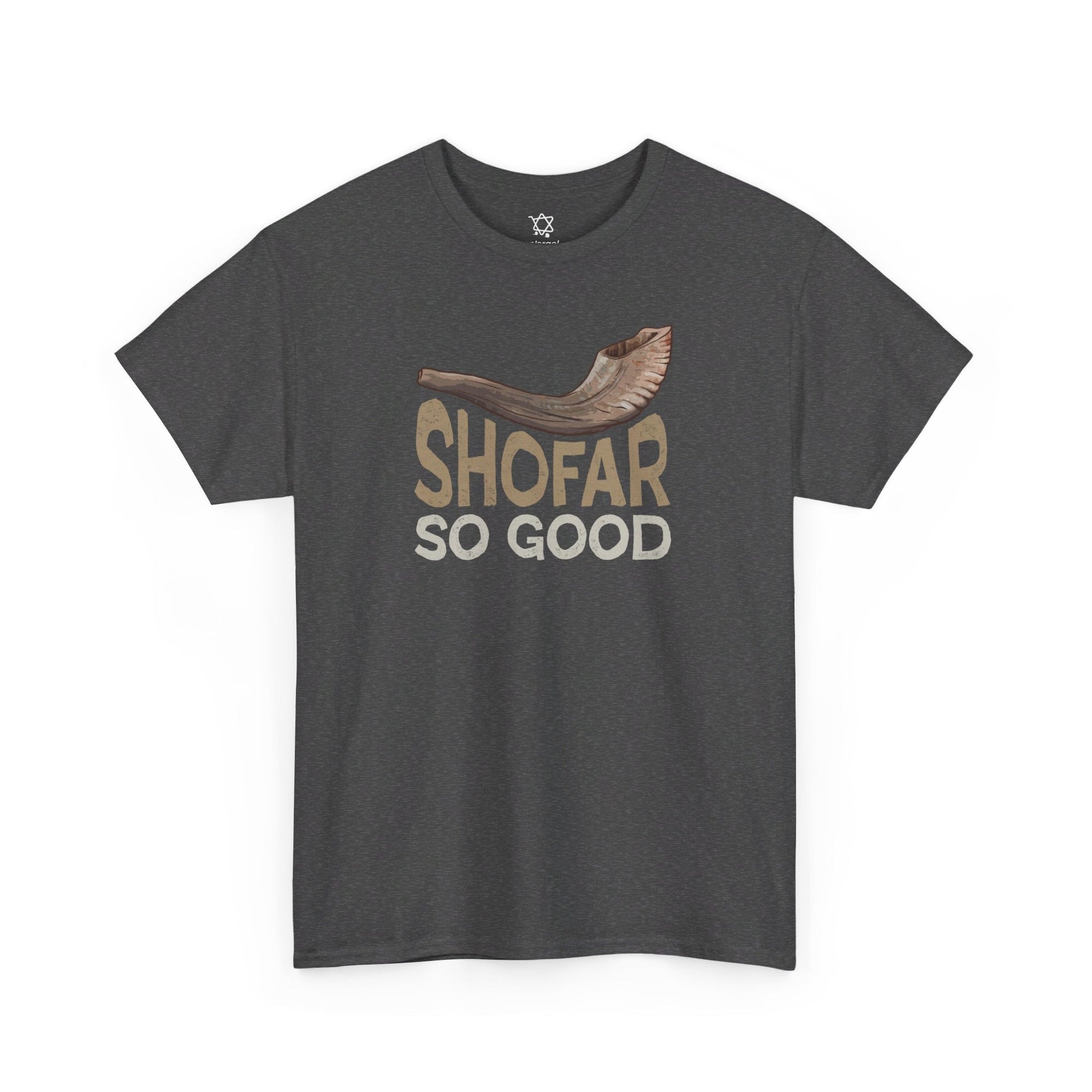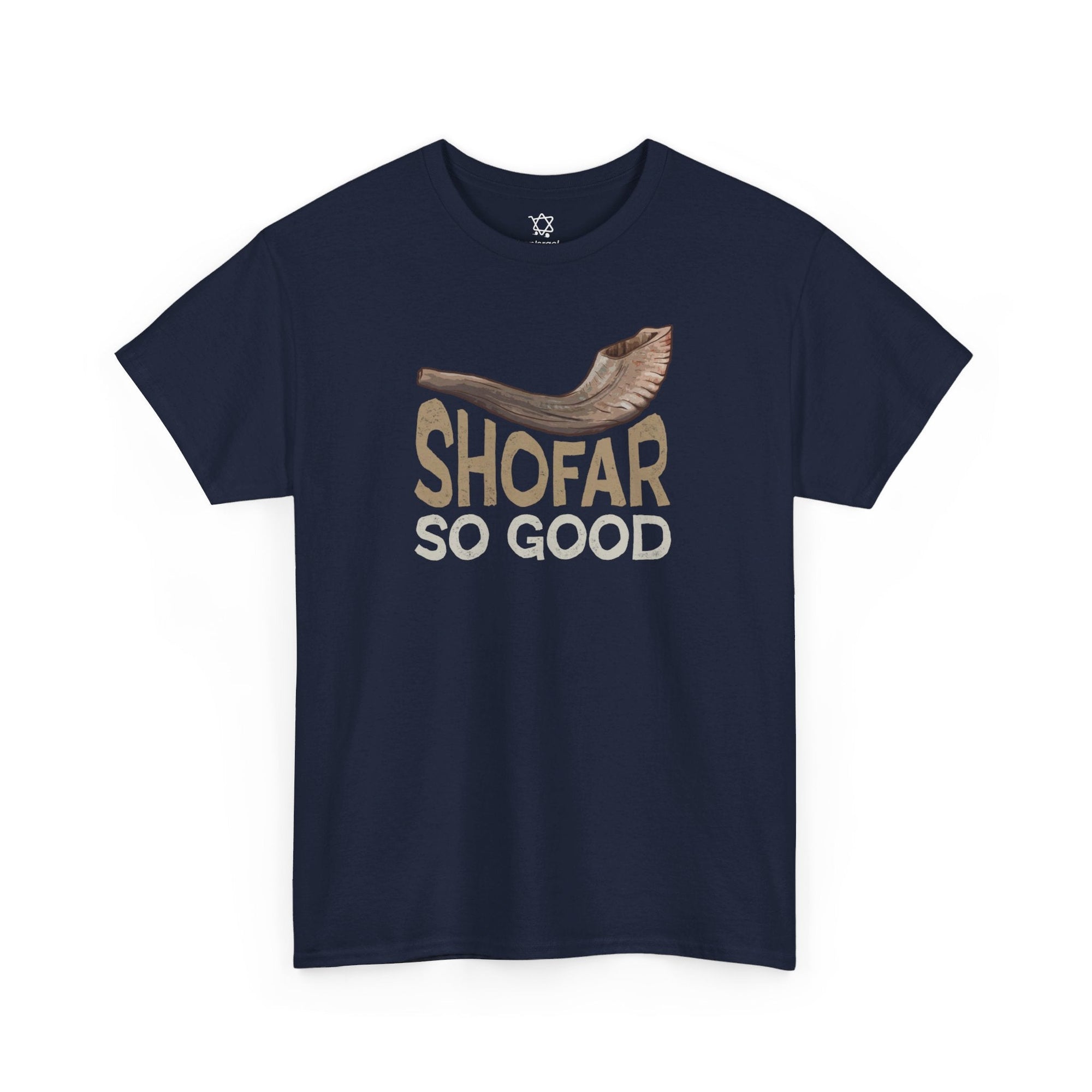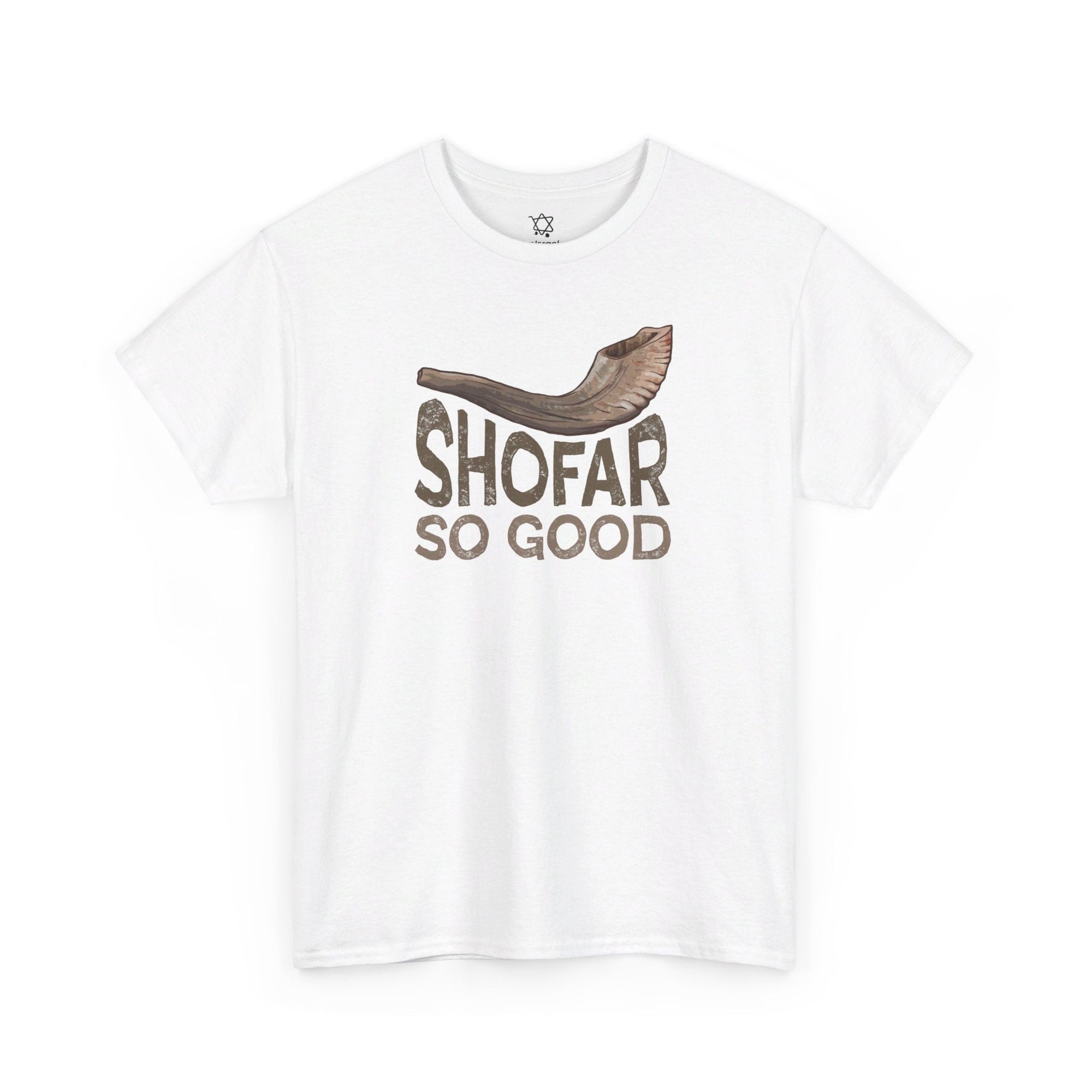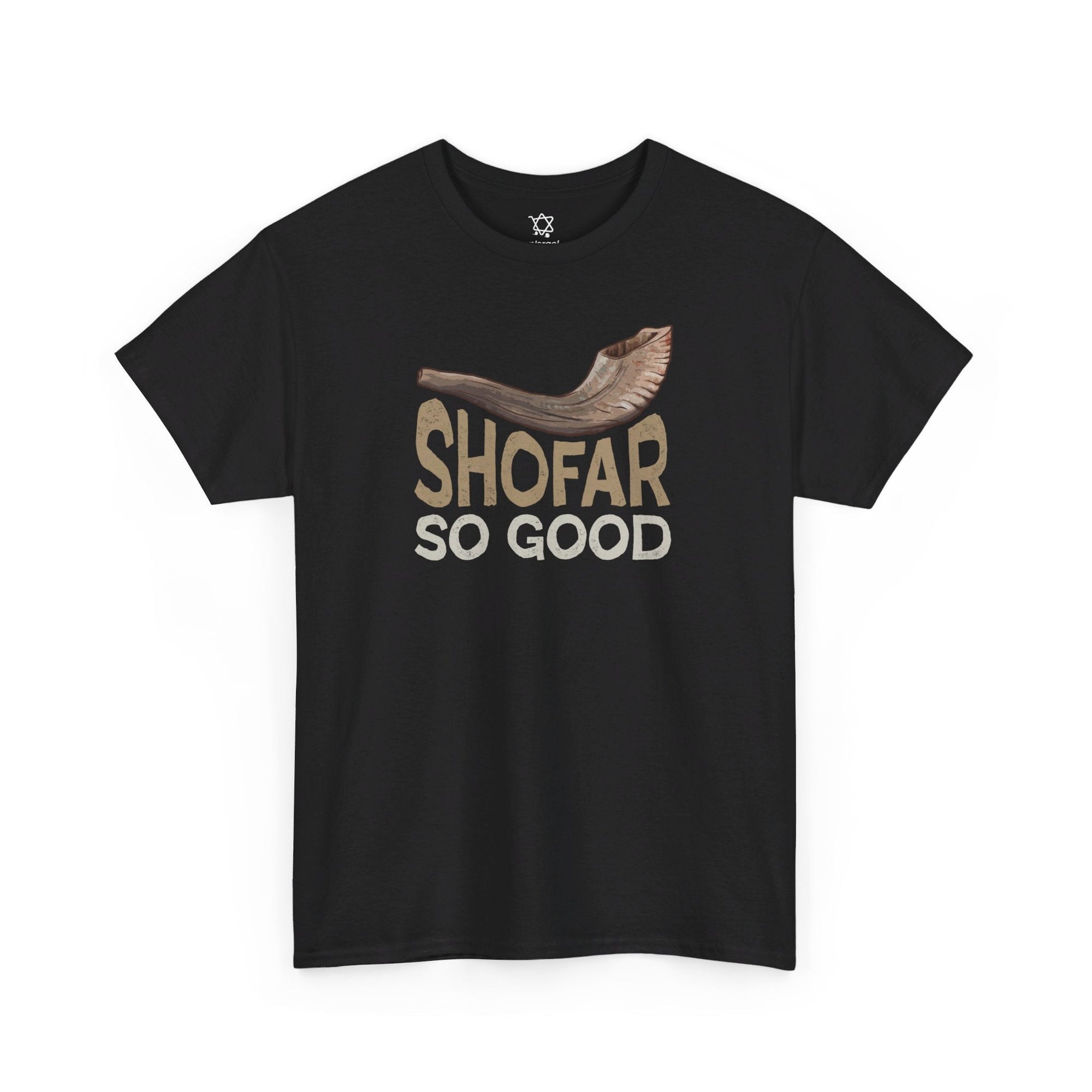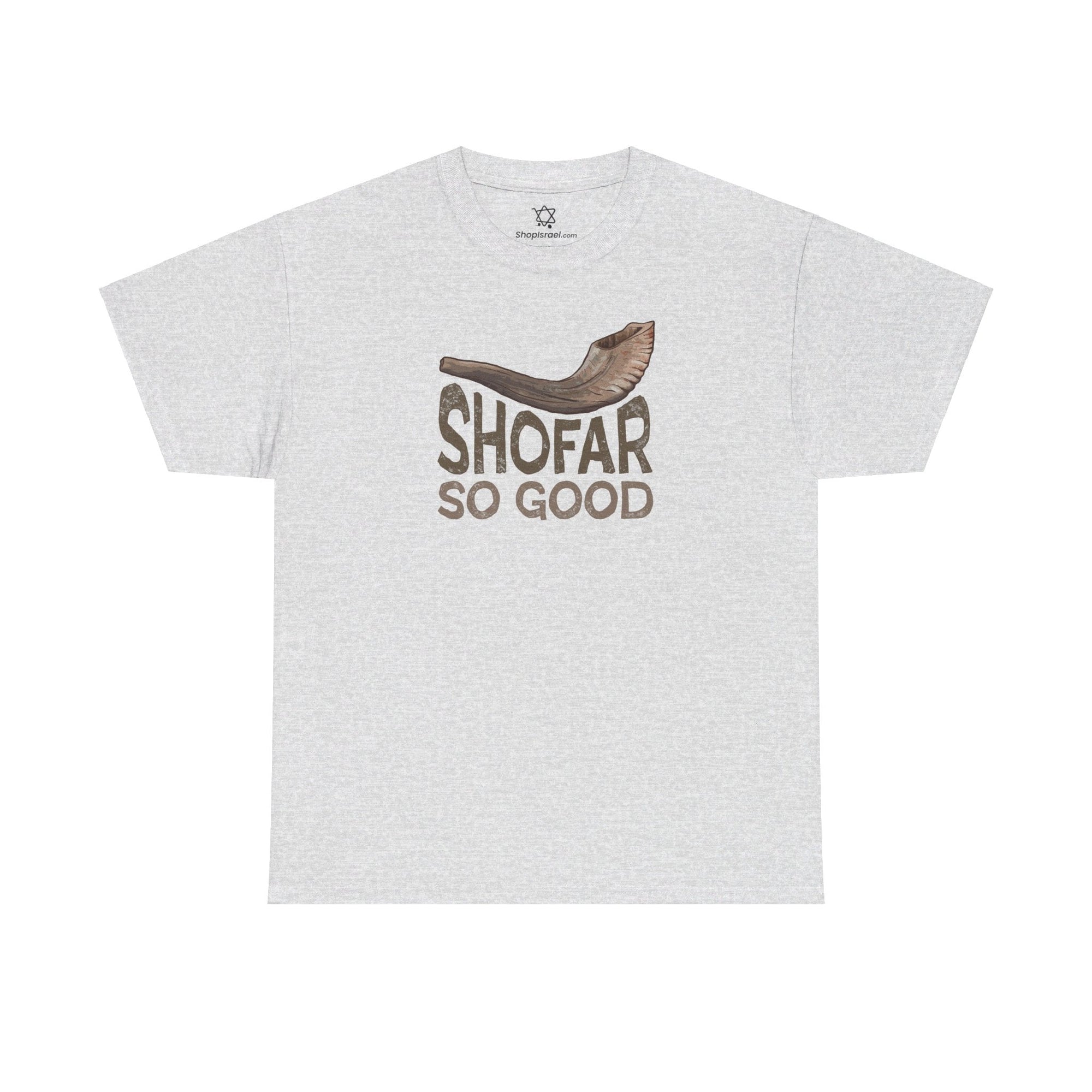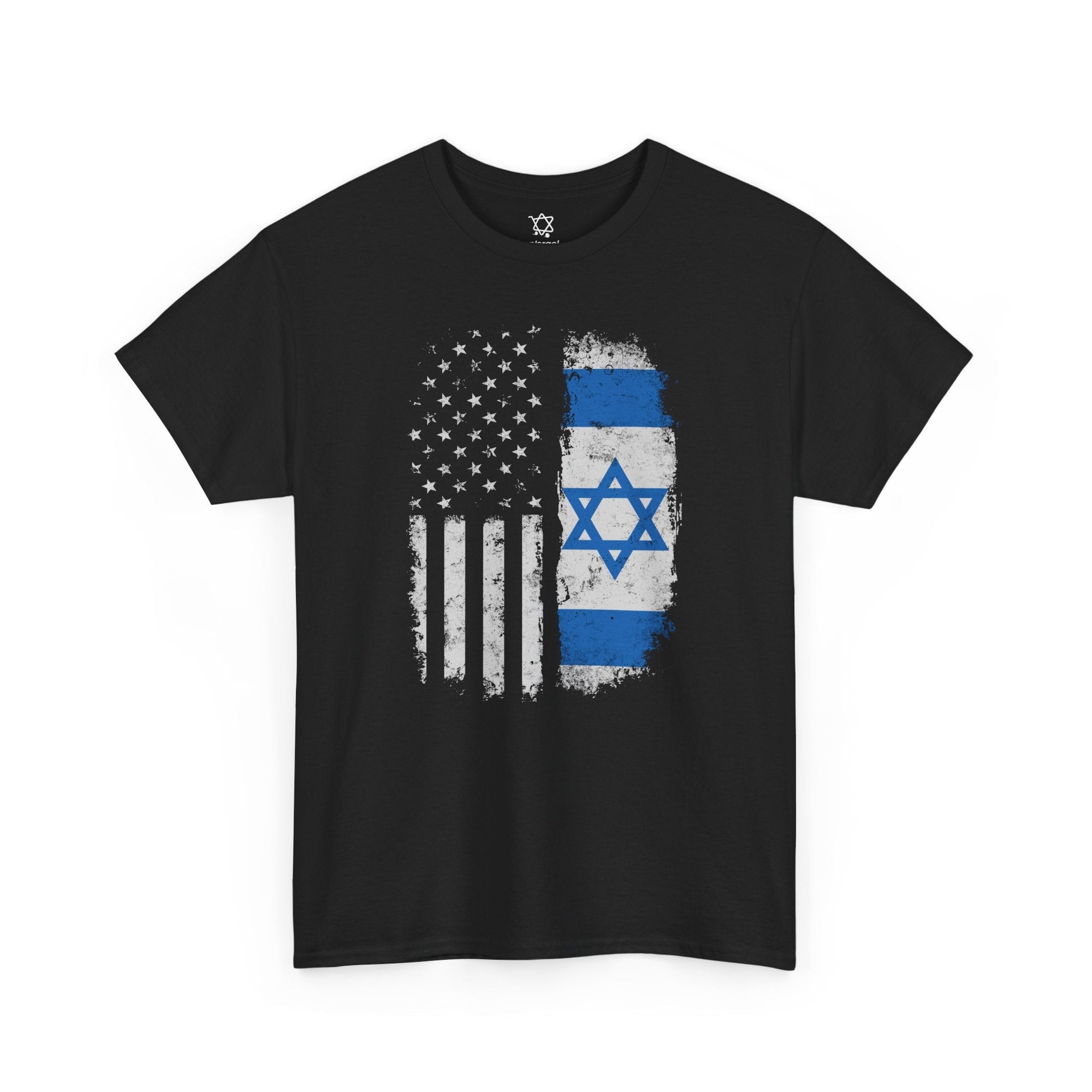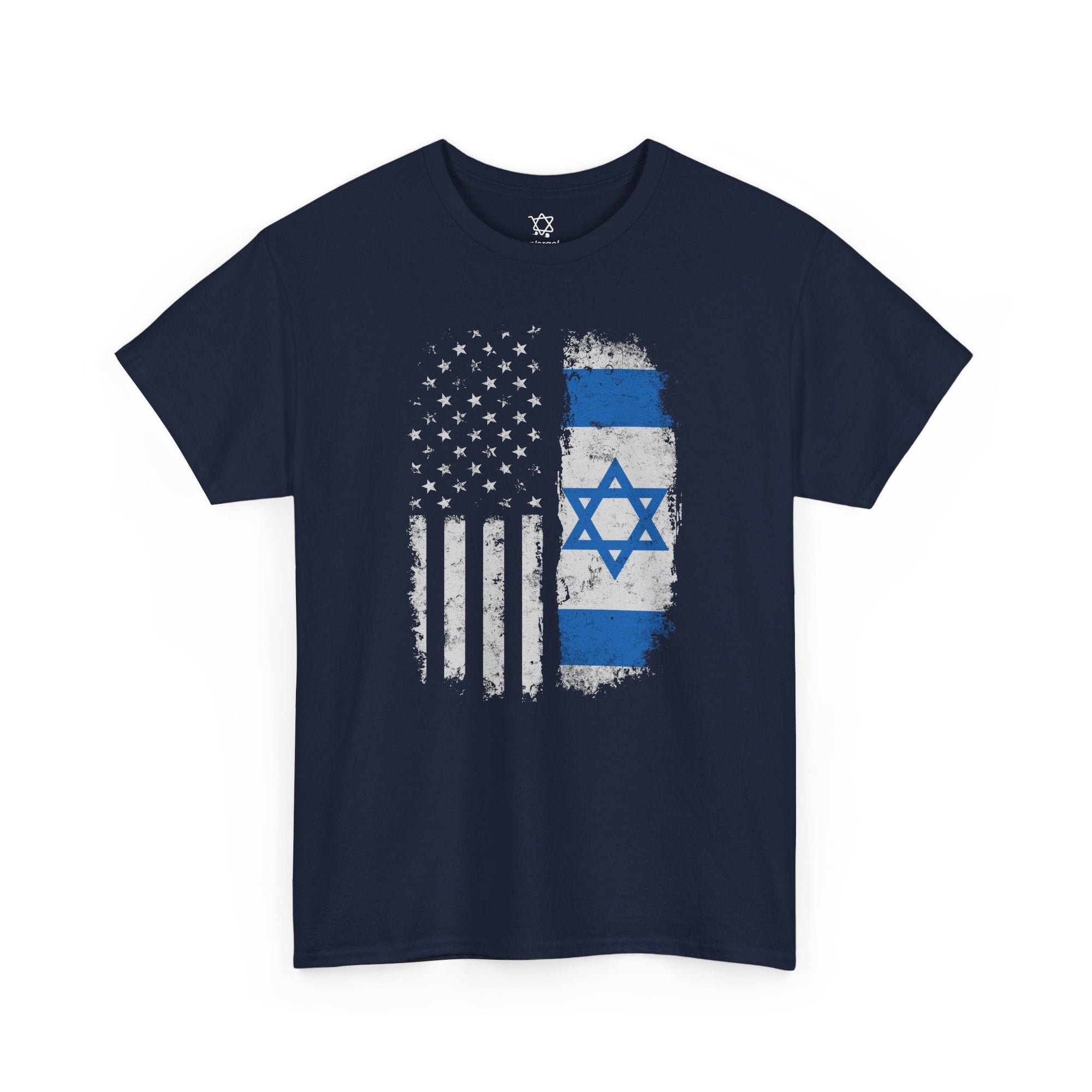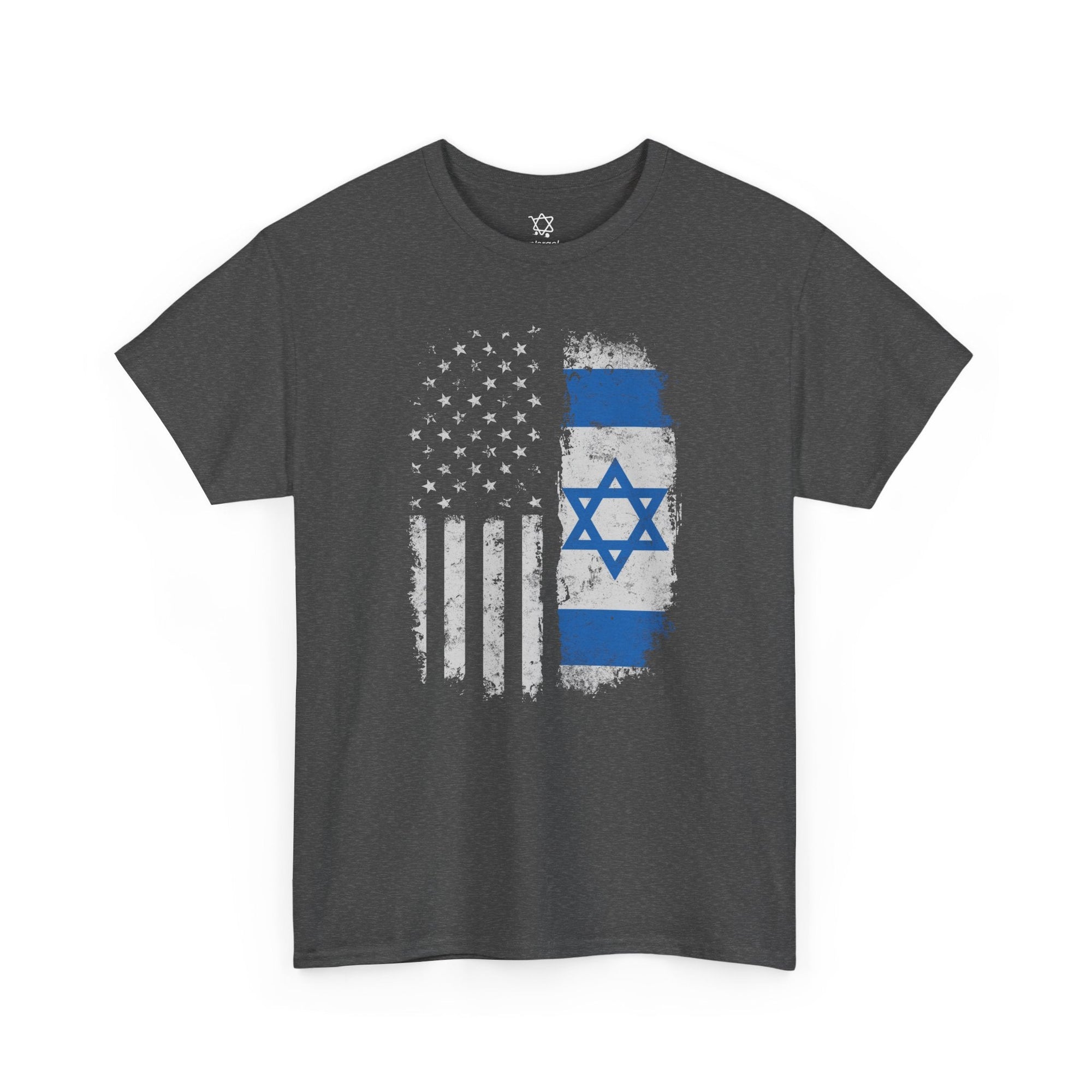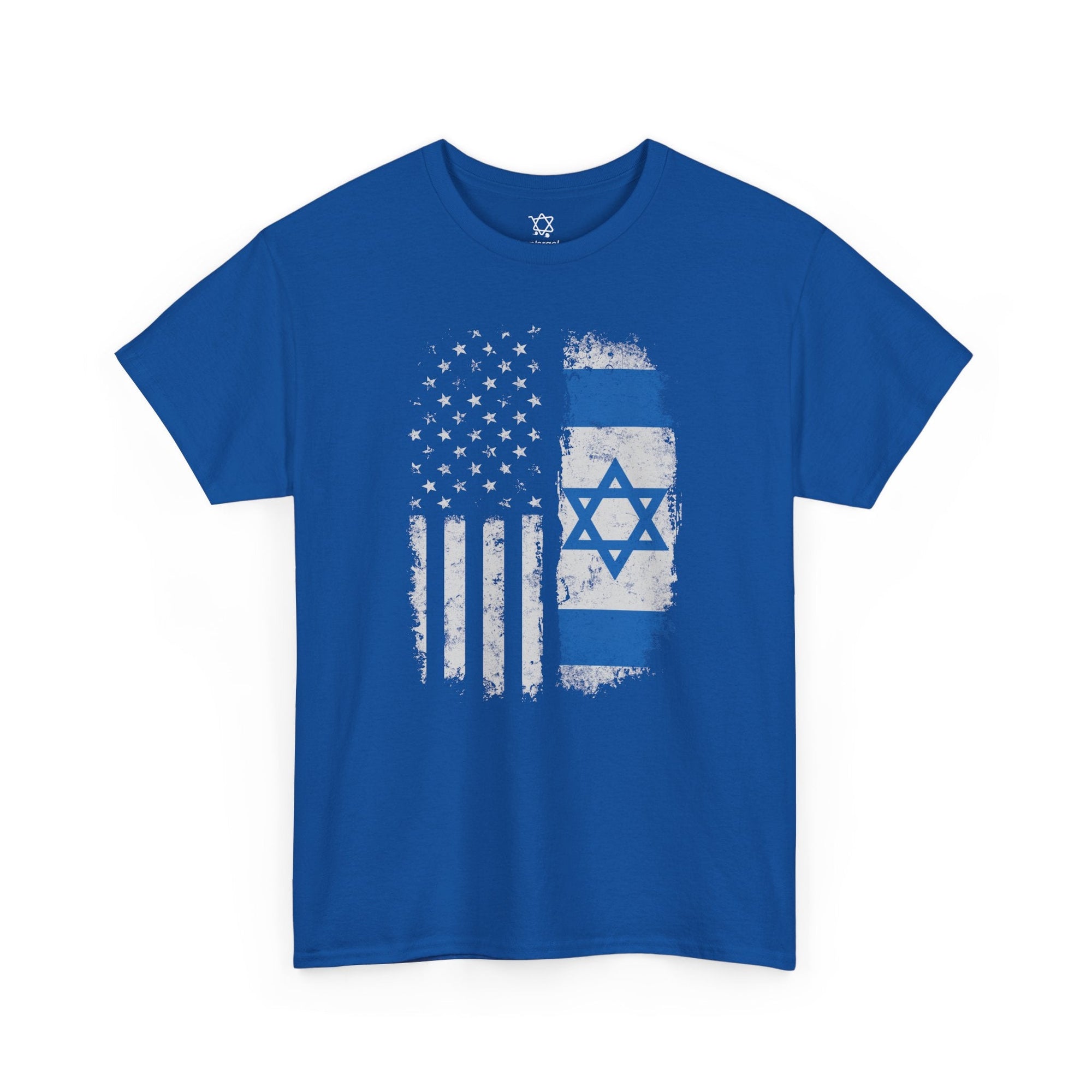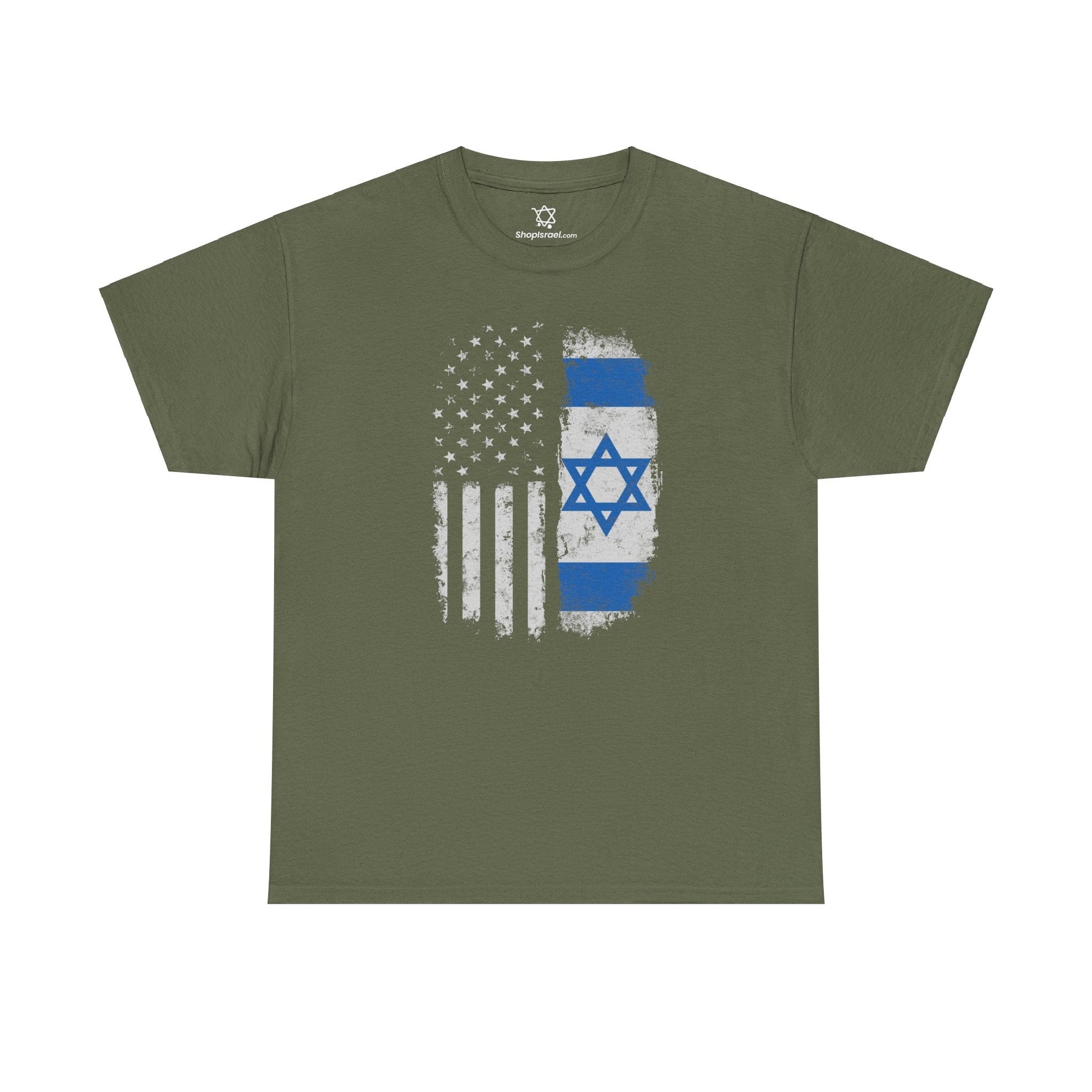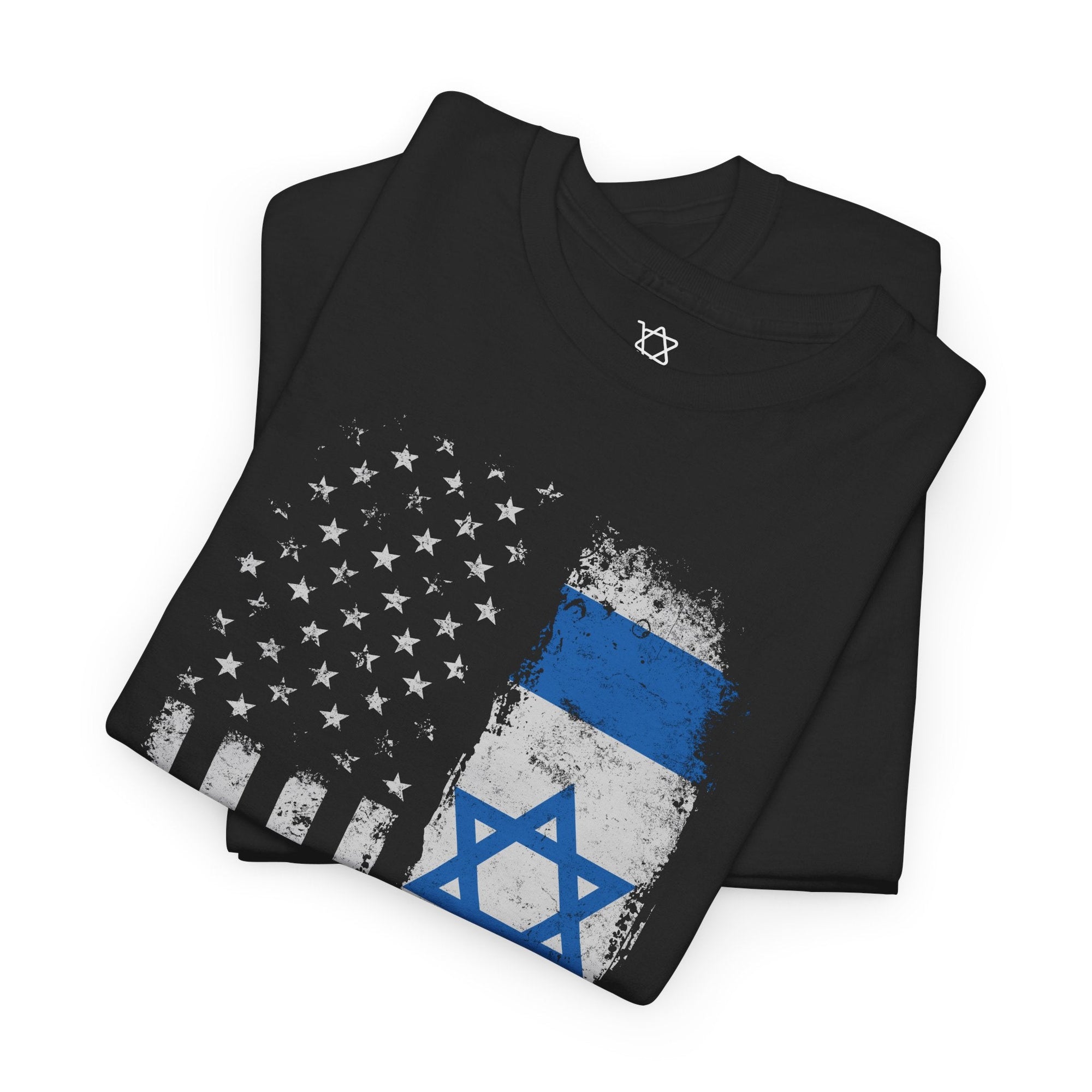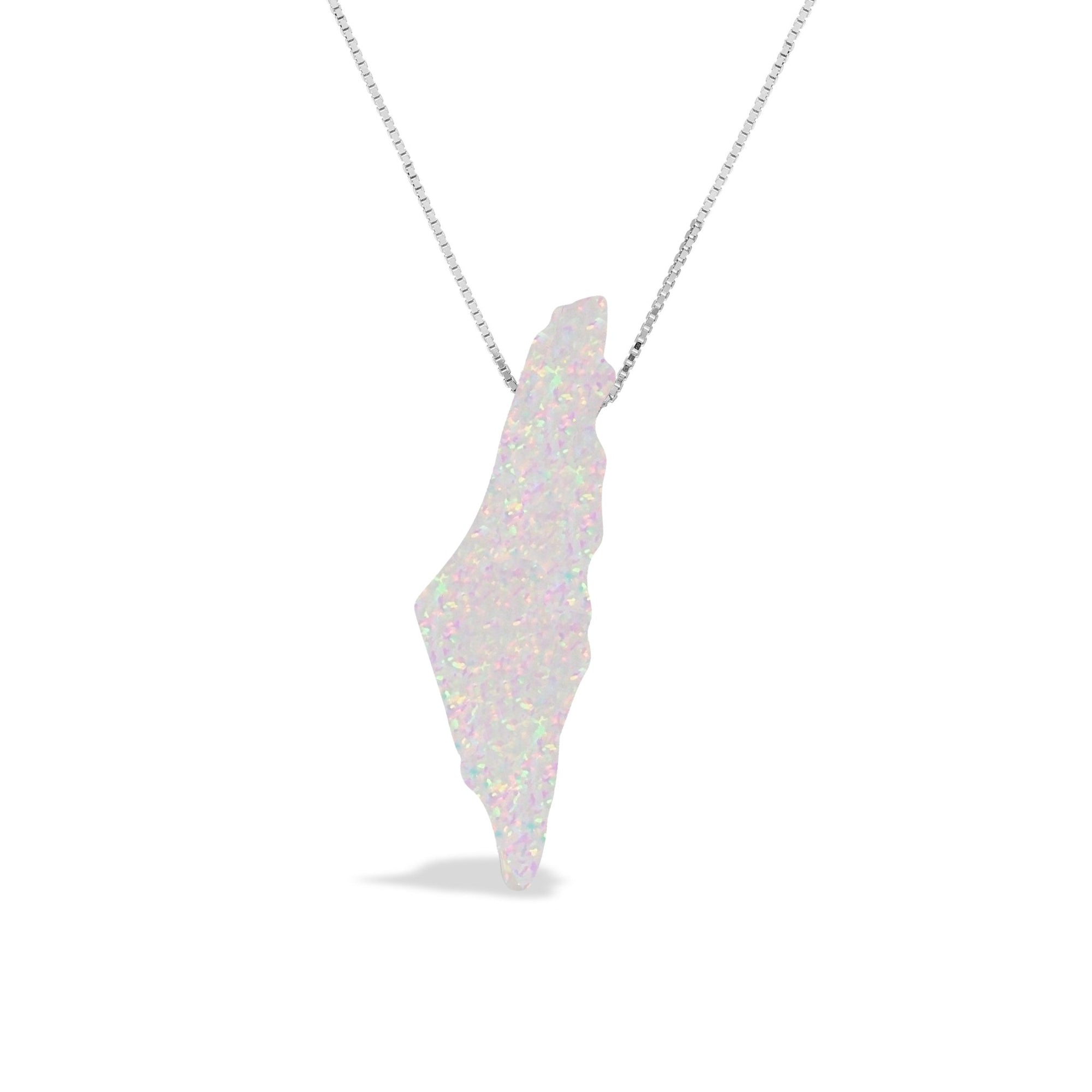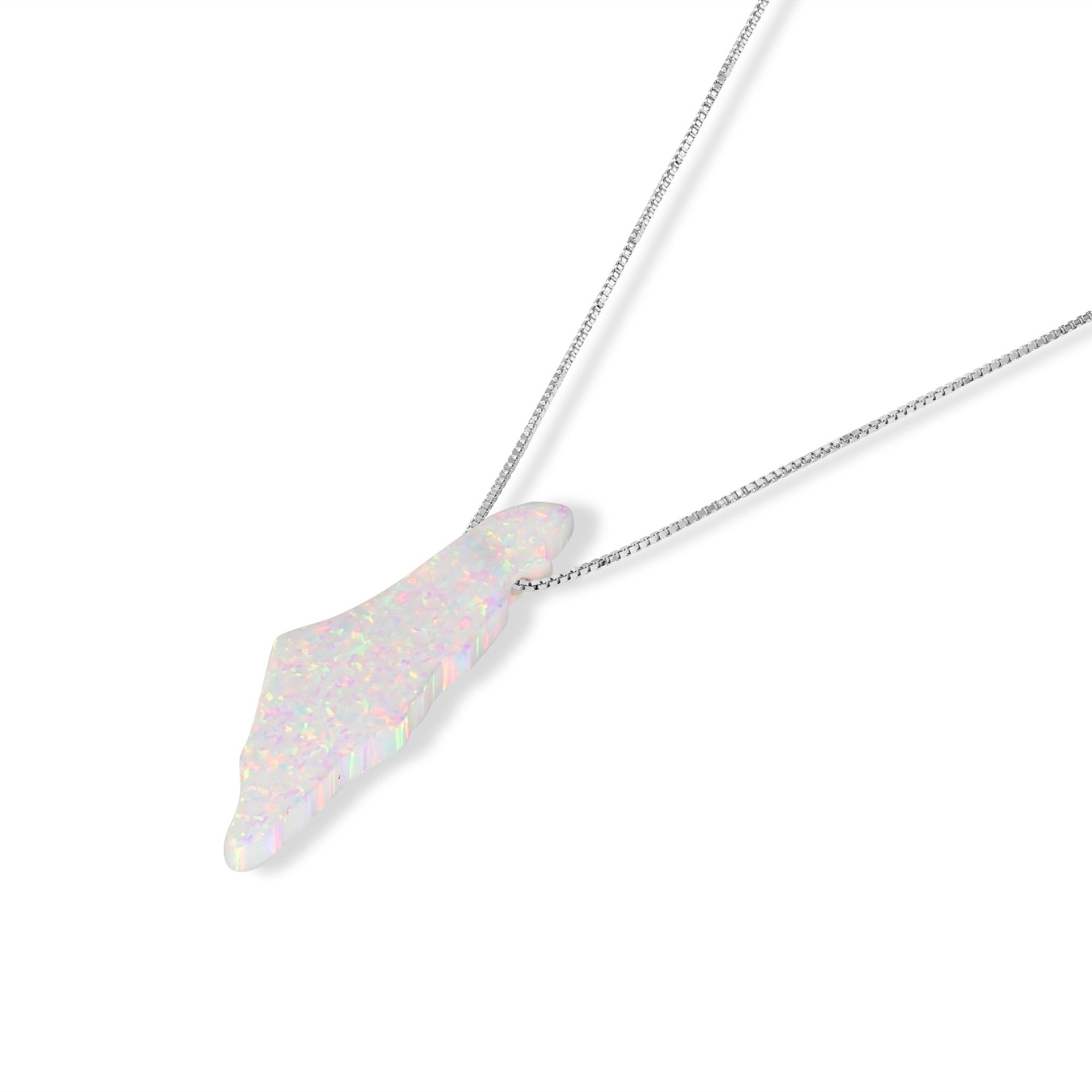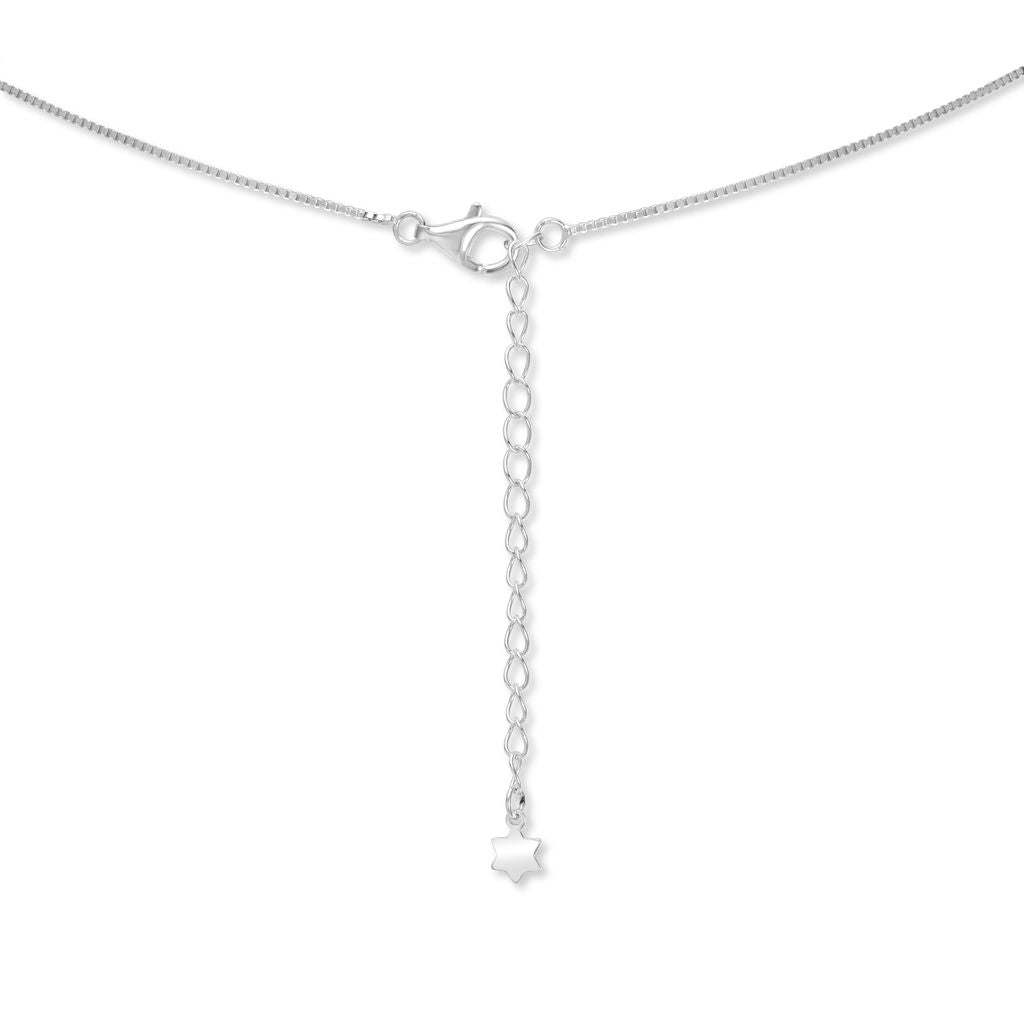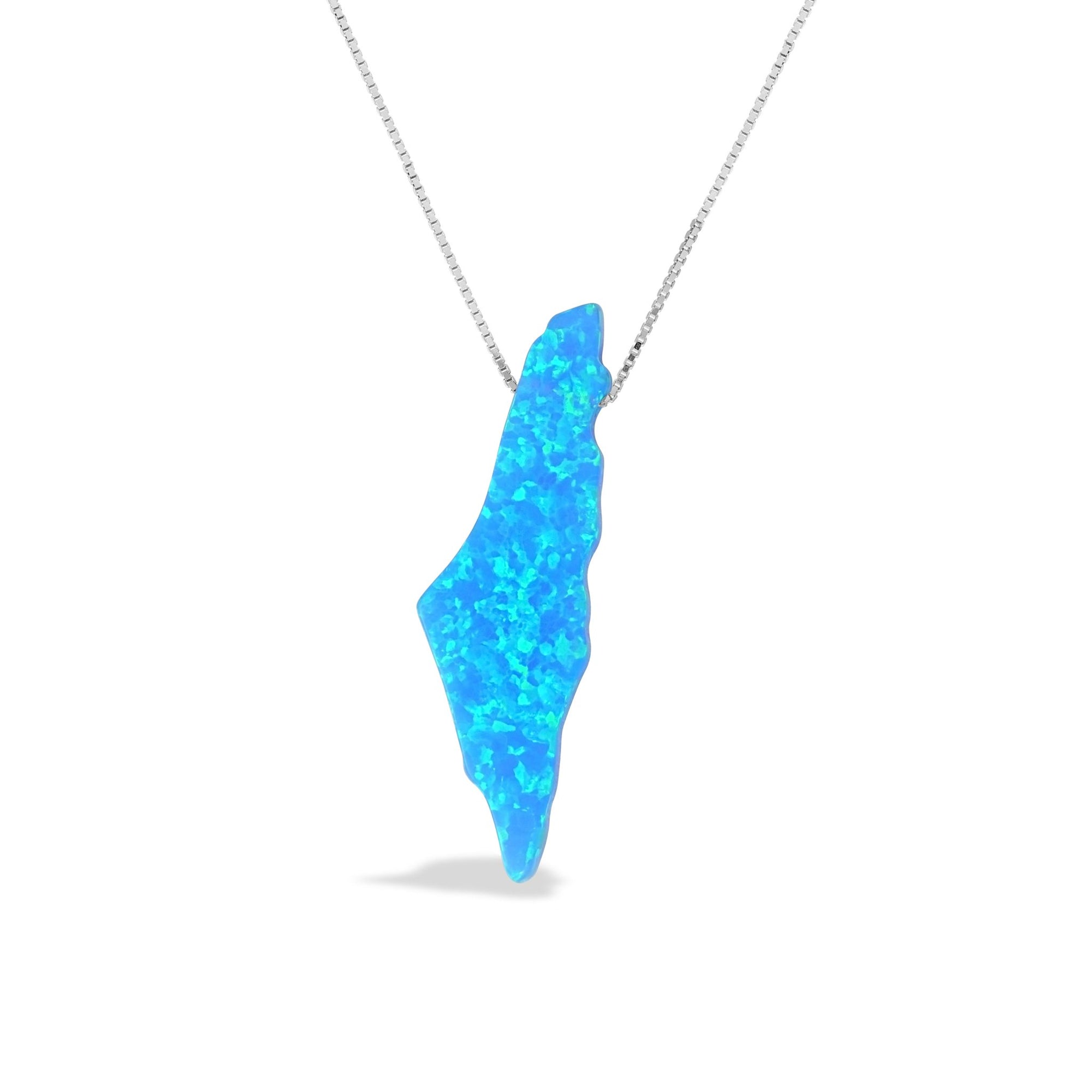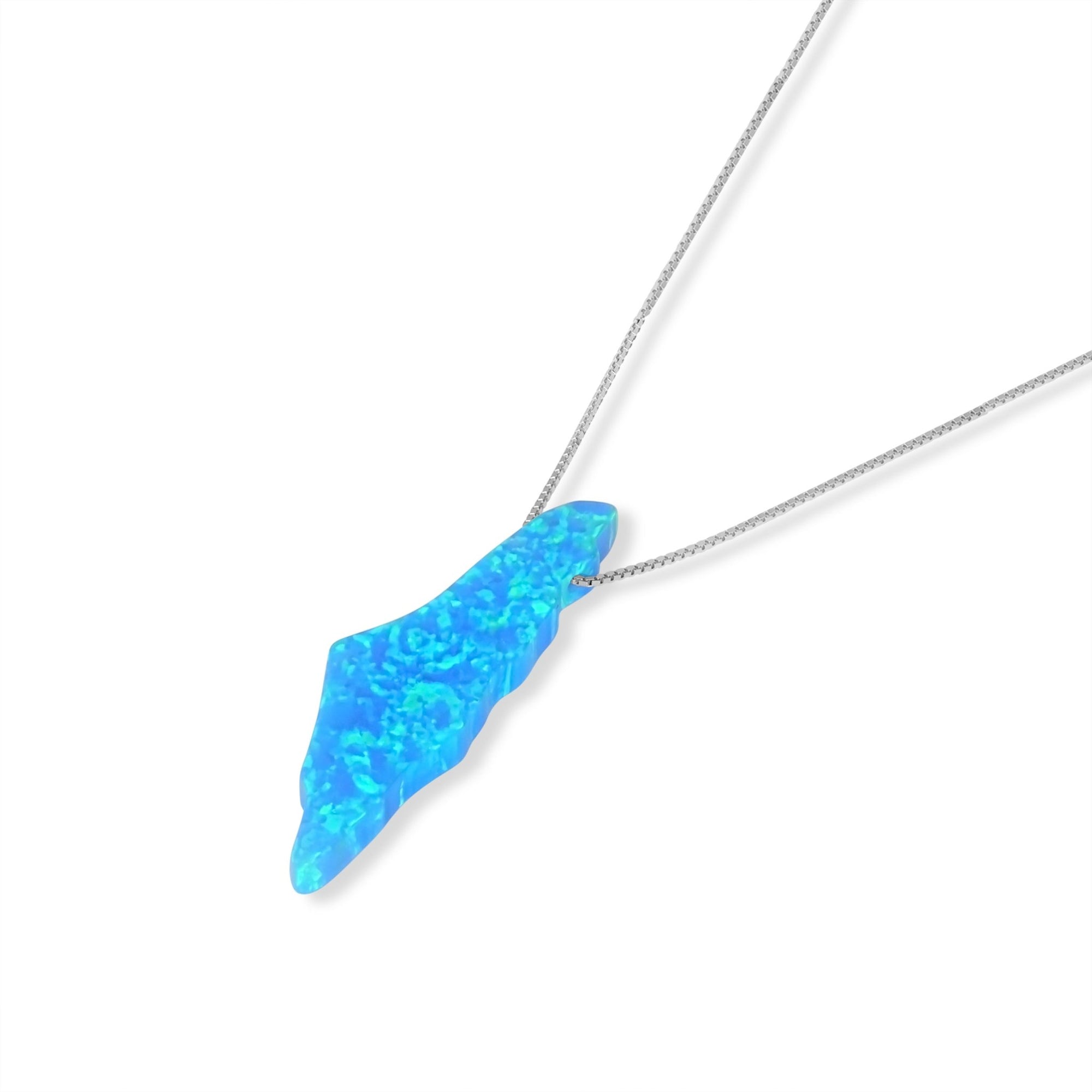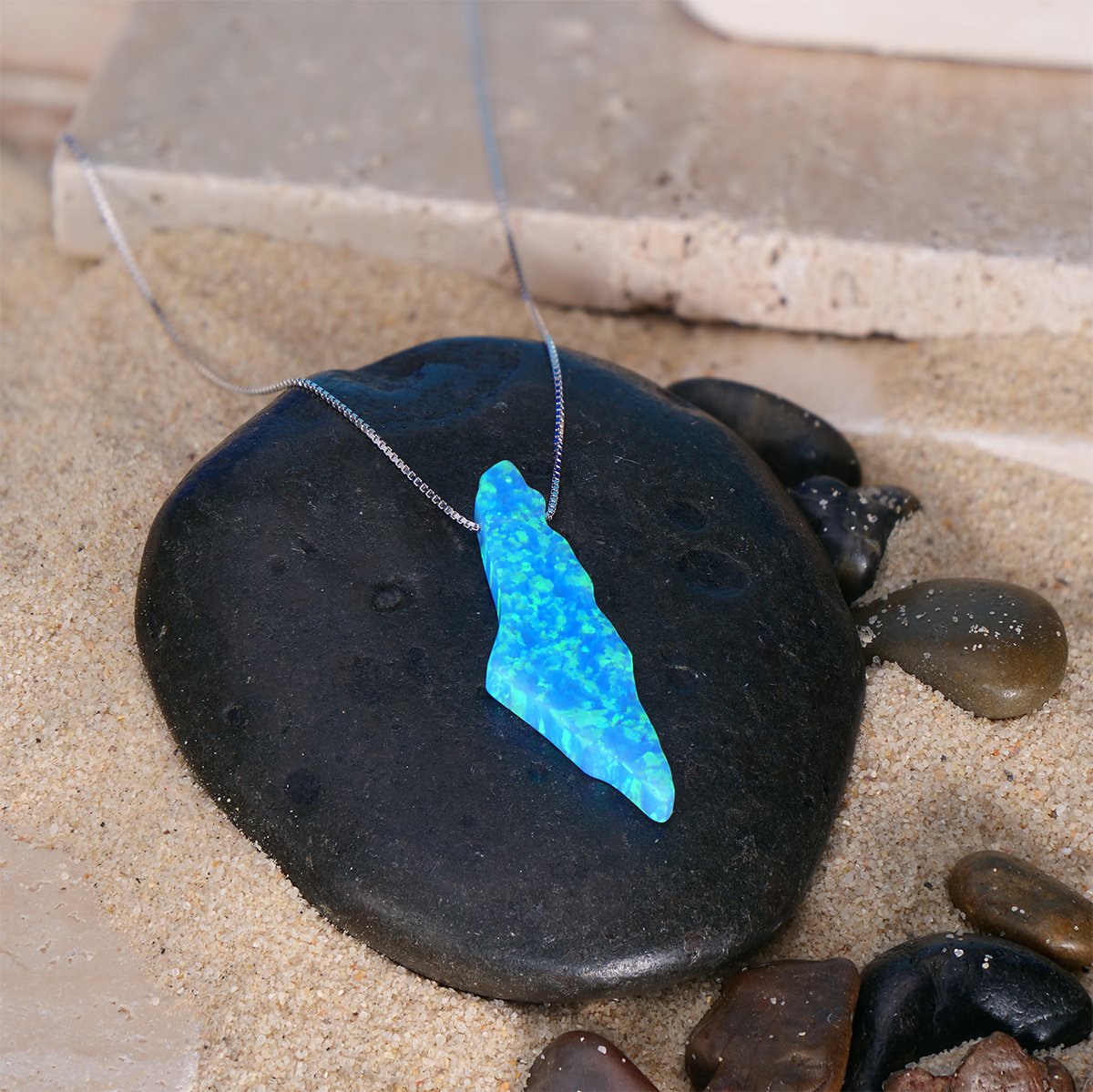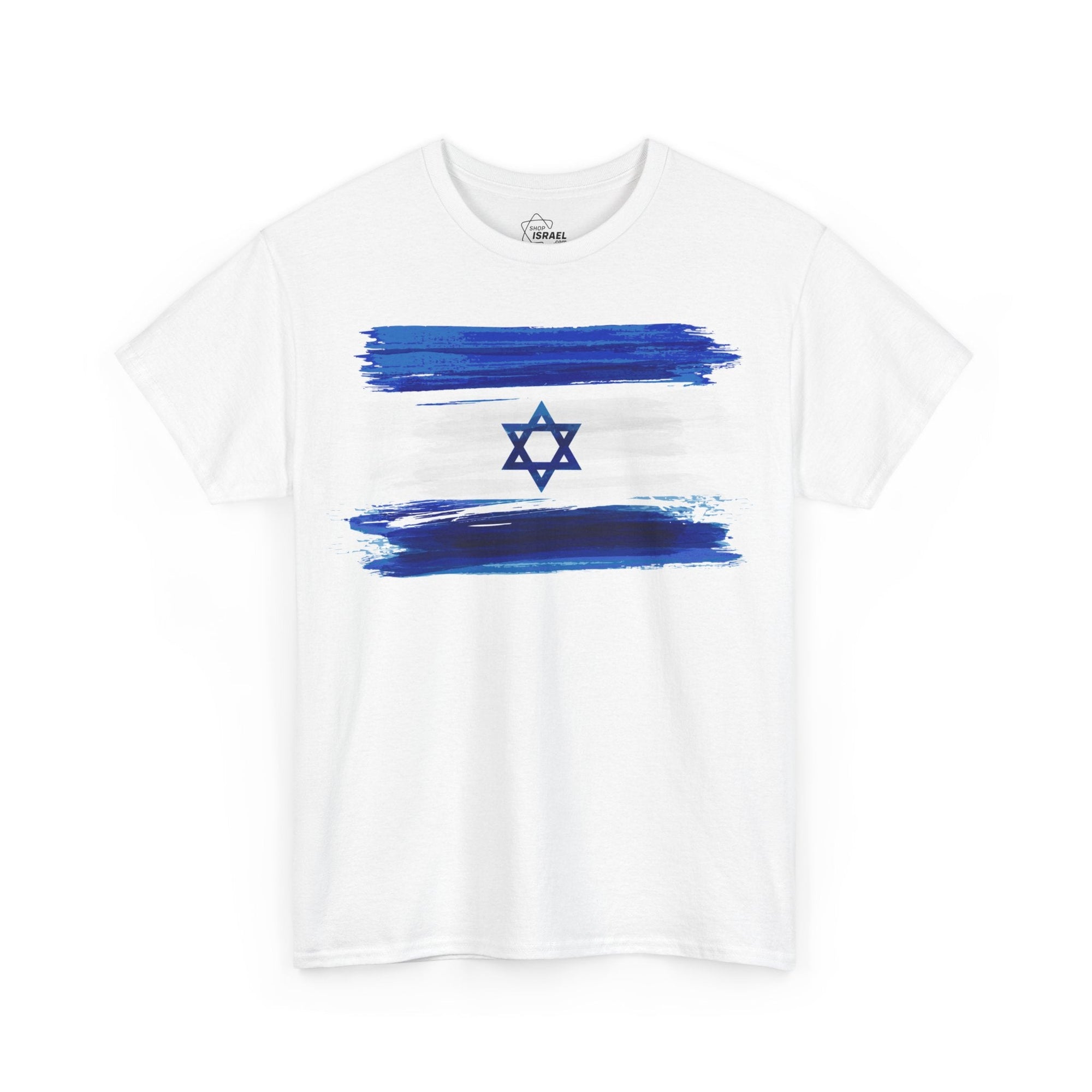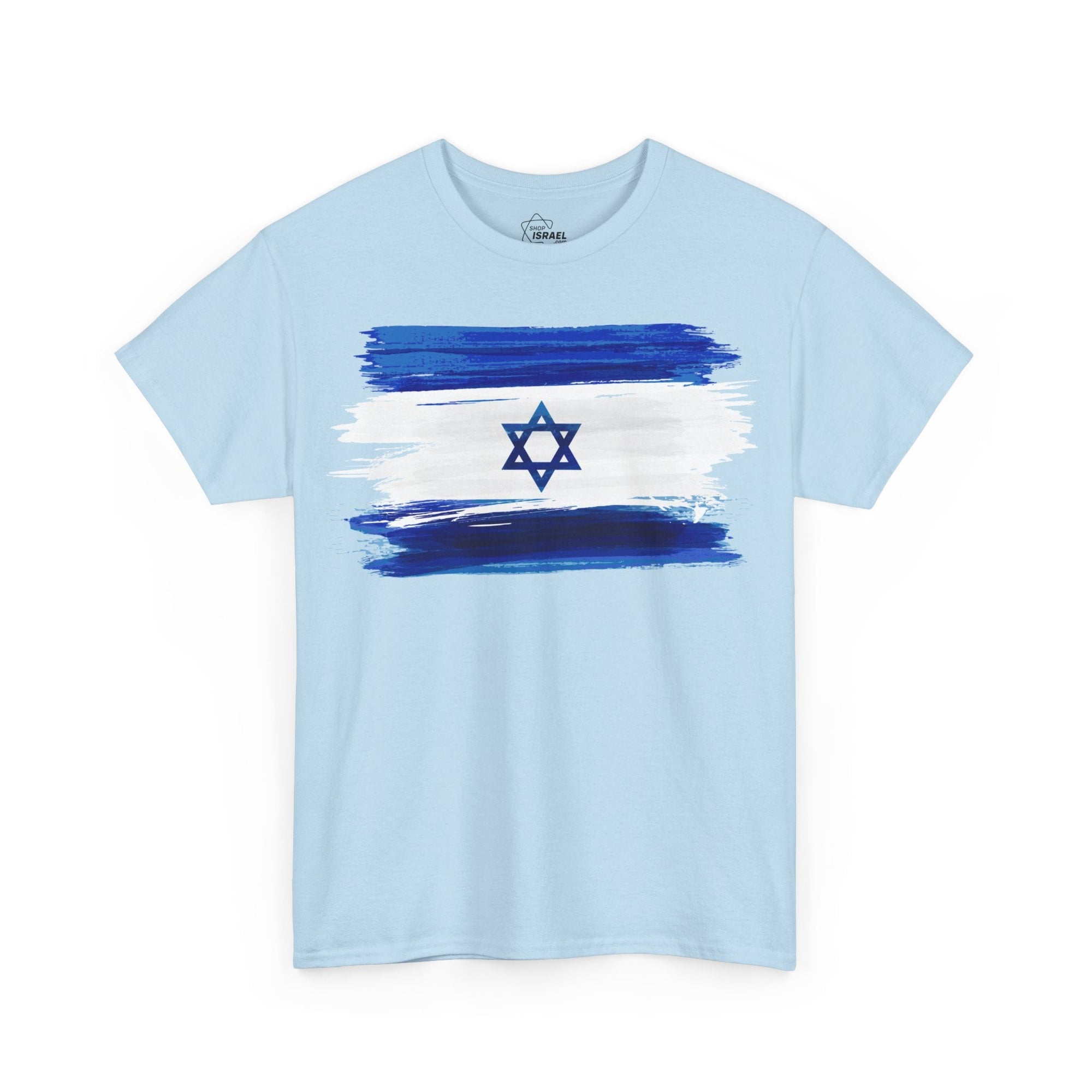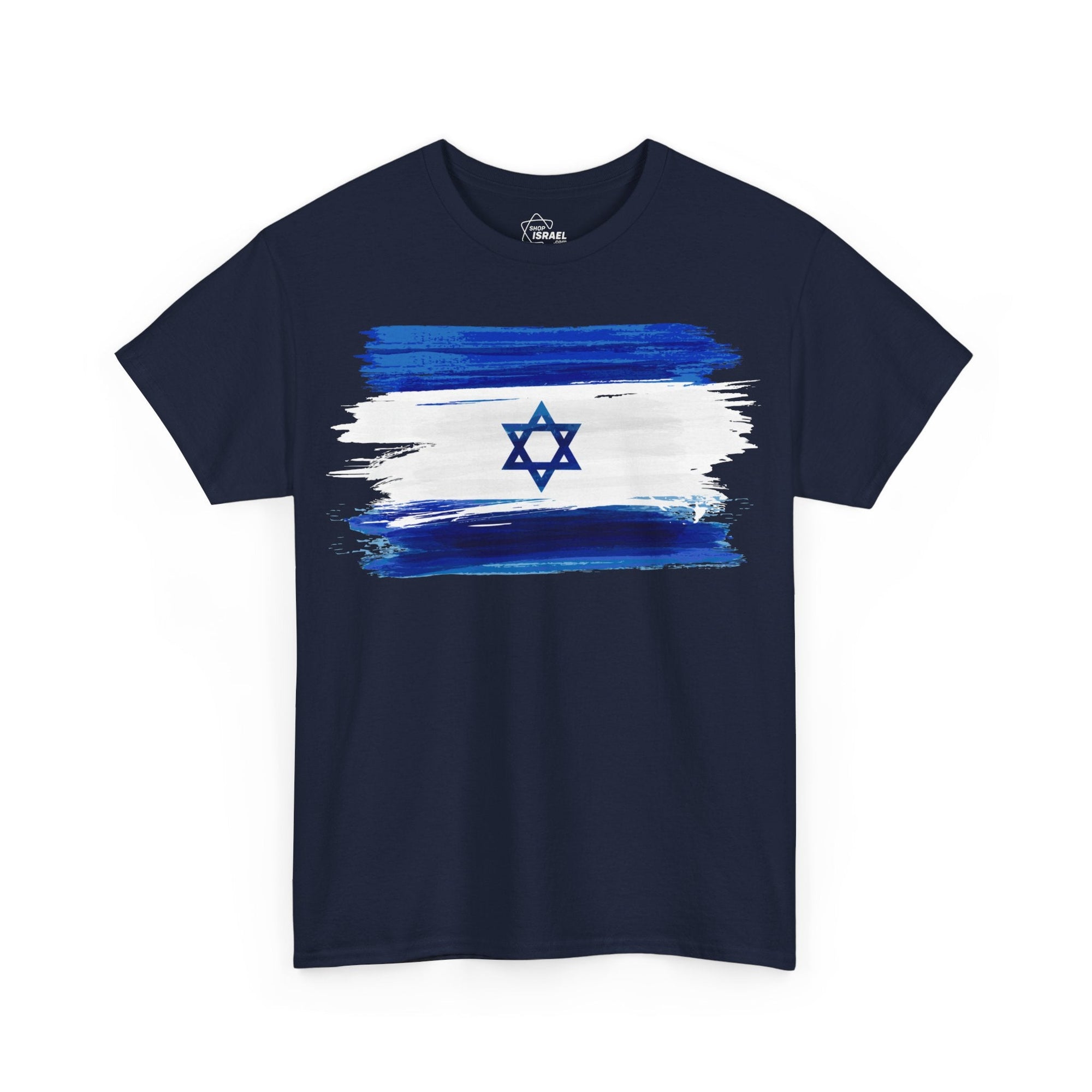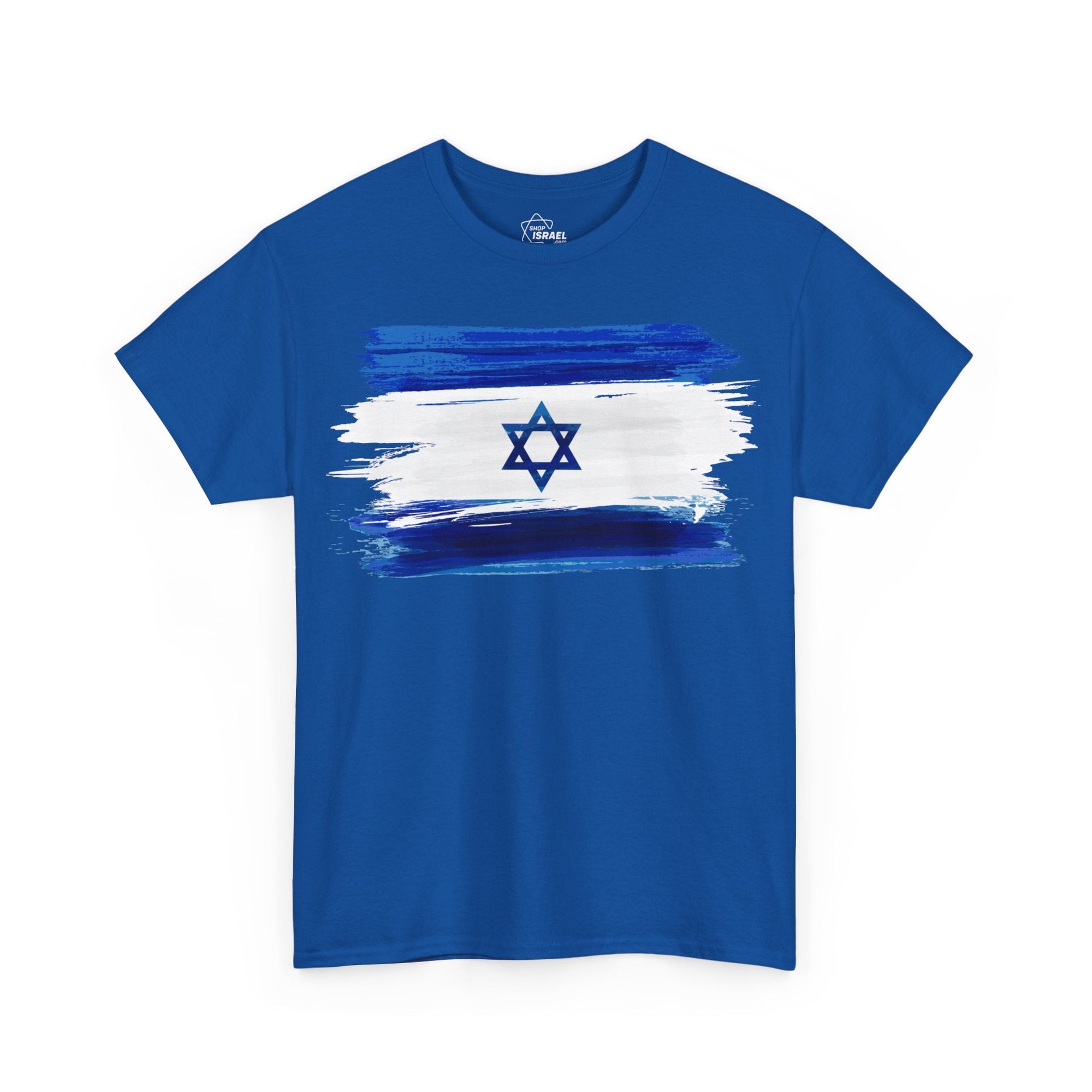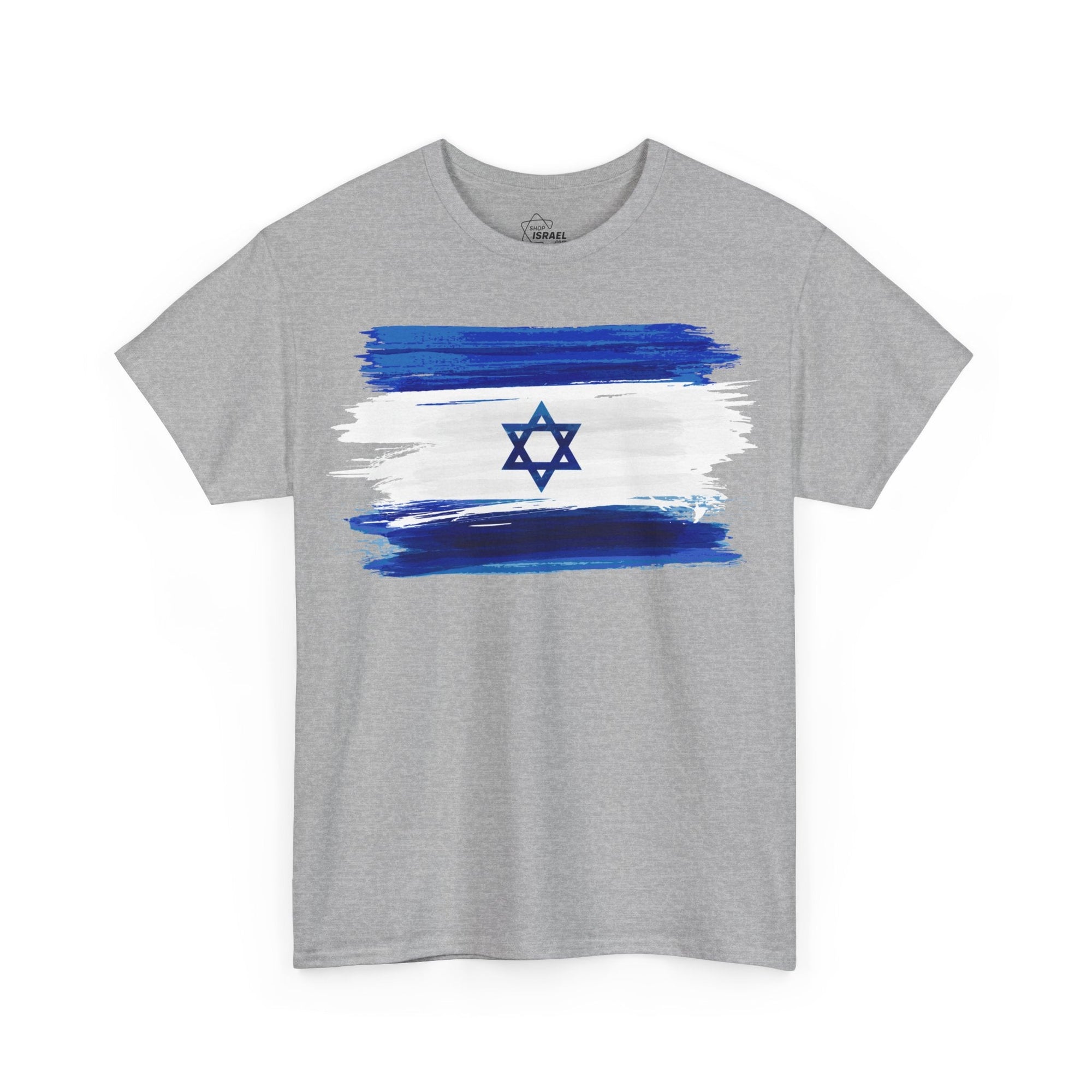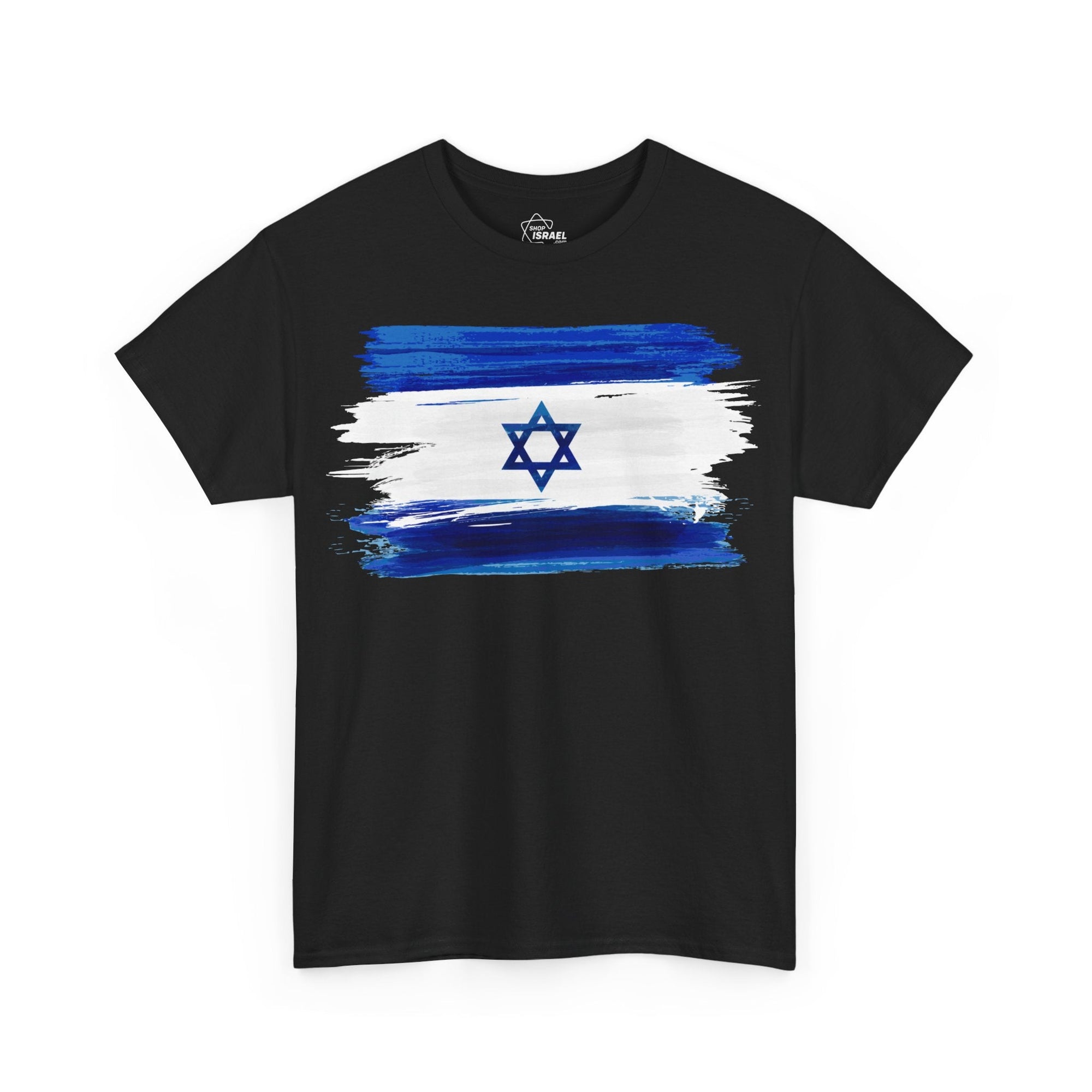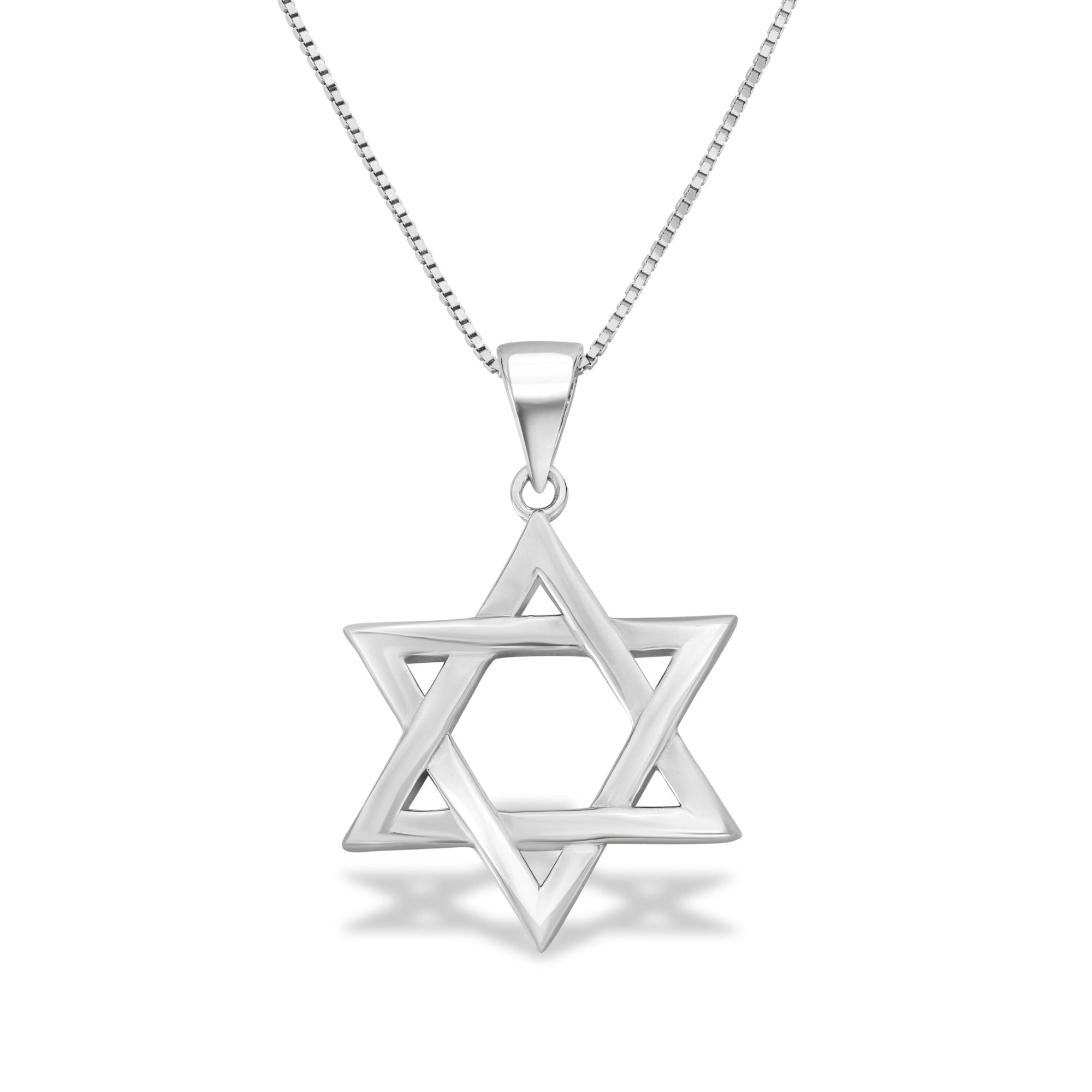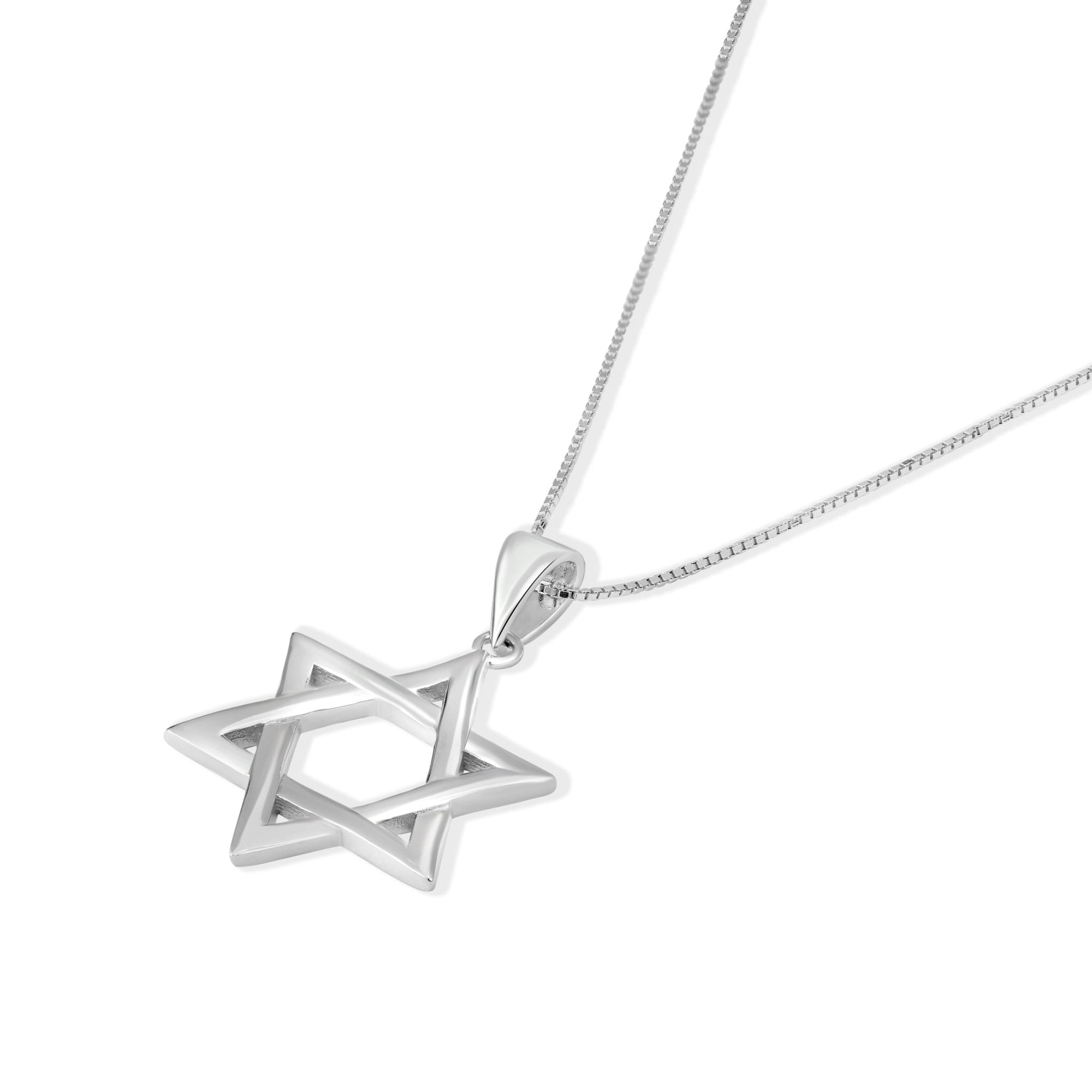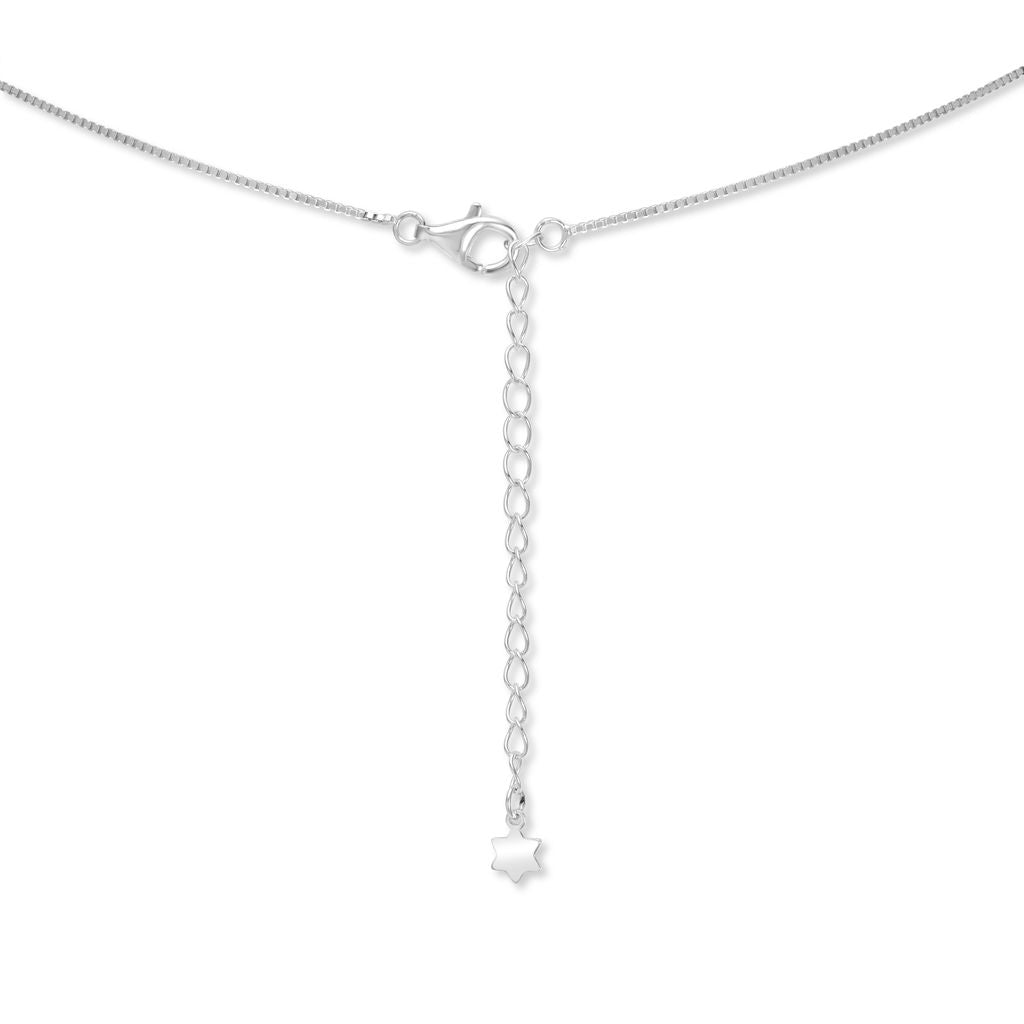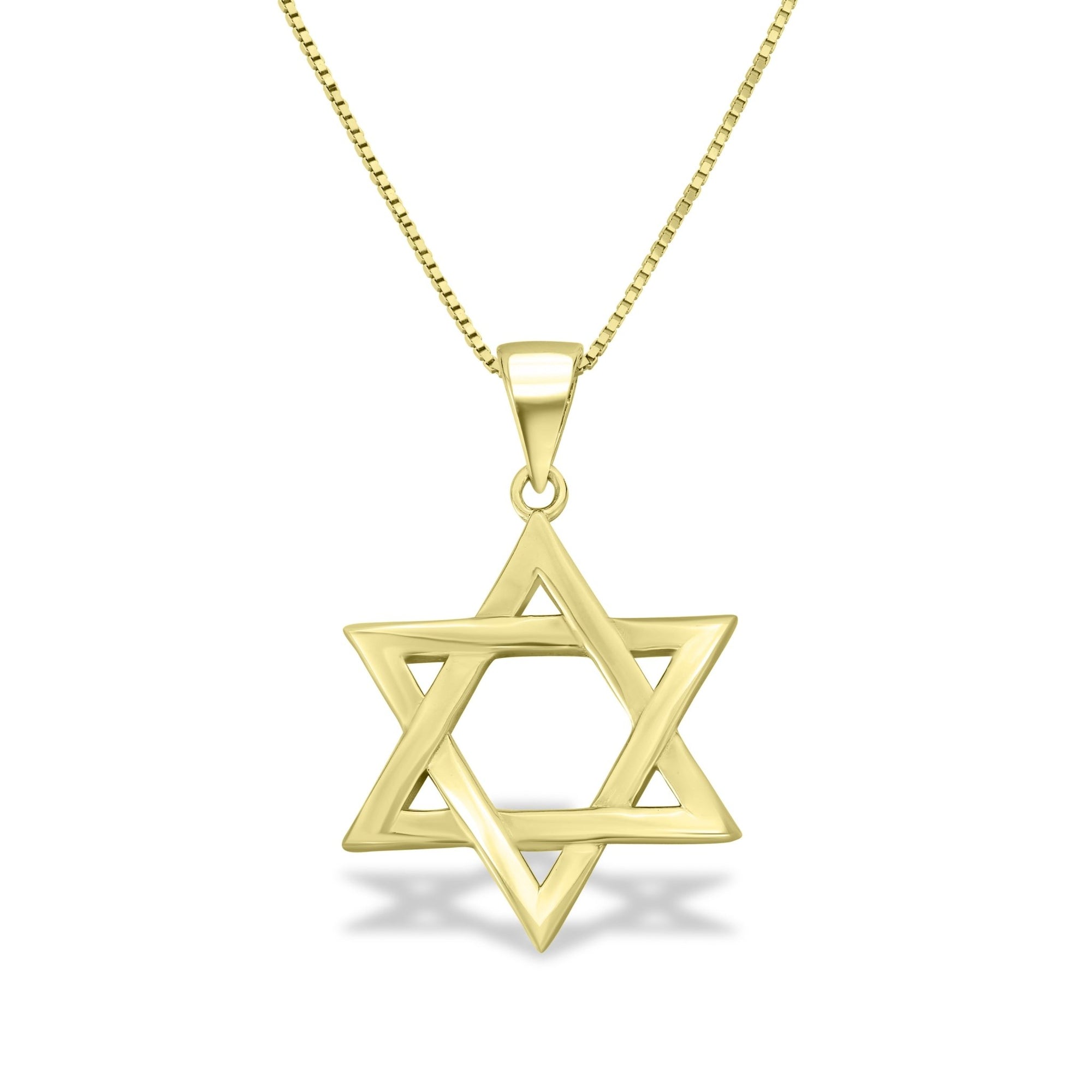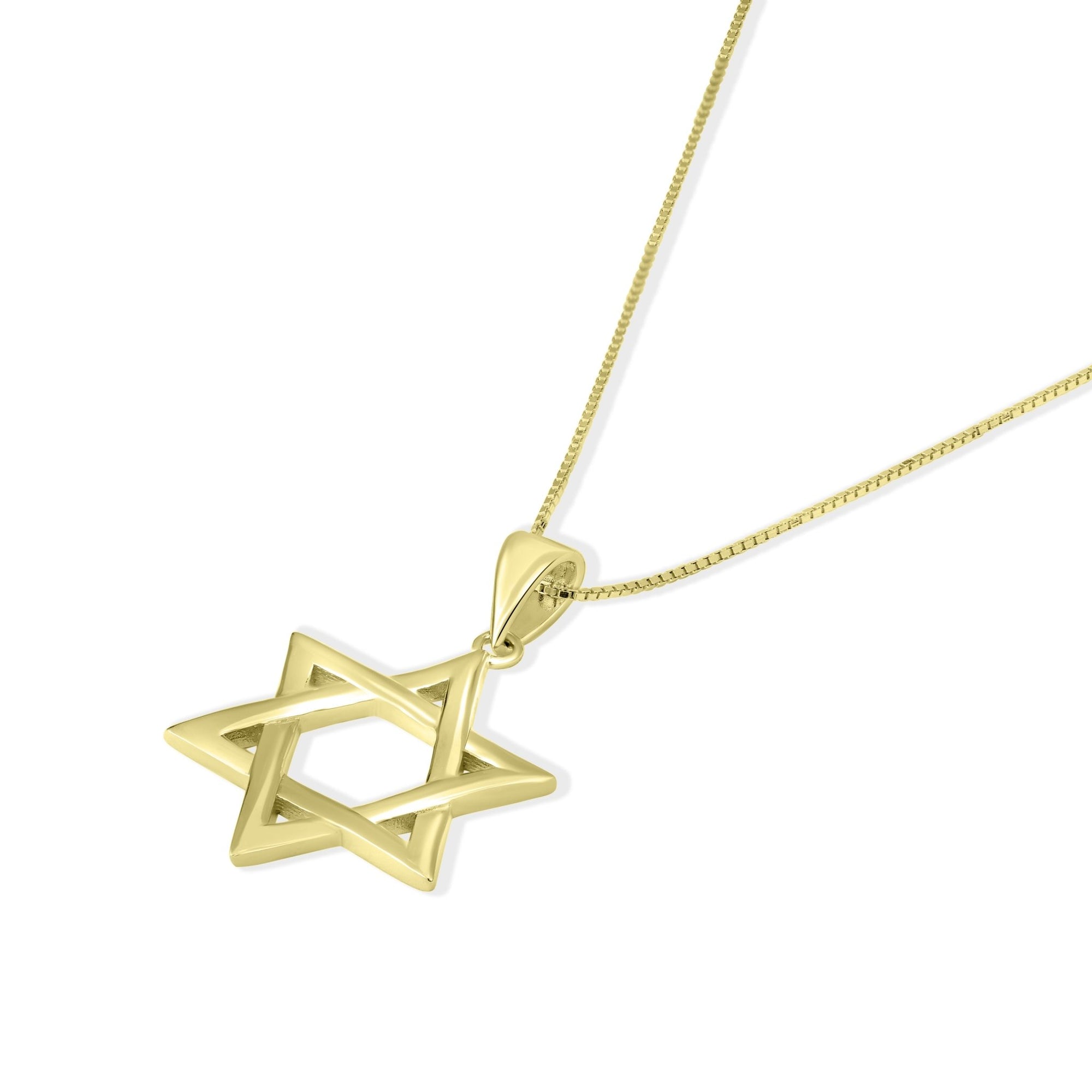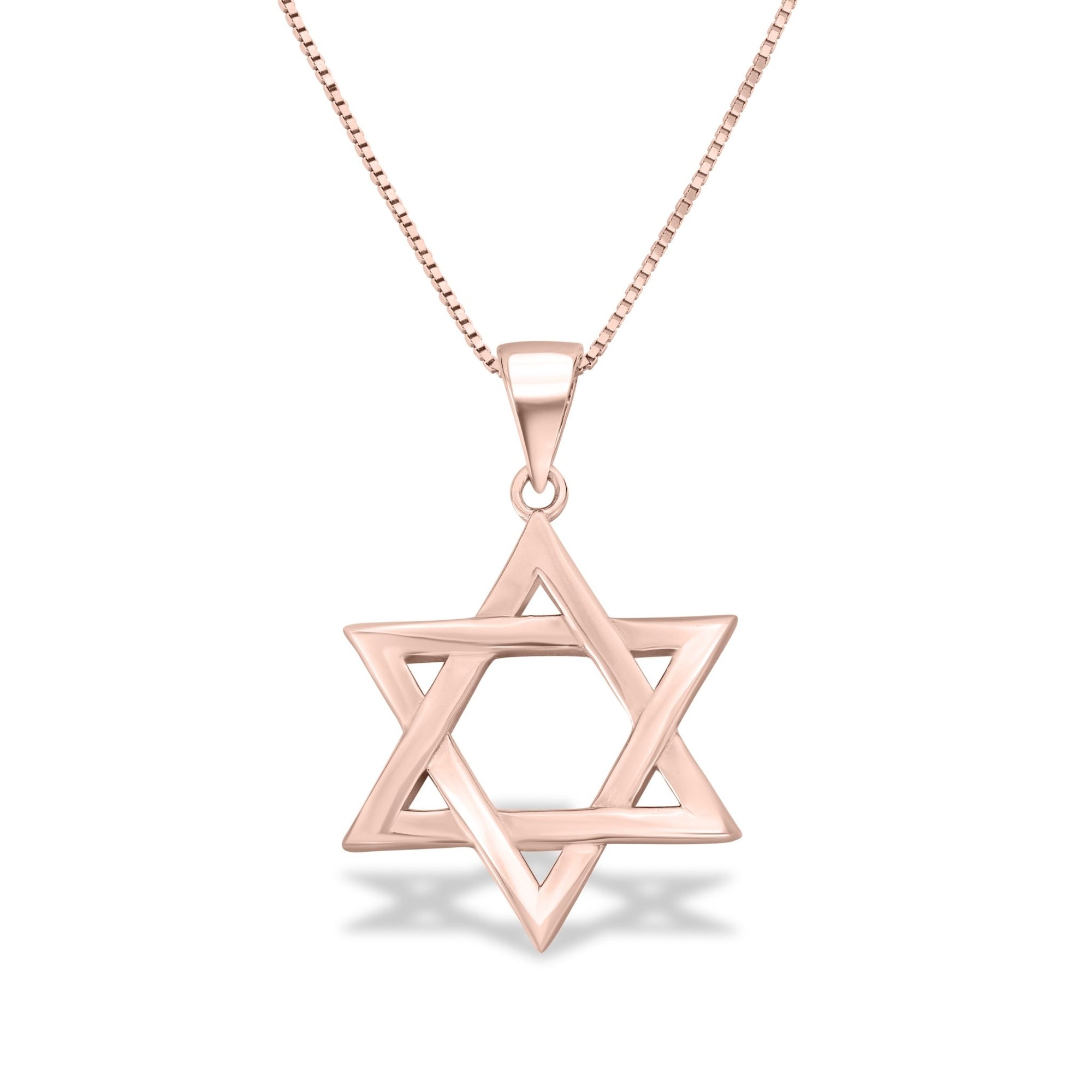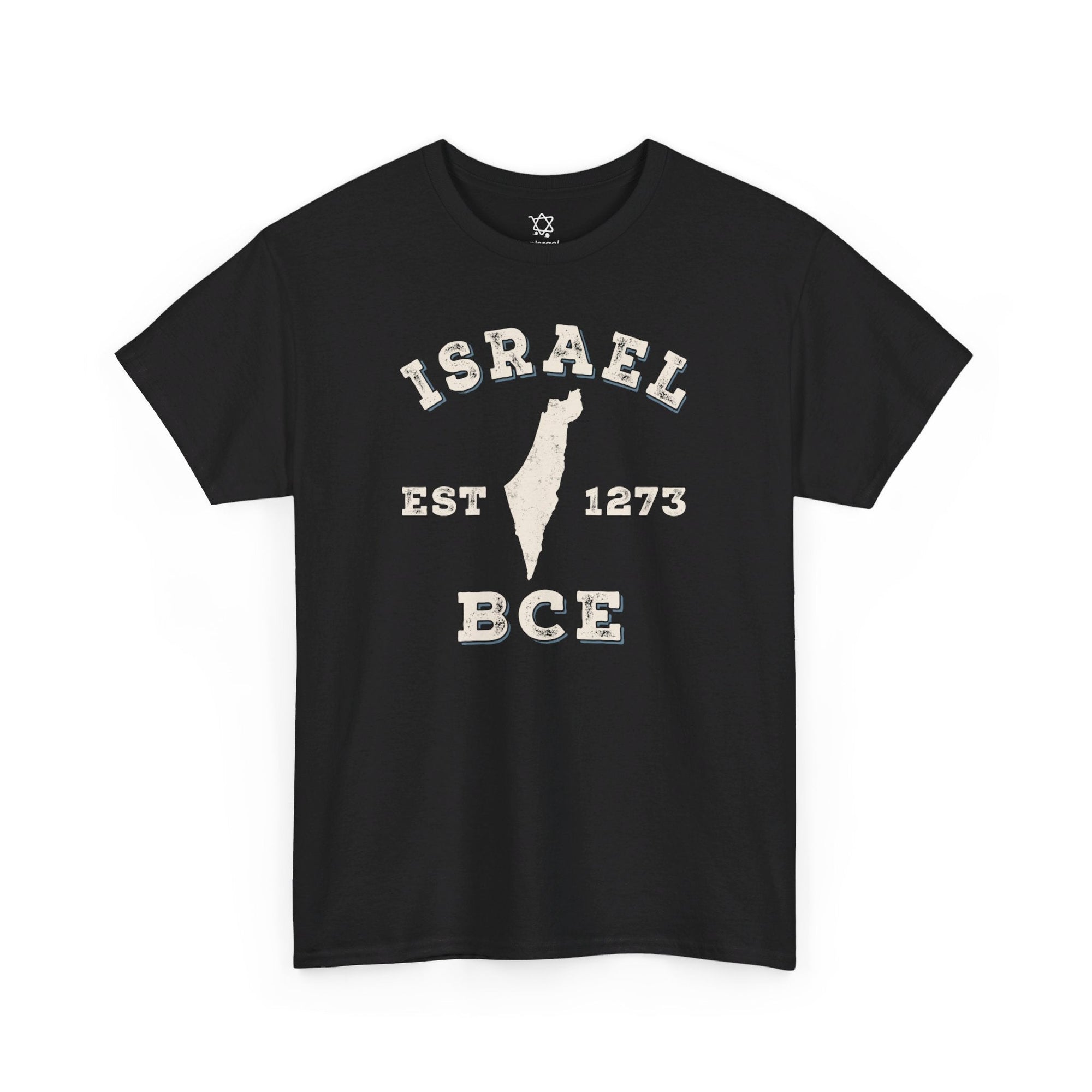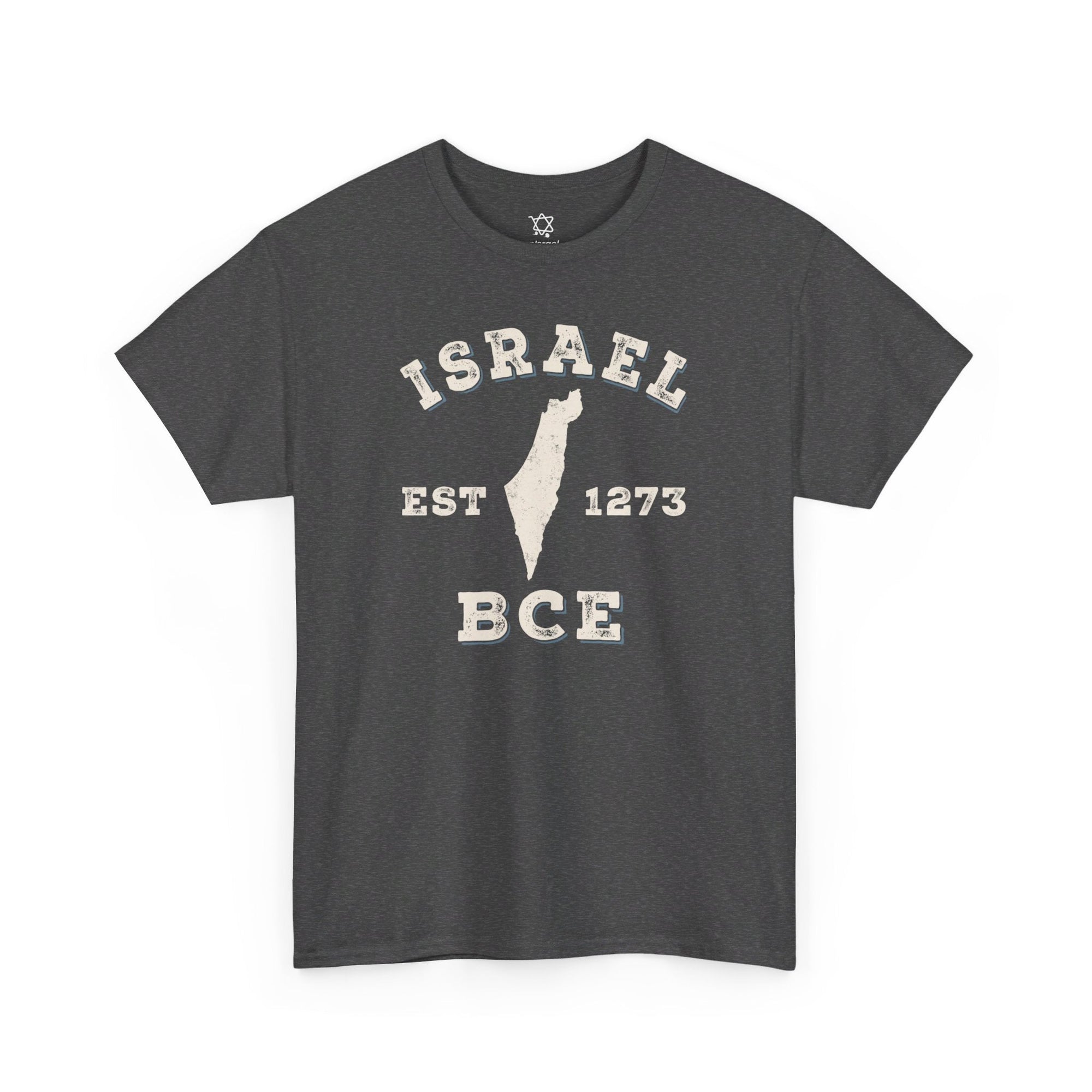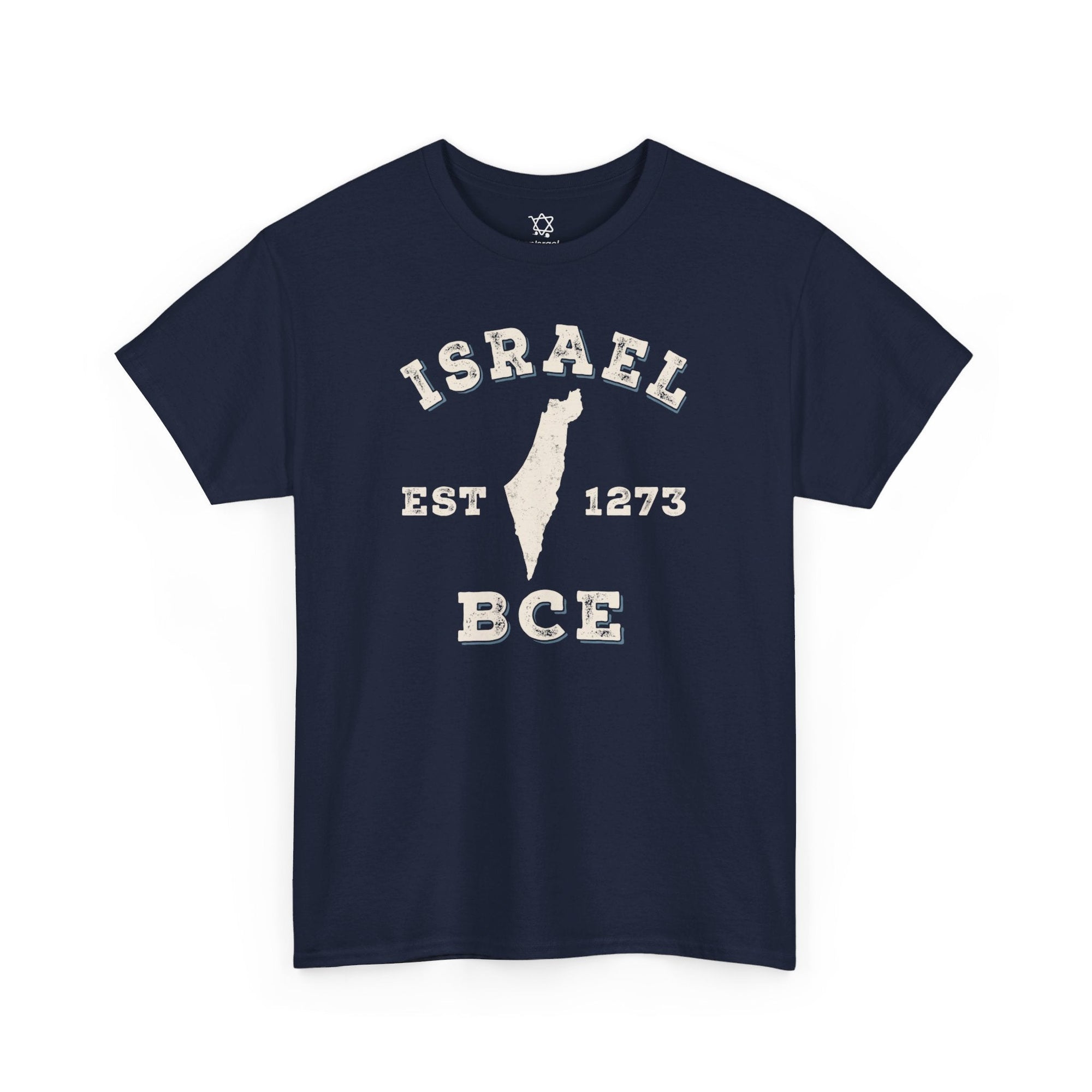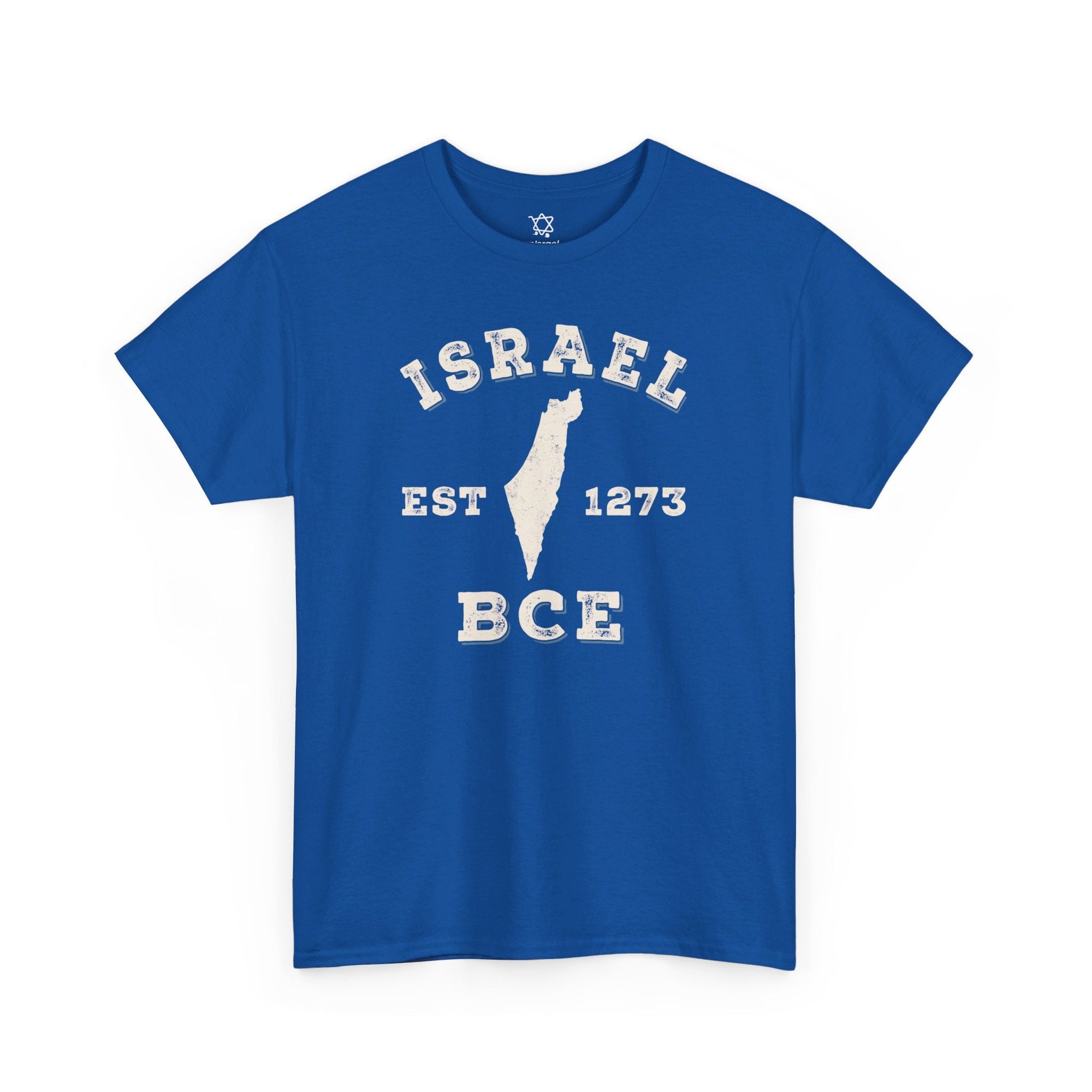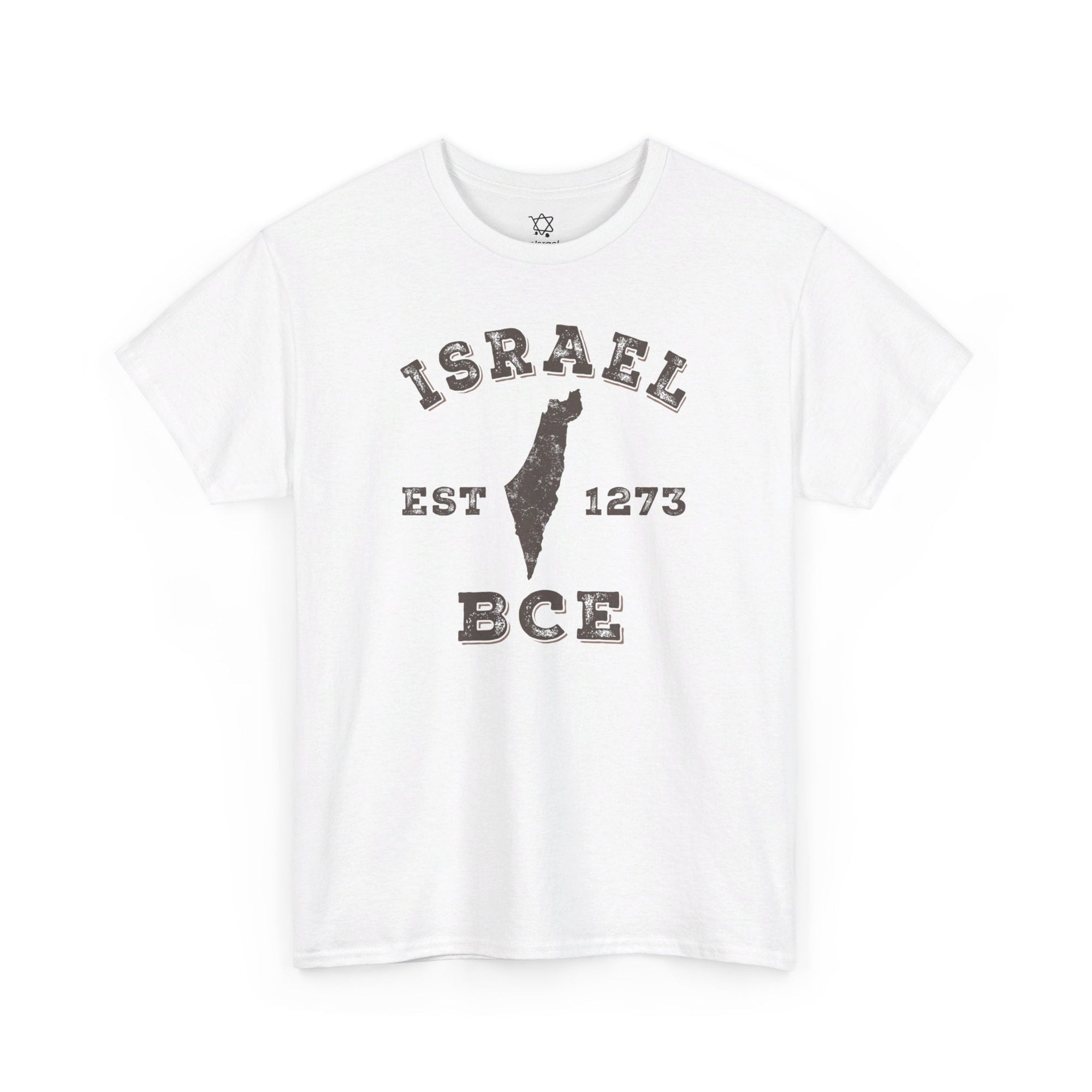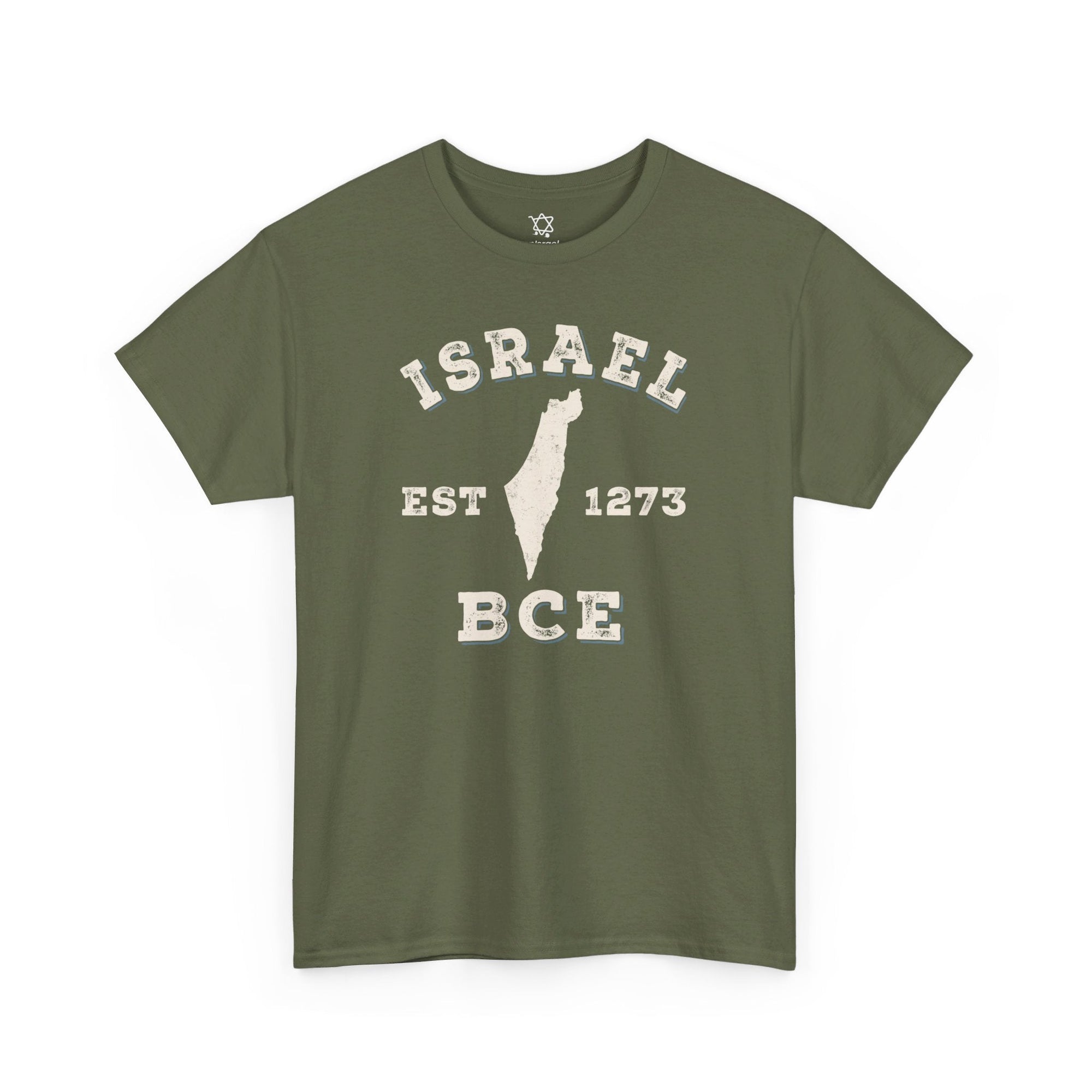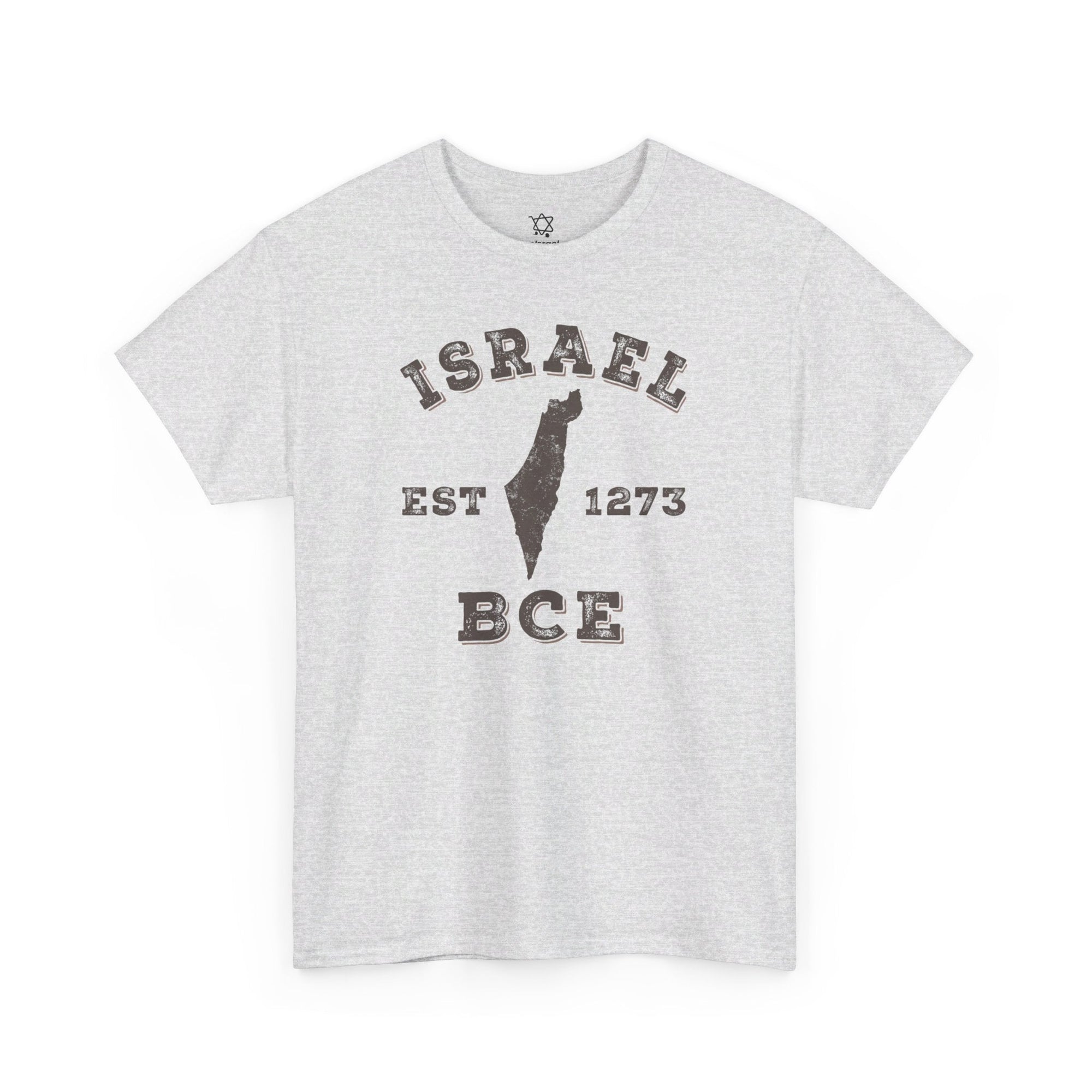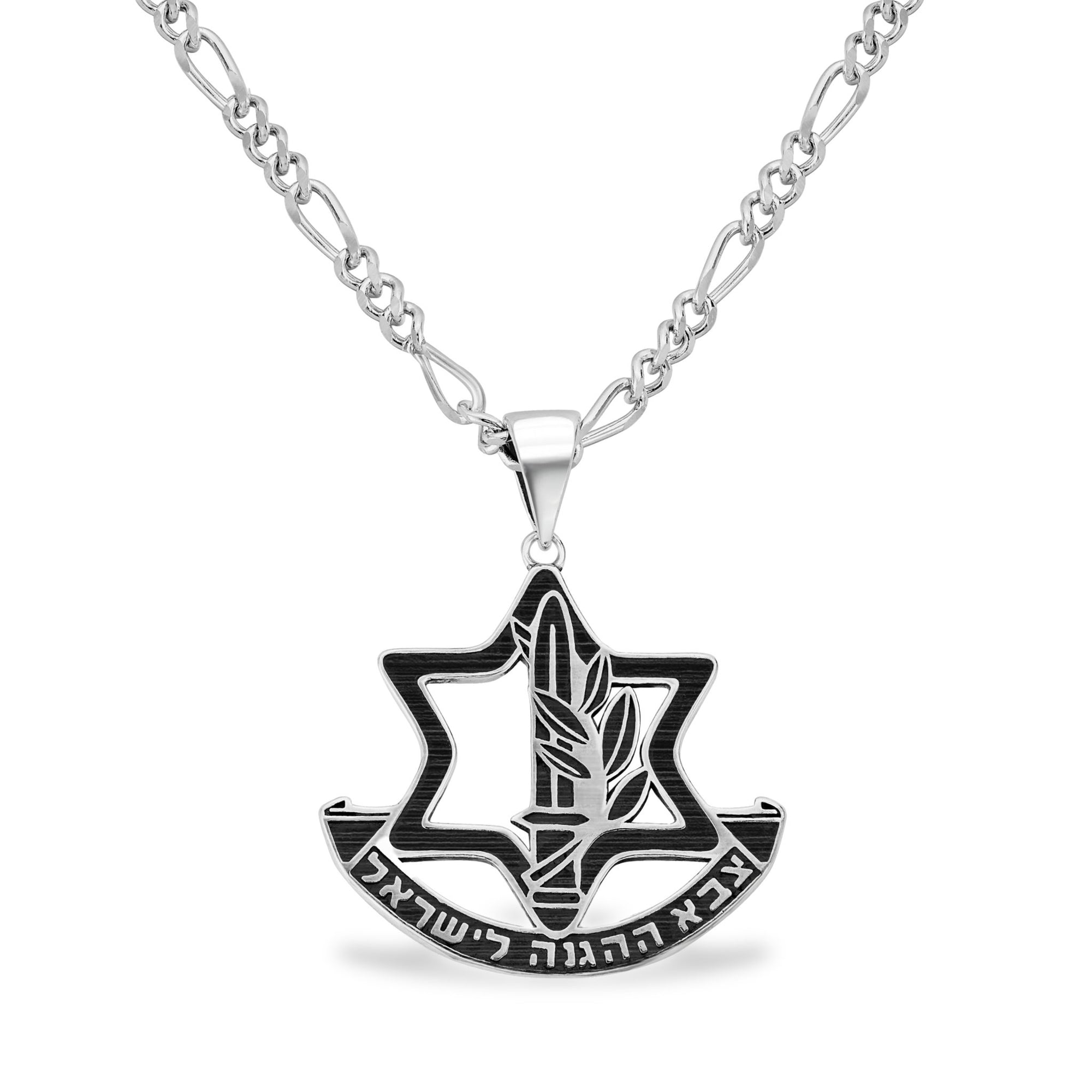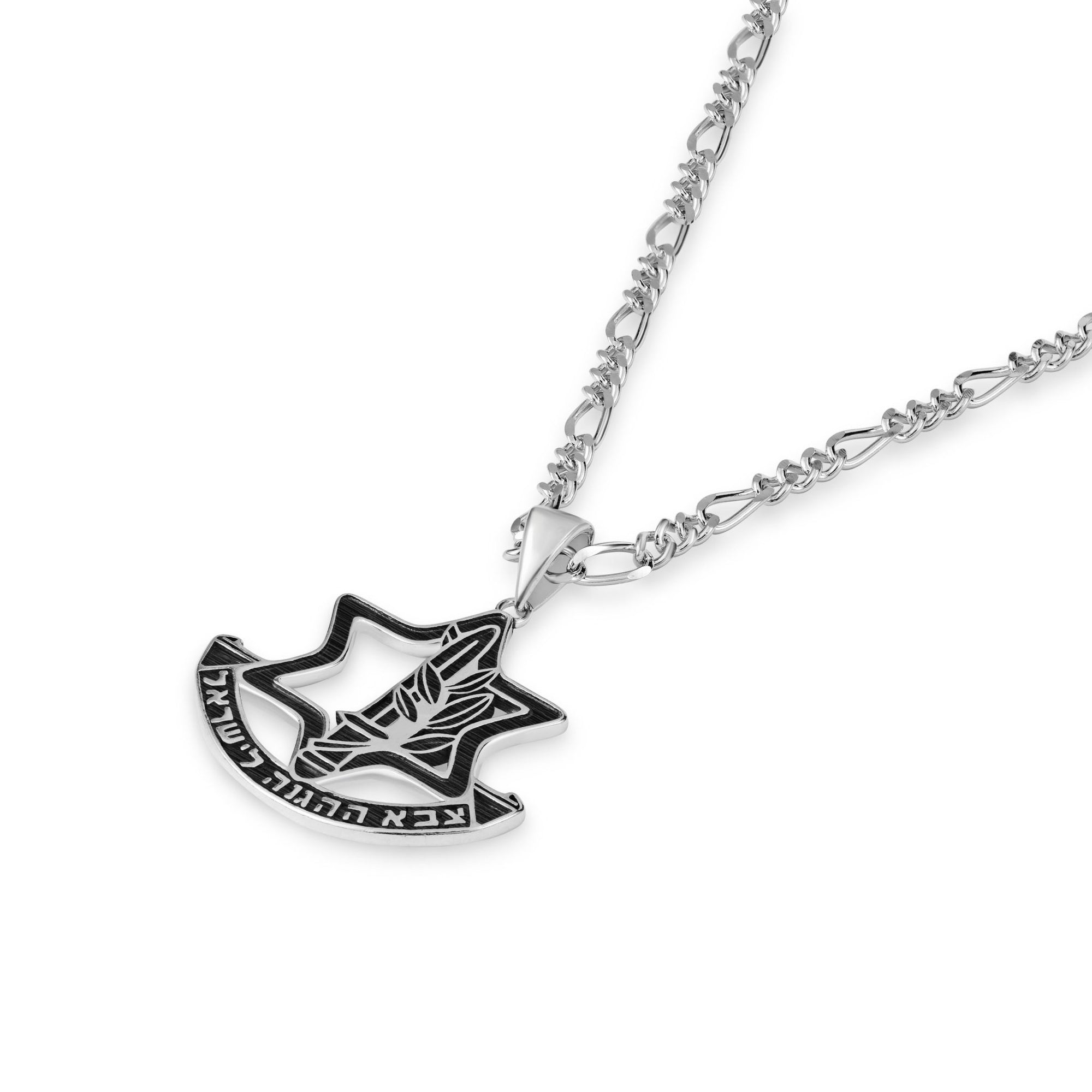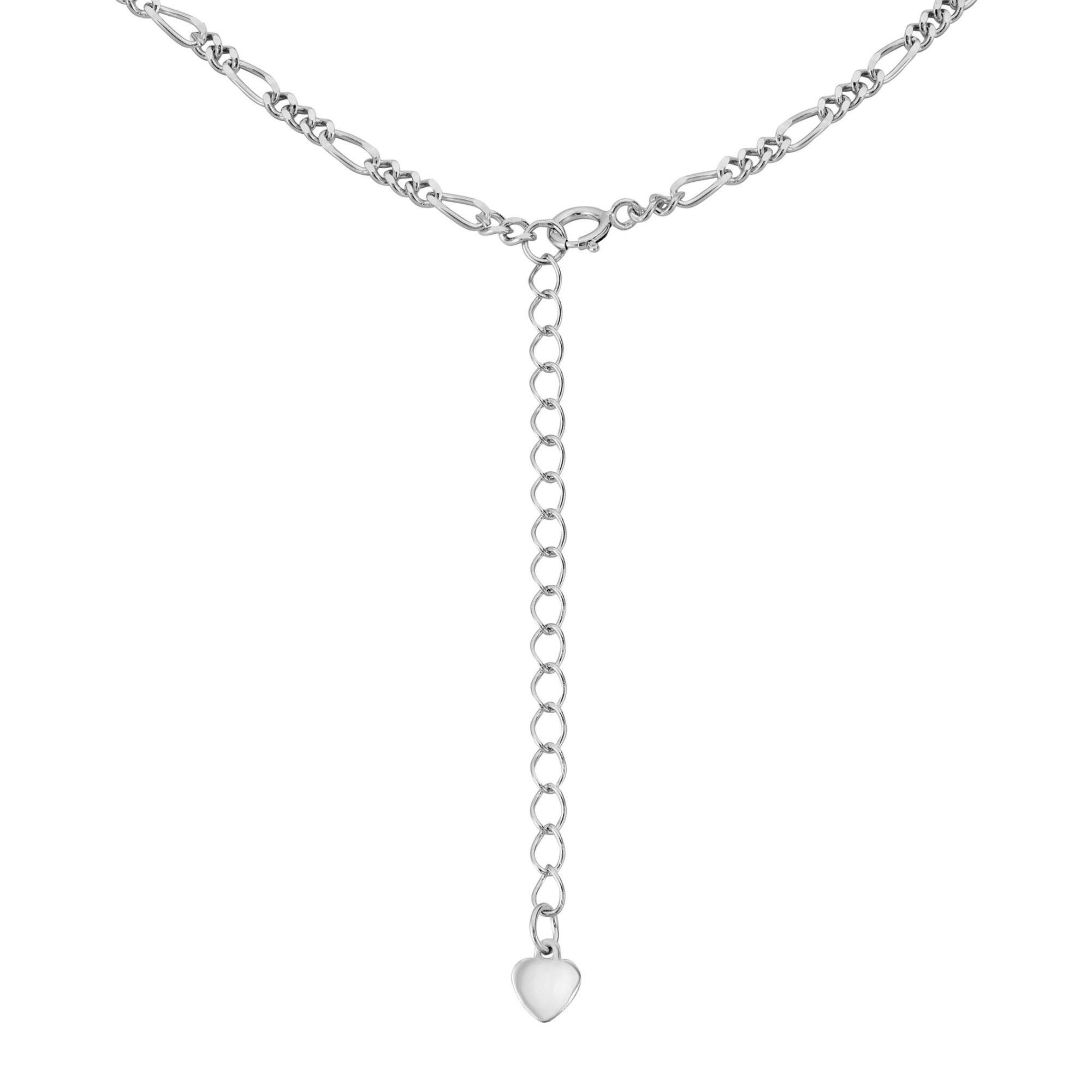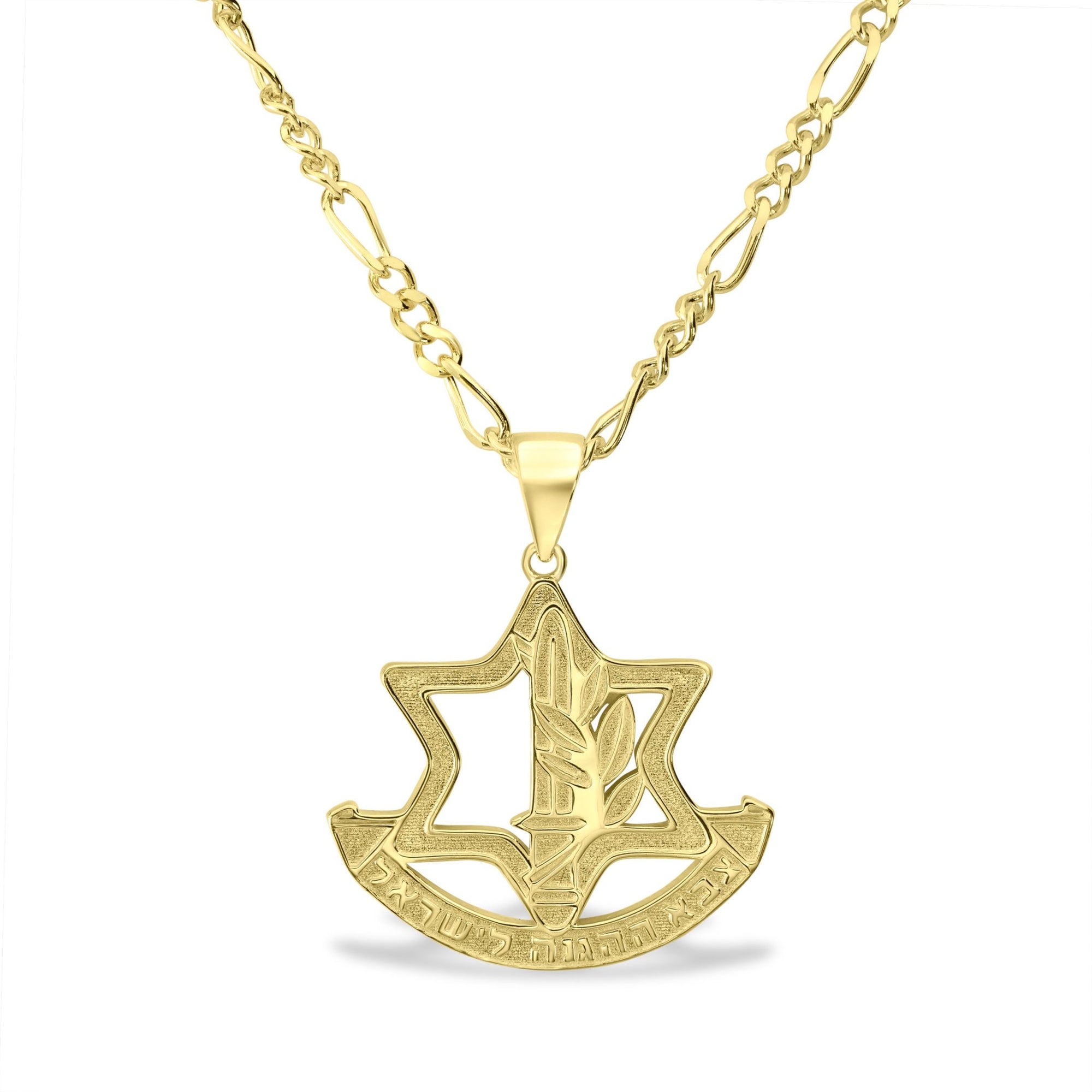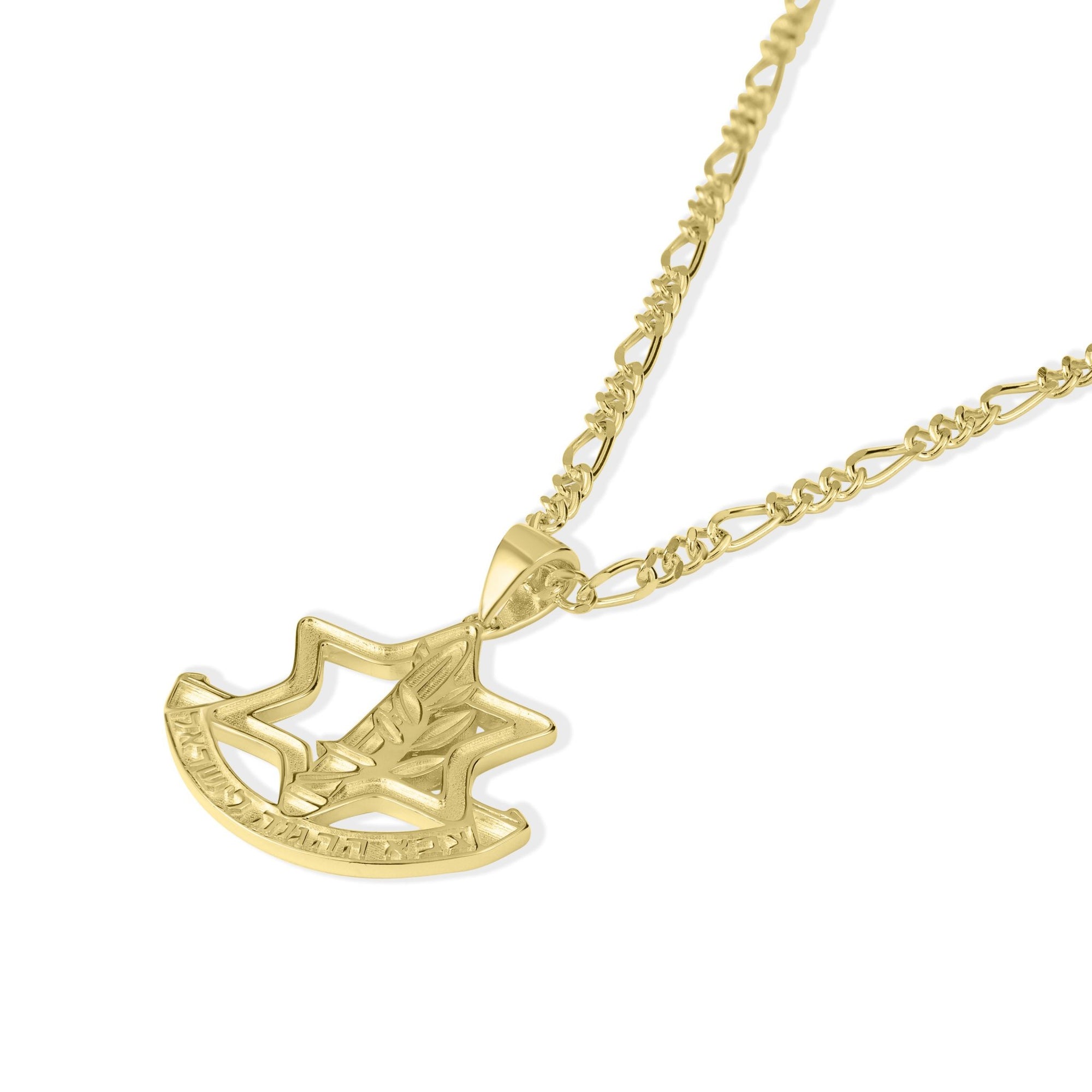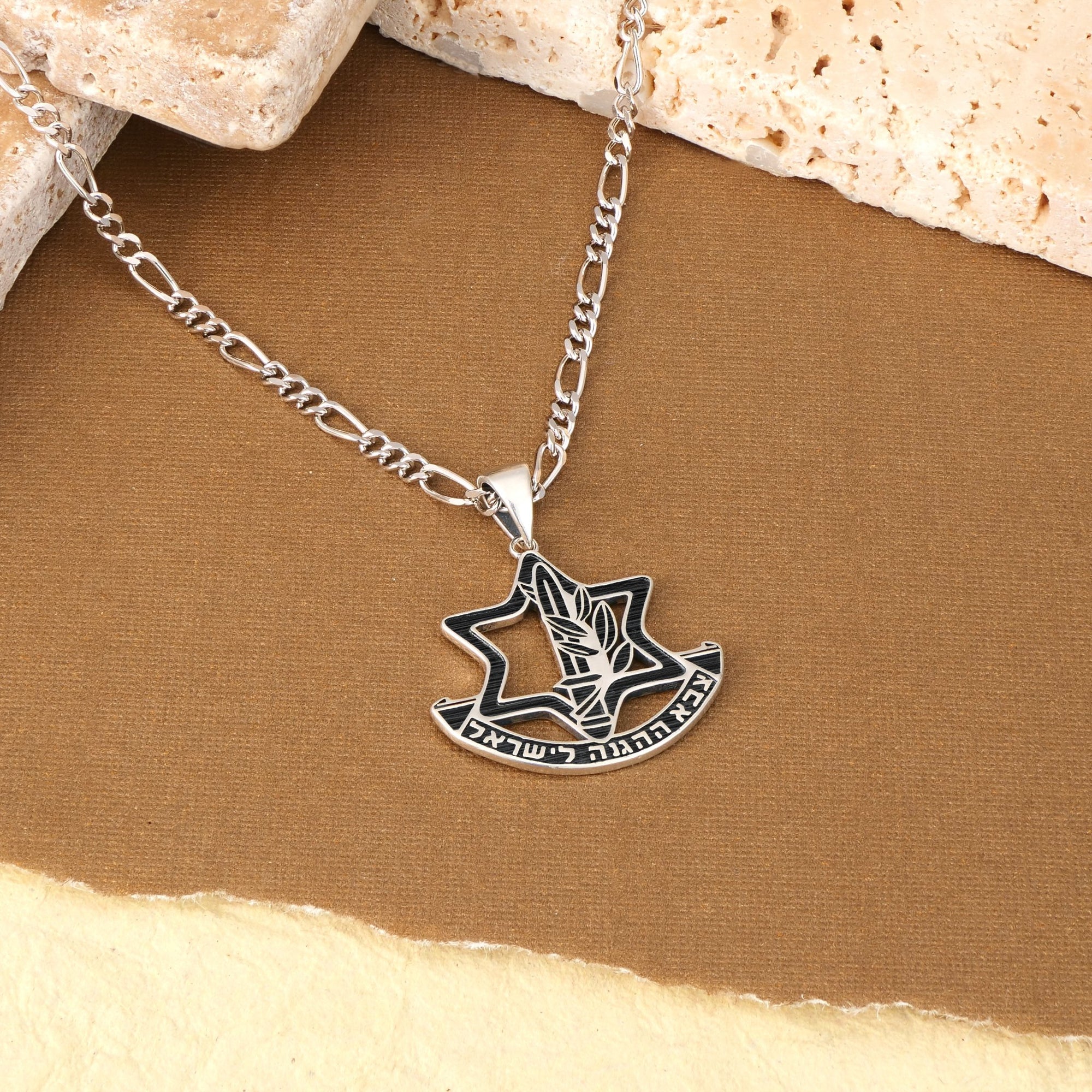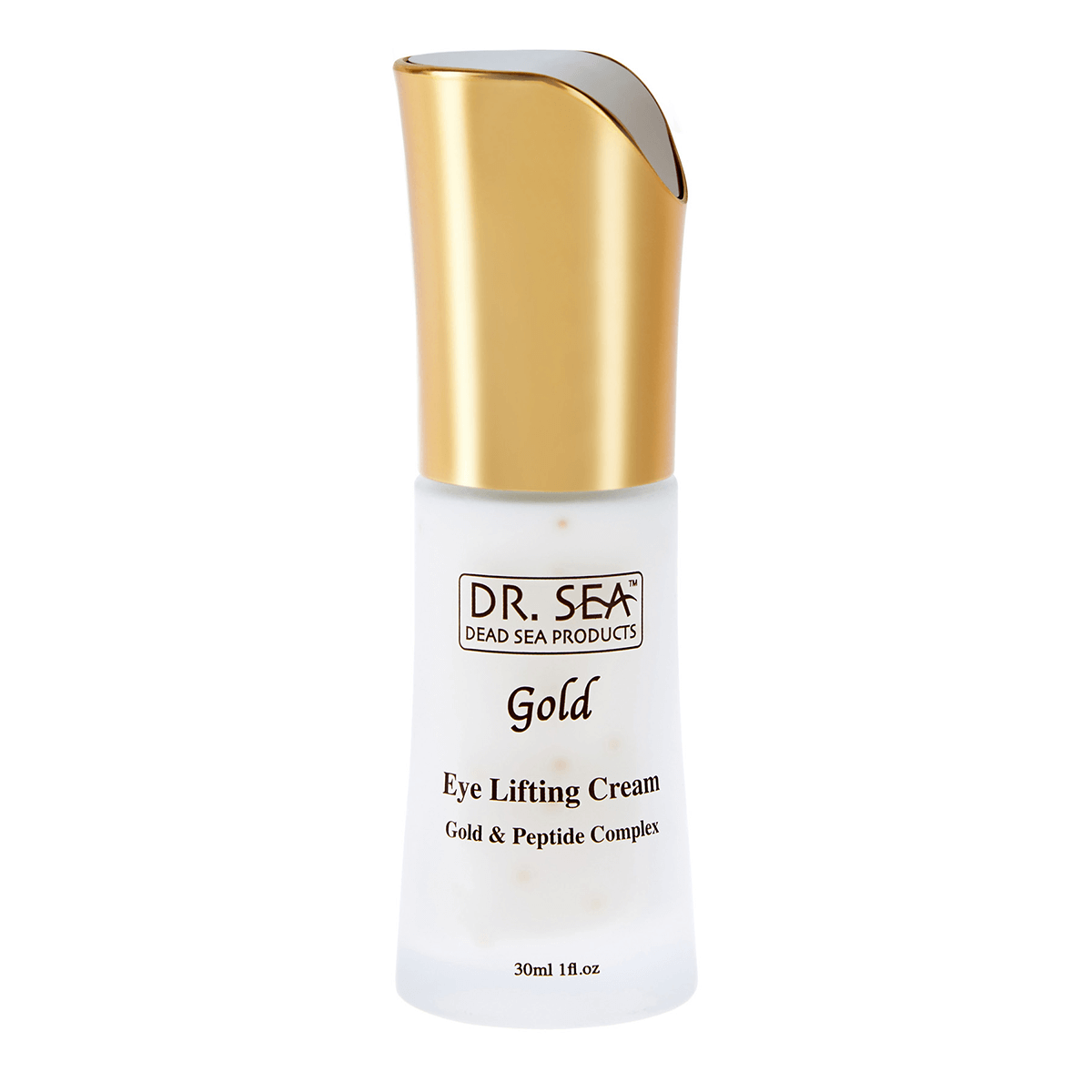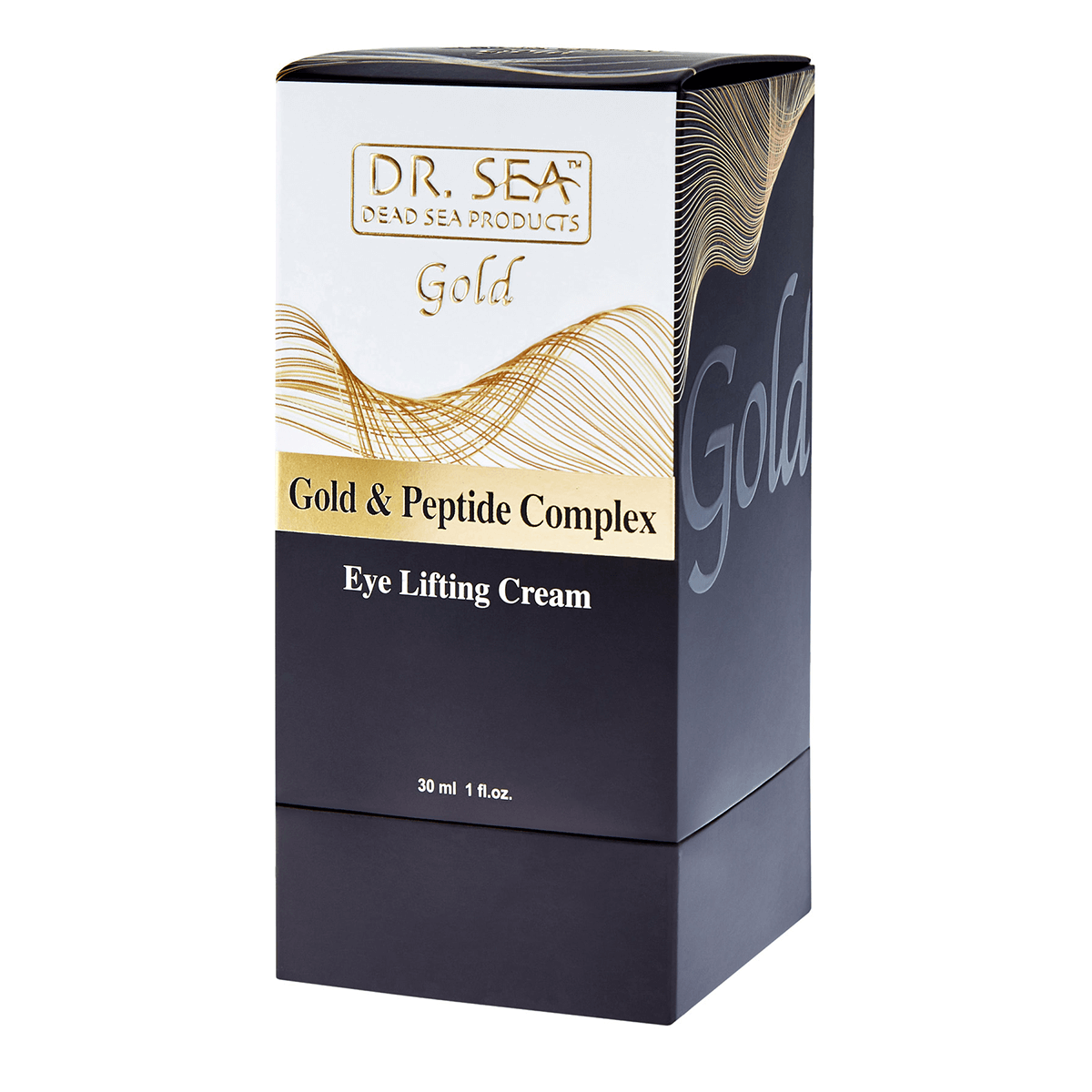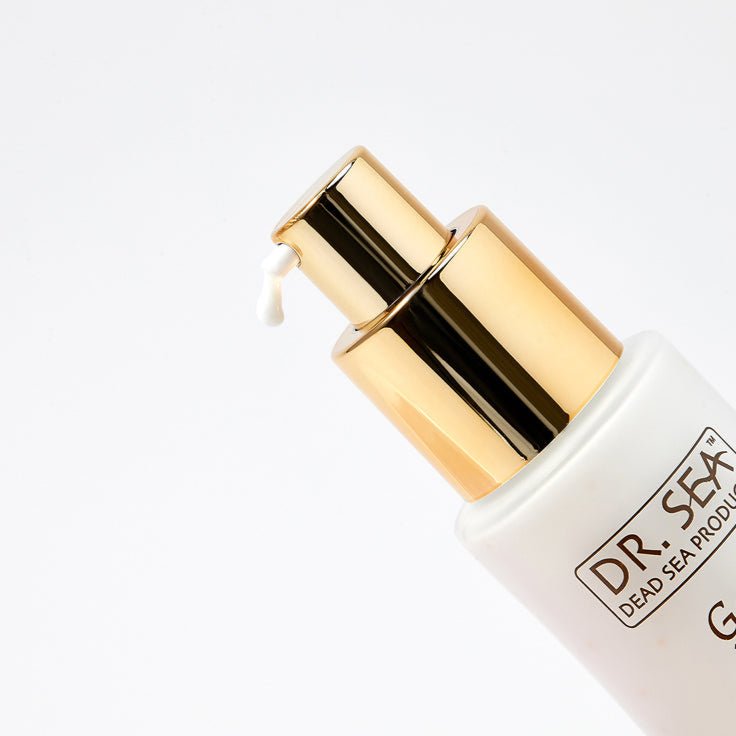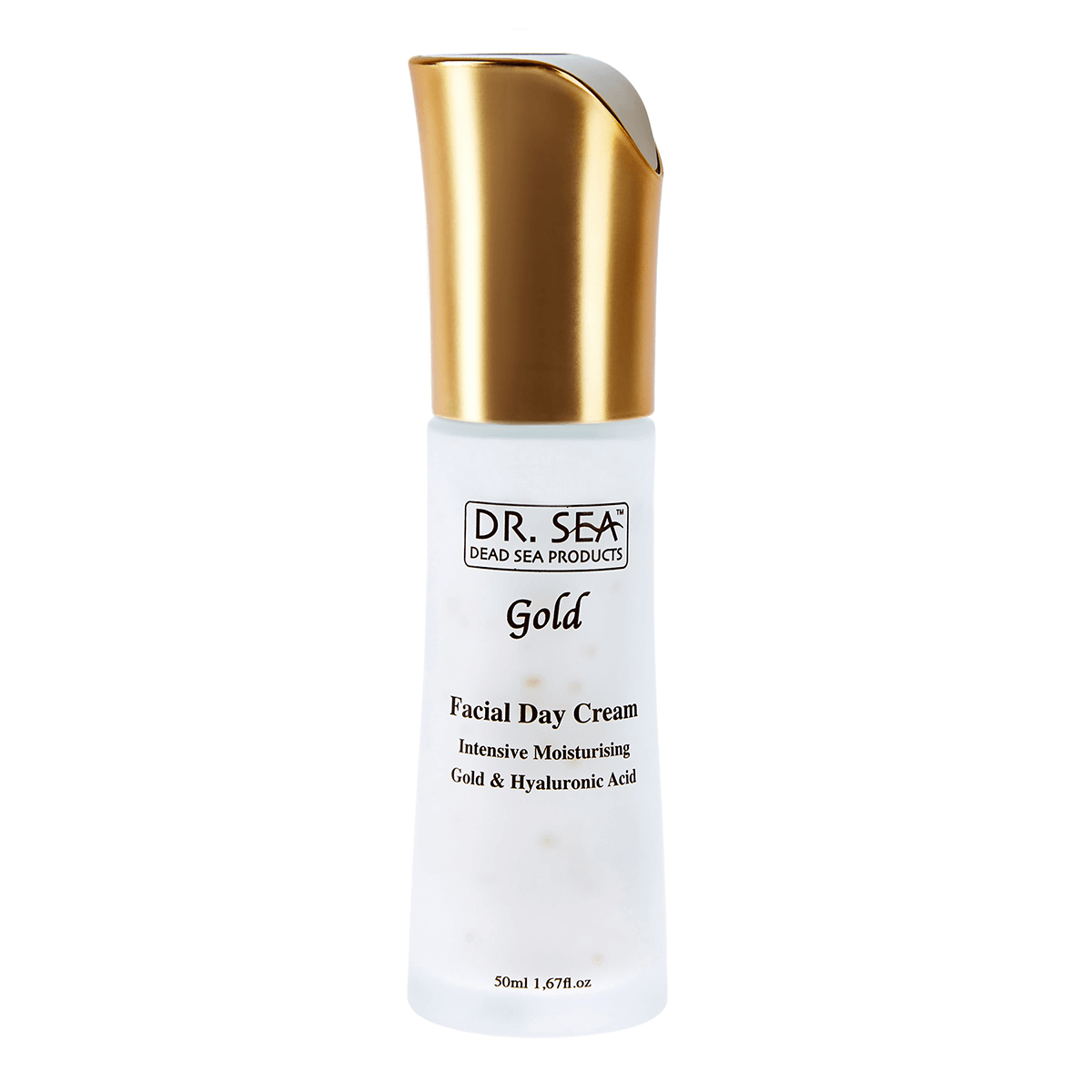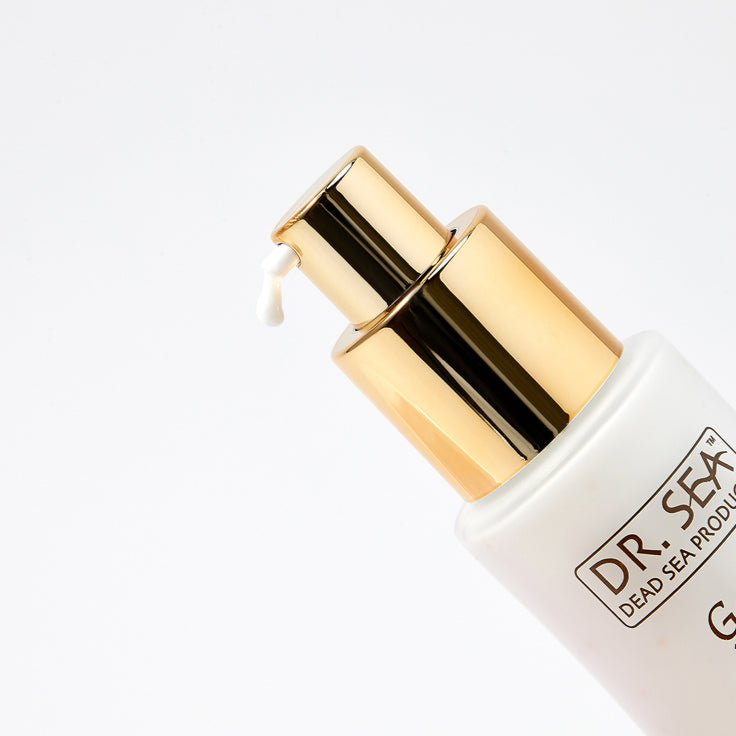A Timeless Call: The Shofar's Past and Present
The shofar, a ritual ram's horn deeply embedded in Jewish tradition, resonates far beyond its ancient origins. Today, it continues to bridge spiritual heritage and contemporary practice, captivating religious communities and cultural enthusiasts alike. This article delves into the multifaceted significance of the shofar, its diverse types and styles, evolving uses, and insights on selecting and caring for these evocative instruments. Whether you're a devoted follower or a new fan drawn to its profound symbolism and craftsmanship, discover how the shofar remains a vibrant emblem of faith and identity in the modern world.
The Cultural and Religious Significance of the Shofar
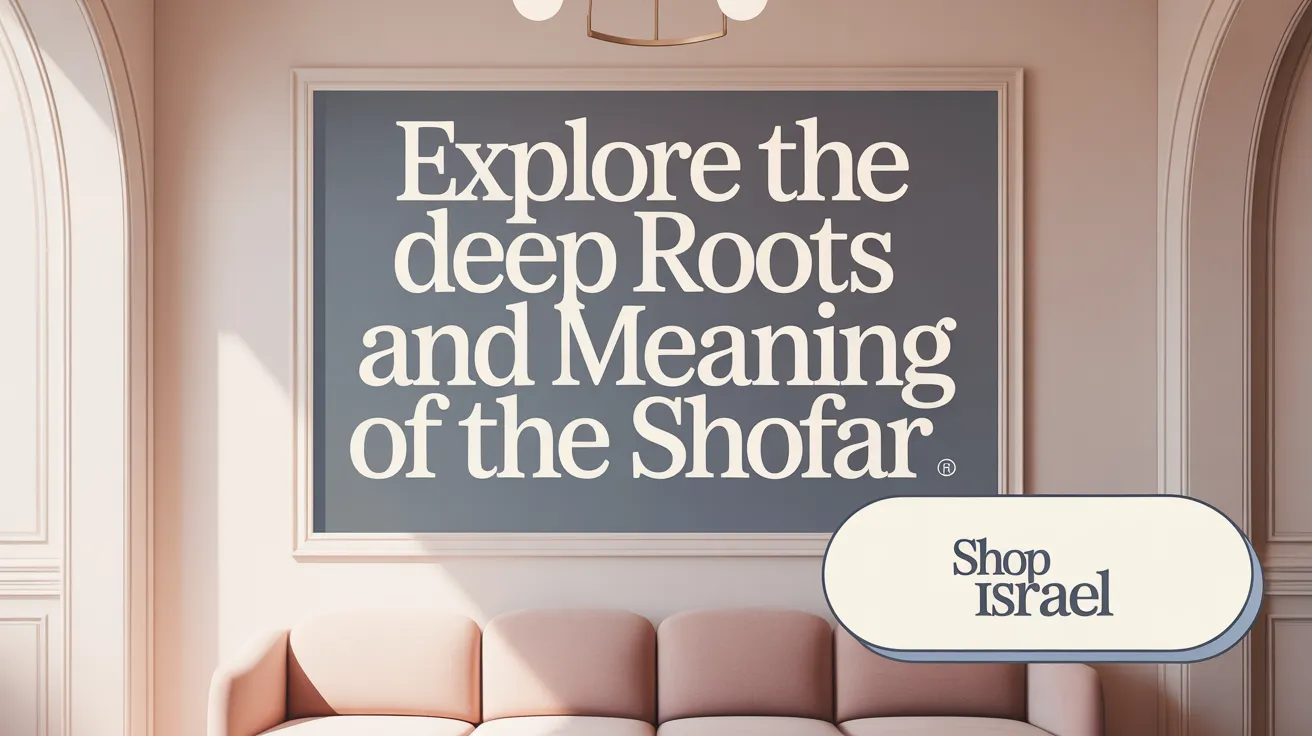
What is the cultural and religious significance of the shofar?
The shofar holds a special place in Jewish tradition, symbolizing a direct connection between the divine and the faithful. It is crafted from animals like kudu, ram, and others, often in Israel, ensuring authenticity and adherence to religious standards. These shofars are available in various sizes and polished finishes, enhancing their beauty and sound quality.
The sound of the shofar is central to many Jewish rituals, especially during Rosh Hashanah and Yom Kippur. Its blasts serve to awaken spiritual consciousness, prompting reflection, repentance, and renewal. The specific sounds called for in Jewish law, or halacha, are designed to evoke deep moral and spiritual awakening. Customer reviews praise the craftsmanship and authentic sound, emphasizing their importance in religious ceremonies.
Historically, the shofar is tied to significant biblical events such as the giving of the Torah at Mount Sinai and the Binding of Isaac. It also commemorates moments like the Jubilee Year and various acts of national significance, including declarations of independence and times of war. These occasions highlight its use as a reminder of divine proclaims and divine justice.
Overall, the shofar functions as a multi-layered symbol. It is a call for justice and mercy, a reminder of God's covenant, and an invitation for moral and spiritual growth. The natural and humble horn embodies humility and divine creation, making each blast a meaningful act of faith and tradition.
| Aspect | Description | Significance |
|---|---|---|
| Material | Kudu, ram, other animals | Ensures authenticity and adherence to religious law |
| Occasions | Rosh Hashanah, Yom Kippur, holidays | Calls for repentance and spiritual awakening |
| Biblical ties | Sinai, Isaac | Connects modern practice with biblical history |
| Modern use | Ceremonial, ceremonial, celebratory | Reinforces cultural identity and religious devotion |
Traditional and Modern Uses of the Shofar in Celebrations and Observances
What are the traditional and modern uses of the shofar in celebrations and religious observances?
The shofar holds a central place in Jewish religious practice, especially during key holidays like Rosh Hashanah and Yom Kippur. Traditionally, it is blown during these times to awaken spiritual consciousness, mark the beginning of the new year, and call for reflection and repentance. This ritual sound, often made from kudu, ram, or other kosher animals sourced from Israel, signifies a divine summons and a reminder of spiritual duties.
Historically, the shofar was also used in biblical times for practical purposes such as warning of war, announcing significant events, and during ceremonies in the ancient Temple in Jerusalem. Its loud, piercing tone served to gather communities and send signals during critical moments.
Today, the shofar continues to be a vital component of religious services on Rosh Hashanah, maintaining its spiritual significance. Beyond its religious roots, the shofar has expanded into a cultural symbol. It features in concerts, interfaith gatherings, and public ceremonies, emphasizing its versatility and enduring relevance.
Many of these shofars are crafted with meticulous attention to craftsmanship and sound quality. Buyers often select from a variety of sizes, animal types, and polishing finishes for their shofar, supporting authentic rituals and aesthetic preferences. Customer reviews frequently mention the authentic sound and high-quality craftsmanship, affirming the shofar’s importance in both spiritual and cultural contexts.
In modern settings, the shofar also appears in music, movies, and national celebrations, symbolizing victory, heritage, and unity. Its use in diverse contexts highlights the blend of tradition and innovation, keeping this ancient instrument alive in contemporary culture.
| Use Contexts | Examples | Significance |
|---|---|---|
| Religious rituals | Rosh Hashanah, Yom Kippur | Spiritual awakening, tradition |
| Historical uses | Biblical times | Announcements, ceremonial signals |
| Cultural and educational | Concerts, interfaith events | Promoting heritage, shared values |
| Public and national ceremonies | Festivals, TV shows | Symbols of unity and identity |
Exploring the Diverse Types and Styles of Shofars

The variety of shofars available today reflects the rich diversity of Jewish traditions and regional influences around the world. These ancient ceremonial instruments come in different materials, shapes, and finishes, each with its unique sound and cultural significance.
Materials and Animal Origins Most shofars are crafted from the horns of kosher animals, primarily kudu, ram, or other species. Kudu horns are prized for their deep, resonant sound and often come with polished and decorative finishes. Ram's horns are common and easily available, frequently used in many communities for Rosh Hashanah and other holidays.
Ram's Horn versus Kudu and Other Types Ram's horns tend to be shorter, curved, and produce a strong, straightforward sound suitable for community calls and traditional rituals. Kudu horns are usually longer, sometimes twisted or spiraled, offering a more profound and melodious tone. Meanwhile, other species like wild goat or cow horns are also used, with each material influencing the tone and ceremonial use.
Regional Variations in Styles Different Jewish communities have unique styles, shaped by tradition and regional history.
- Ashkenazi and Sephardic traditions often use smaller, simpler ram's horns, with a focus on clarity and volume.
- Yemenite Jews favor longer, spiral kudu horns that produce a deep, resonant sound.
- Moroccan shofars tend to be flat and unpolished, with historical ties to concealment during times of persecution.
- Israeli shofars aim for versatility and affordability, producing various sounds and often designed with modern craftsmanship.
Shapes and Artistic Styles Shofars come in many shapes, including straight, bent, twisted, or spiral forms. These shapes can affect the sound quality and practical handling during ceremonies.
Decorative options include polished, silver-plated, or hand-painted shofars that add aesthetic value. Some adorned shofars are more suited for display or special occasions but may not always meet kosher standards.
| Material | Origin | Shape | Typical Use | Additional Details |
|---|---|---|---|---|
| Ram Horn | Israel, worldwide | Straight, curved | Daily religious use, Rosh Hashanah, holidays | Common, versatile, produced for affordability |
| Kudu Horn | Africa, Israel | Twisted, spiral | Yemenite, special ceremonial occasions | Deep sound, often handcrafted |
| Moroccan Horn | Morocco | Flat, unpolished | Traditional, concealment during persecution | Historical and cultural significance |
| Decorated Horns | Various regions | Various | Festive or display purposes | Silver-plated, hand-painted options |
Choosing a shofar depends on community customs, purpose, and personal preference. Authentic, high-quality shofars are marked as kosher and often explicitly state their origin from Israel, ensuring both religious conformity and genuine craftsmanship.
Authenticity Matters: Kosher Certification and Israeli Craftsmanship

Why is kosher certification important for shofars?
Kosher certification guarantees that the shofar meets strict Jewish laws and standards, ensuring its religious suitability. It assures buyers that the product has been processed and produced according to kosher guidelines, which is essential for use in religious rituals.
Where do these shofars come from and how are they made?
Most shofars offered on the website originate from Israel. They are crafted from natural materials like kudu and ram horns, often selected for their size and tone quality. The manufacturing process involves skilled craftsmanship, with attention to polishing and tuning to produce clear, resonant sounds suitable for ceremonial use.
How do craftsmanship and sound quality reflect their value?
High-quality shofars are distinguished by their smooth finish, polished surface, and the richness of their sound. These features indicate careful craftsmanship, making them visually appealing and functionally effective for calls during Rosh Hashanah and other holidays.
Why is kosher status important for religious rituals?
Shofars used in Jewish traditions must be kosher certified to be valid for religious purposes. This certification confirms the horn has been obtained and processed according to religious laws, allowing it to be used in worship and ceremonial events.
What do customer reviews reveal about these shofars?
Customers consistently praise the authenticity and traditional craftsmanship of the shofars. Many highlight the impressive sound quality and the visual beauty of the polished horns, reinforcing their cultural and religious significance. This feedback underscores the trust in the products’ genuine origin and suitability for sacred observances.
Below is a summary table comparing various aspects of these official shofars:
| Aspect | Description | Additional Details |
|---|---|---|
| Certification | Kosher from Israel | Ensures religious compliance |
| Material | Kudu, ram, and other animal horns | Selected for size, sound, and tradition |
| Location of origin | Israel | Authentic source emphasizing cultural heritage |
| Sound quality | Clear, resonant, traditionally tuned | Suitable for rituals and celebrations |
| Craftsmanship | Polished, smooth, carefully shaped | Reflects skill and attention to detail |
| Customer feedback | Positive reviews affirm authenticity and quality | Reinforces trust and cultural relevance |
Choosing a kosher-certified shofar from Israel not only meets religious requirements but also ensures the product's authenticity, durability, and excellent sound—making it an essential part of holiday celebrations.
Sound Quality and Craftsmanship: What to Expect from a Premium Shofar

How does the material and size influence the sound of a shofar?
The choice of material, such as kudu or ram horn, greatly impacts the sound produced by a shofar. Horns from kudu typically yield a deeper, richer tone, while ram horns may produce brighter, more piercing sounds. Additionally, the size of the shofar plays a crucial role; larger horns tend to produce more resonant and powerful notes, making them ideal for ceremonial use during Rosh Hashanah and other holidays.
What crafting techniques affect the acoustic properties?
Skilled craftsmanship involves precise hollowing, polishing, and sometimes tuning of the horn. Artisans carefully carve and smooth these elements to optimize sound quality. Polishing not only enhances appearance but also influences acoustics by ensuring the air-flow within the horn is unobstructed, resulting in clearer, more vibrant sounds.
How do artisans balance aesthetics and function?
While visual appeal is important, a premium shofar must also deliver superior sound quality. Artisans often incorporate aesthetic details like decorative carvings or polished finishes without compromising the horn’s acoustic integrity. Achieving this balance ensures the shofar not only looks beautiful but also performs effectively during religious ceremonies.
In what ways does sound quality elevate religious and ceremonial significance?
The authentic, resonant sound of a high-quality shofar enhances the spiritual experience of its use during Rosh Hashanah and other Jewish holidays. Clear, powerful blasts are symbolic of awakening and spiritual reflection, making the sound an integral part of the rituals.
What do customers say about the sound and craftsmanship?
User reviews frequently highlight the exceptional sound quality and craftsmanship of the shofars they purchase. Customers commend the authentic tones produced, noting their suitability for traditional ceremonies. Many express satisfaction with the craftsmanship, appreciating the attention to detail and the religious authenticity of these shofars directly from Israel.
| Aspect | Description | Customer Feedback |
|---|---|---|
| Material | Kudu, ram, and other horn types influence tone | Praised for rich, authentic sound |
| Size | Larger horns produce more resonant notes | Highly valued for ceremonial impact |
| Crafting Techniques | Precision hollowing and polishing for better acoustics | Appreciated for high craftsmanship quality |
| Aesthetic Balance | Combining beauty with functional sound quality | Customers value the aesthetic appeal and performance |
| Overall Impression | Authentic, clear sound enhancing religious experience | Customers confirm the superior auditory experience |
How to Compare Shofar Products and Accessories Before Purchasing
Evaluating horn material and acoustic effect
When shopping for a shofar, it’s important to consider the type of horn used. Common materials include kudu, ram, goat, and antelope, each producing different sounds and visual appearances. Ram’s horns tend to have a deep, resonant tone suitable for Rosh Hashanah, while kudu horns often produce a brighter, clearer sound. The horn’s material not only influences the acoustics but also its durability and aesthetic appeal.
Natural vs. polished shofars
Shofars are available in their natural, unpolished state or with a high-gloss polish. Natural shofars showcase a rustic, authentic look and may have slight imperfections, whereas polished versions are smooth and shiny, often appearing more refined. Both types are considered kosher as long as they are free from cracks that could affect sound quality.
Kosher status and physical condition criteria
A vital aspect of choosing a shofar is verifying its kosher status. Well-made kosher shofars come from specific animals and are marked accordingly. Inspect the horn for any cracks, breaks, or holes which can diminish sound quality or compromise kosher status. Authentic kosher shofars are often certified and come from Israel, adding to their cultural significance.
Sizing and style considerations
Shofars come in various sizes and styles. To compare effectively, measure the horn along its natural curve to ensure the size matches your preference or ceremonial needs. Styles range from traditional straight or spiral designs to ones with decorative elements. Choosing the right size and style enhances both the visual and auditory experience during religious observances.
Accessories compatibility: stands, cases, and cleaning sets
Many shofars are sold with accessories such as stands, cases, and cleaning tools. Make sure these are compatible with the size and style of your chosen shofar. A sturdy stand helps display the shofar safely, while a suitable case protects it when not in use. Cleaning sets, often included in bundled options, help maintain the horn’s sound quality and appearance over time.
Importance of customer reviews and expert advice
Customer reviews can offer valuable insights into the authenticity, sound quality, and craftsmanship of various shofars. Feedback from those experienced in choosing and using shofars provides practical guidance. Consulting with religious or ceremonial experts can also ensure you select a product that meets your religious and cultural requirements.
Value of bundled sets including cleaning and display items
Opting for bundled sets that include cleaning brushes, display stands, and cases can provide better value and convenience. These packages are especially beneficial for those new to purchasing shofars, ensuring they have all necessary accessories for proper maintenance and display.
| Aspect | Description | Additional Details |
|---|---|---|
| Horn Material | Ram, kudu, goat, antelope | Affects sound and visual look |
| Finish | Natural vs. polished | Polished for shine, natural for rustic appeal |
| Kosher Certification | From Israel, free of cracks | Ensures religious acceptance |
| Size & Style | Length and shape | Spiral, straight, decorative |
| Accessories | Stands, cases, cleaning sets | Compatibility and bundled offers |
| Customer Feedback | Authenticity, sound, craftsmanship | Guides purchasing decisions |
By considering these factors carefully, you can confidently select a shofar that honors tradition, fits your needs, and reflects the quality you desire for your religious celebrations.
Educational Resources on the History and Significance of Shofar Blowing
The shofar holds a deeply rooted place in Jewish tradition and history, serving as a spiritual instrument during significant religious occasions like Rosh Hashanah and Yom Kippur. To fully understand its importance, exploring various educational resources is highly beneficial.
Religious scriptures such as the Bible and the Talmud provide foundational knowledge about the shofar’s origins. These texts describe its biblical role, including its use at Mount Sinai when the Israelites received the Ten Commandments, and its symbolic presence in battles and prophetic messages.
Jewish educational websites and online courses are convenient tools for learning more about the shofar. These platforms offer articles, videos, and interactive lessons that explain the biblical mentions of the shofar. They also discuss its significance in marking the start of the new year and its function as a call to repentance and reflection during the High Holidays.
Museums dedicated to Jewish culture occasionally feature exhibits on the shofar, showcasing its craftsmanship and historical significance. These cultural displays often include historic shofars from Israel, made from kudu, ram, or other animals, illustrating their traditional manufacturing and religious use.
Community workshops and instructional videos by scholars provide practical guidance on how to blow the shofar properly. These resources help individuals understand the techniques involved and appreciate the shofar’s role in religious ceremonies.
Academic and religious lectures delve into the symbolism of the shofar, examining its prophetic meaning and role in Jewish spiritual life. These discussions enhance one's understanding of the shofar as not only a musical instrument but also a profound symbol of divine communication and renewal.
Below is a summary table that categorizes these educational resources:
| Resource Type | Description | Example Topics Covered |
|---|---|---|
| Religious Texts | Biblical and Talmudic references to the shofar | Biblical origins, prophetic symbolism |
| Online Courses & Websites | Articles, videos, educational modules | Significance during holidays, historical context |
| Museums & Exhibits | Displays on craftsmanship and history | Traditional making, cultural importance |
| Instructional Videos & Workshops | How-to guides and practical demonstrations | Technique, community purposes |
| Scholarly Lectures | In-depth analysis of symbolism and tradition | Prophetic messages, spiritual meanings |
For those interested in exploring the profound history and significance of the shofar, searching for “educational content about shofar blowing” online can lead to comprehensive resources. Whether through sacred texts, online courses, or cultural exhibits, these educational tools deepen appreciation for this ancient instrument’s role across Jewish faith and history.
Caring for and Maintaining Your Shofar and Its Accessories
How can I properly care for and maintain a shofar and its accessories?
Proper care and maintenance of a shofar are essential for preserving its sound quality and durability. Regular cleaning involves using a soft brush or pipe cleaner to gently remove dust and debris from the inside. Ensure that you do not submerge the shofar in water, as moisture can damage the horn and affect its sound.
When cleaning, it’s best to let the shofar air out with the mouthpiece down. This helps eliminate any residual moisture and keeps the interior dry. Proper storage is equally important. Keep your shofar in a cool, dry place, away from extreme temperatures, moisture, and direct sunlight. Using a padded case or wrapping it in a soft cloth can provide additional protection from impacts and environmental elements.
Periodic inspections are recommended to detect any signs of cracks, leaks, or other damage. If you notice any issues, consult a specialist for repairs to prevent further deterioration. To naturally remove odors, rinse the shofar with vinegar, lemon juice, or baking soda solutions, or employ odor neutralizers like coffee grounds.
Applying a light coating of natural oil, such as olive oil, inside the horn can help maintain its suppleness. Regularly oiling the shofar prevents cracks and keeps the horn in optimal condition, ensuring it remains functional for many years. Proper storage, gentle cleaning, and routine inspections are crucial steps in caring for your authentic, kosher shofar made from quality materials sourced from Israel.
Merchandise for Contemporary Fans: Beyond the Traditional Shofar
Variety in Kosher Shofars Designed for Modern Buyers
Modern buyers seeking a meaningful connection to tradition can choose from a wide range of kosher shofars sourced directly from Israel. These shofars are made from animals like kudu and ram, ensuring authenticity and adherence to religious standards. The collection caters to diverse preferences, blending traditional significance with contemporary design sensibilities.
Sizes and Polishing Options Appealing to Collectors
Collectors and enthusiasts often look for specific sizes and finishing touches that highlight craftsmanship. Options include various lengths and thicknesses, tailored to suit ceremonial use or personal collection. Polishing techniques range from matte finishes to high-gloss surfaces, enhancing visual appeal and durability.
Inclusion of Accessories Such as Cases and Stands
To complement the shofars, the website offers accessories like protective cases and elegant stands. These enhance the display and preservation of the instrument, making them ideal for both religious use and decorative purposes. Customers often choose these accessories to showcase their shofars with pride.
Decorative and Functional Blends in Modern Products
Some modern shofars incorporate decorative elements, such as engraved details or colored accents, blending religious functionality with aesthetic appeal. This approach appeals to those who desire a spiritual instrument that also serves as a collector’s piece or a decorative item.
Online Shopping Convenience and Authentic Israeli Sourcing
Shopping online guarantees access to authentic Israeli-made shofars, assuring customers of their genuine origin and quality. Clear descriptions, customer reviews, and detailed product images help buyers make informed choices, reinforcing trust in their purchase.
| Product Type | Features | Additional Options |
|---|---|---|
| Kudu Shofars | Rich sound, tradition-specific | Sizes from small to large, polished finishes |
| Ram Shofars | Classic ceremonial sound | Custom engraving, variety in polish styles |
| Accessories | Cases, stands for display | Protective and decorative options |
| Decorative Shofars | Artistic embellishments | Engraving, coloring, blending traditional and modern styles |
Customer Experiences: The Value of Authenticity and Quality in Shofar Selection
Many customers emphasize the importance of genuine craftsmanship when selecting a shofar. Reviews often highlight the superior sound quality, which is crucial during religious ceremonies like Rosh Hashanah. Buyers frequently remark on the clear, resonant notes that only authentic, carefully crafted shofars can produce.
Cultural relevance plays a vital role in customer satisfaction. Shofars from Israel, made from animals like kudu and ram, are especially valued for their tradition and significance. These products are often explicitly marked as kosher and sourced directly from Israel, reinforcing trust and spiritual connection.
Authenticity significantly impacts spiritual practice. Customers trust that genuine kosher shofars uphold religious standards, ensuring their use during sacred times remains valid and meaningful.
Positive reviews frequently reinforce the quality and authenticity of the shofars, boosting confidence among prospective buyers. Many mention that their purchase met or exceeded expectations, affirming the importance of authentic sources.
In today’s market, buyers are shaping their expectations around detailed descriptions, polished craftsmanship, and tradition. The combination of authentic materials and superior sound quality is essential for those seeking a meaningful religious experience.
| Aspect | Customer Feedback | Additional Details |
|---|---|---|
| Sound Quality | Praised for clarity and resonance | Many describe it as perfect for holiday rituals |
| Craftsmanship | Noted for polished finish and durability | Made from high-quality animal horns |
| Cultural Relevance | Authentic Israeli origin enhances trust | Crocuses to traditional practices |
| Purchase Confidence | Reinforced by positive reviews | Authenticity ensures religious compliance |
| Market Expectations | Customers seek verified authenticity | Detailed product info influences decisions |
Shofar Accessories: Enhancing Display and Usability
What are the different varieties of shofar stands and display cases?
Shofars are often showcased with specially designed stands and display cases that highlight their beauty and craftsmanship. These include elegant wooden stands, velvet-lined cases, and ornate holders that accommodate various sizes and shapes. Such accessories not only protect the shofar but also serve as decorative pieces for homes or synagogues.
What materials are used and what are the aesthetic styles?
Shofar stands and cases are crafted from materials like wood, acrylic, and metal. Wooden options range from polished mahogany to lighter cedar, often carved or finished with fine details. Acrylic and glass cases provide a modern touch while keeping the shofar visible. Aesthetic styles vary from traditional to contemporary, catering to diverse tastes.
What practical tools are available, such as cleaning brushes and protective covers?
Maintaining the quality of a shofar involves specific cleaning and protection tools. Soft brushes help clean the internal and external surfaces without damaging the material. Protective covers made of soft fabric or leather guard the shofar during transport and storage, preserving its sound quality and appearance.
How do accessories match the size and style of the shofar?
Accessories are typically chosen based on the size and shape of the shofar. Larger kudu or ram shofars require sturdier stands, while smaller or more intricate pieces might be paired with delicate holders. Matching the aesthetic style—whether traditional or modern—enhances the overall display and usability.
What about gift sets and bundled merchandise?
Many providers offer bundled sets that include a shofar with its matching display stand, cleaning tools, and protective covers. These make thoughtful gifts for holidays like Rosh Hashanah, emphasizing the cultural and religious importance of the shofar while offering comprehensive care accessories.
| Accessory Type | Material Options | Typical Use | Additional Features |
|---|---|---|---|
| Stands | Wood, acrylic, metal | Displaying and supporting the shofar | Decorative, adjustable, sturdy |
| Display Cases | Glass, acrylic, wood | Protecting and showcasing the shofar | Lockable, with interior padding |
| Cleaning Brushes | Soft bristles, wood or plastic | Cleaning the shofar without damage | Small size, ergonomic handles |
| Protective Covers | Leather, fabric | Protecting during transport and storage | Soft lining, personalized options |
| Gift Sets & Bundles | Mixed accessories | Holiday gifts and presentations | Convenient, well-packaged for gifting |
The Role of Sound in Connecting Past and Present
How does the sound quality of shofars invoke spiritual and historical resonance?
The sound of a shofar is deeply rooted in Jewish tradition, serving as a call to reflection, repentance, and renewal. High-quality shofars, crafted with care and precision, produce a clear and resonant sound that echoes the ancient rituals of Rosh Hashanah and Yom Kippur. This authentic sound connects worshippers with generations of ancestors who also used shofars to mark sacred moments. The tonal clarity and richness of well-made shofars can evoke a sense of continuity, making the spiritual experience more profound.
What are the differences in sound styles among various shofar types?
Shofars come from different animals—like kudu, ram, and others—and each produces a distinct sound profile. Ram's horn tends to have a strong, bold tone, suitable for marking celebrations and calls to worship. Kudu horns are celebrated for their smooth, melodic notes that evoke a more reflective and meditative atmosphere. The shape, size, and polishing process also influence the tonal quality, making each shofar unique. These variations allow worshippers to choose a horn that best resonates with their spiritual expression.
How does listening to a shofar serve as meditation or reflection?
Focusing on the sound of a shofar can create a meditative experience. Its piercing tone can captivate the listener, encouraging quiet contemplation and emotional introspection. The act of hearing or blowing the shofar offers a moment to pause, reflect on personal and collective sins, and renew one's spiritual commitments. The ritual use of a well-crafted shofar enhances this emotional journey, offering a tangible connection to faith through pure, resonant sound.
How are contemporary uses emphasizing sound's emotional significance?
Nowadays, shofars are not only used during traditional rituals but also in ceremonies that celebrate cultural identity and community bonding. The powerful sound can uplift spirits, foster a sense of unity, and evoke feelings of awe. Many artists and musicians incorporate shofar sounds into their performances, highlighting the instrument's emotional depth beyond religious contexts. Its sound acts as a bridge between tradition and modern expression, preserving its spiritual importance while inspiring new artistic interpretations.
What impact do master craftsmen have on the tonal excellence of shofars?
Skilled artisans who craft shofars from authentic materials like kudu and ram significantly influence the tonal quality. Their craftsmanship ensures that each horn is polished to enhance its natural acoustics and durability. Attention to detail in shaping and polishing results in a harmonious instrument capable of producing clear, powerful, and beautiful sounds. The quality of craftsmanship directly affects the spiritual and ceremonial impact of the shofar, making each one a unique vessel of tradition.
| Aspect | Description | Additional Details |
|---|---|---|
| Material | Kudu, ram, other animals | Authentic, sourced from Israel |
| Sound Style | Bold, melodic, reflective | Varies by animal and craftsmanship |
| Craftsmanship | Skilled artisans, polishing, shaping | Ensures tonal clarity and durability |
| Cultural Significance | Used in Rosh Hashanah, Yom Kippur, ceremonies | Reinforces tradition and communal identity |
| Contemporary Use | Artistic performances, celebrations, meditation | Keeps the tradition alive in modern contexts |
Understanding the significance of shofar sound reveals its role as more than a musical note—it's a vessel that carries centuries of spiritual and cultural history, continually inspiring reflection and renewal.
How Israeli Craftsmanship Revives Ancient Traditions for Modern Audiences
Skilled artisanship in Israel as a hub for shofar making
Israeli artisans have preserved centuries-old techniques of shofar crafting, turning them into a vibrant industry that attracts both locals and international customers. These skilled craftsmen are highly knowledgeable about traditional methods, ensuring each shofar resonates with authenticity.
Balancing tradition with contemporary design needs
Modern shofar buyers seek products that honor their religious practices while also appealing aesthetically. Artisans blend traditional shapes with modern finishing options, like polished surfaces, to meet contemporary preferences without compromising religious standards.
Use of local materials and maintaining ritual standards
Most shofars are made from animals native to Israel, such as kudu and ram. These materials are selected carefully to adhere to kosher standards and ensure the sound quality necessary for ceremonial use. Local sourcing supports the authenticity of the products and maintains the cultural connection.
Supporting local economies and cultural heritage
Buying Israeli-made shofars directly supports local artisans and the regional economy. It helps sustain a centuries-old craft tradition, fostering cultural pride and continuity.
Innovation in polishing and shaping techniques
Craftsmen continually refine their techniques, offering shofars with smooth, shiny surfaces and precisely shaped horns for optimal sound. These innovations enhance both the visual appeal and auditory resonance, ensuring the shofar remains central to Jewish rituals.
| Aspect | Details | Cultural Significance |
|---|---|---|
| Material | Kudu, ram, and native species | Ensures authenticity and kosher adherence |
| Production Location | Israel | Supports local economy and tradition |
| Design Options | Traditional with polished finishes | Meets modern aesthetic preferences |
| Usage | Rosh Hashanah and other Jewish holidays | Highlights their religious significance |
| Craftsmanship Focus | Sound quality and craftsmanship | Ensures suitability for ceremonial use |
Sustaining a Living Tradition
The shofar remains an enduring symbol uniting millennia of Jewish history with vibrant contemporary practice. Its rich religious significance, combined with the diversity of styles and meticulous craftsmanship, caters to both devout worshippers and cultural connoisseurs. Modern merchandise and accessories, especially those crafted under kosher certification in Israel, offer fans a meaningful connection to this sacred tradition while meeting practical needs. Through informed comparison, proper care, and appreciation of its profound symbolism and sound, contemporary fans can keep the shofar’s call alive—resonating deeply across generations and inspiring spiritual reflection and cultural pride.
